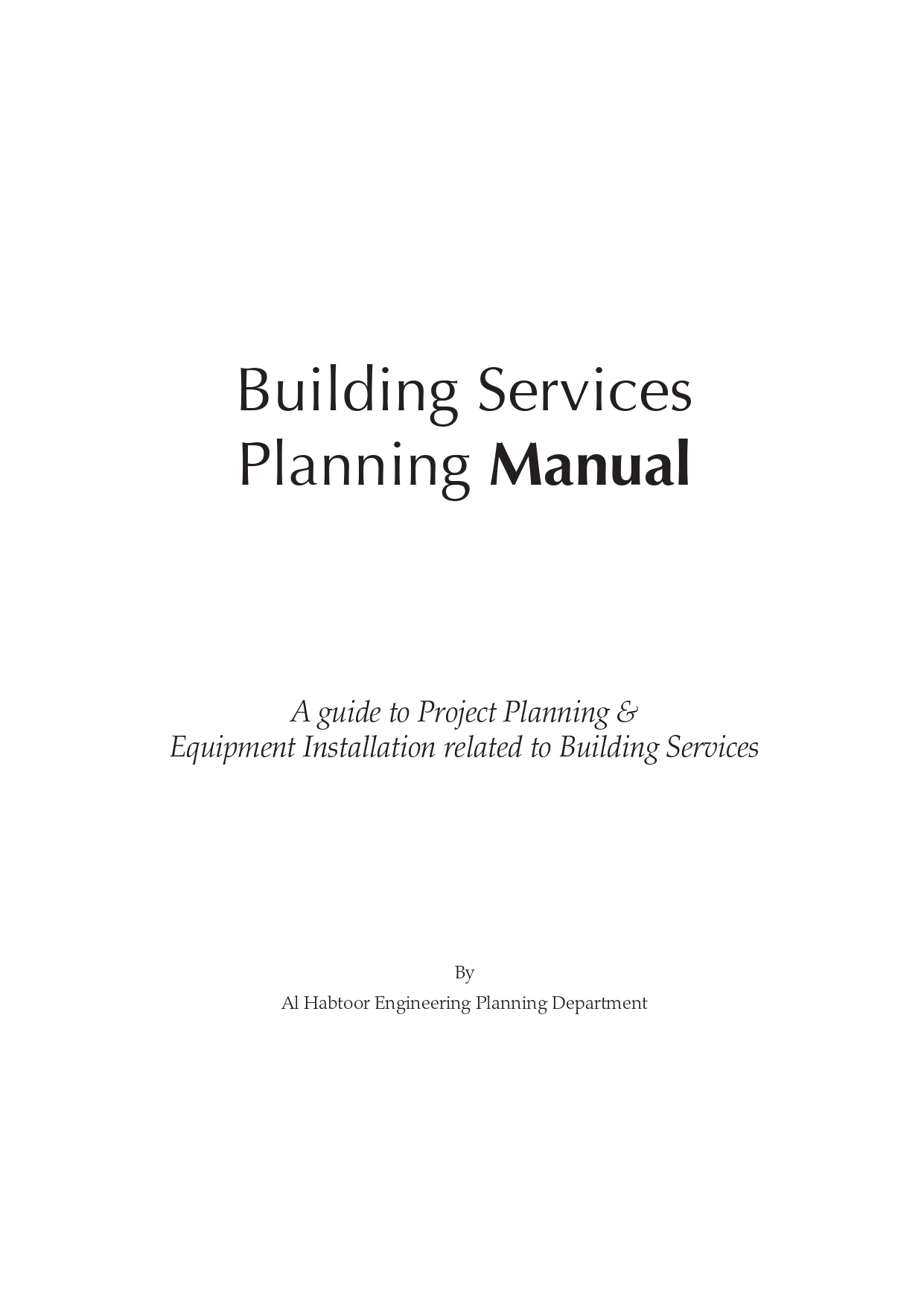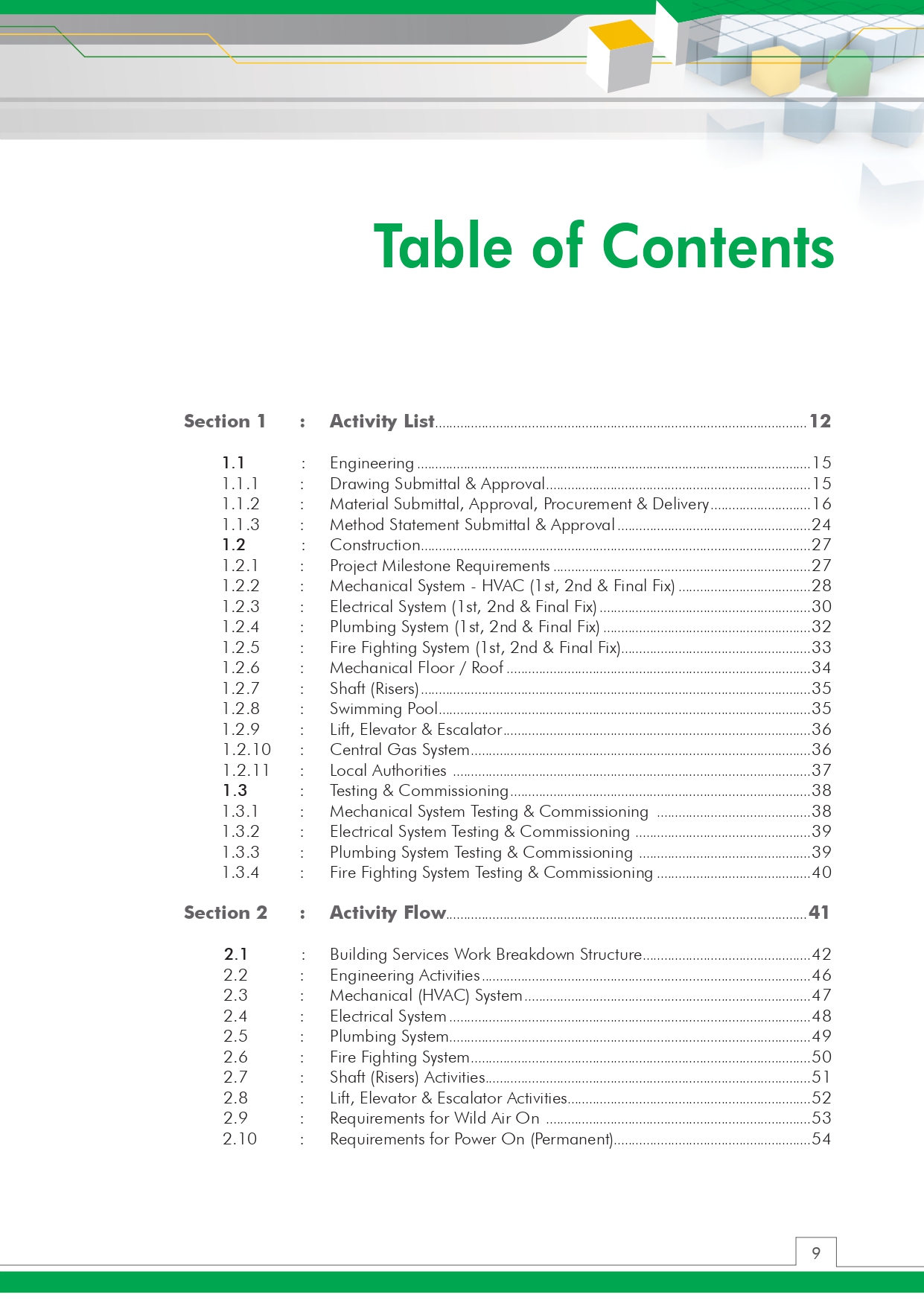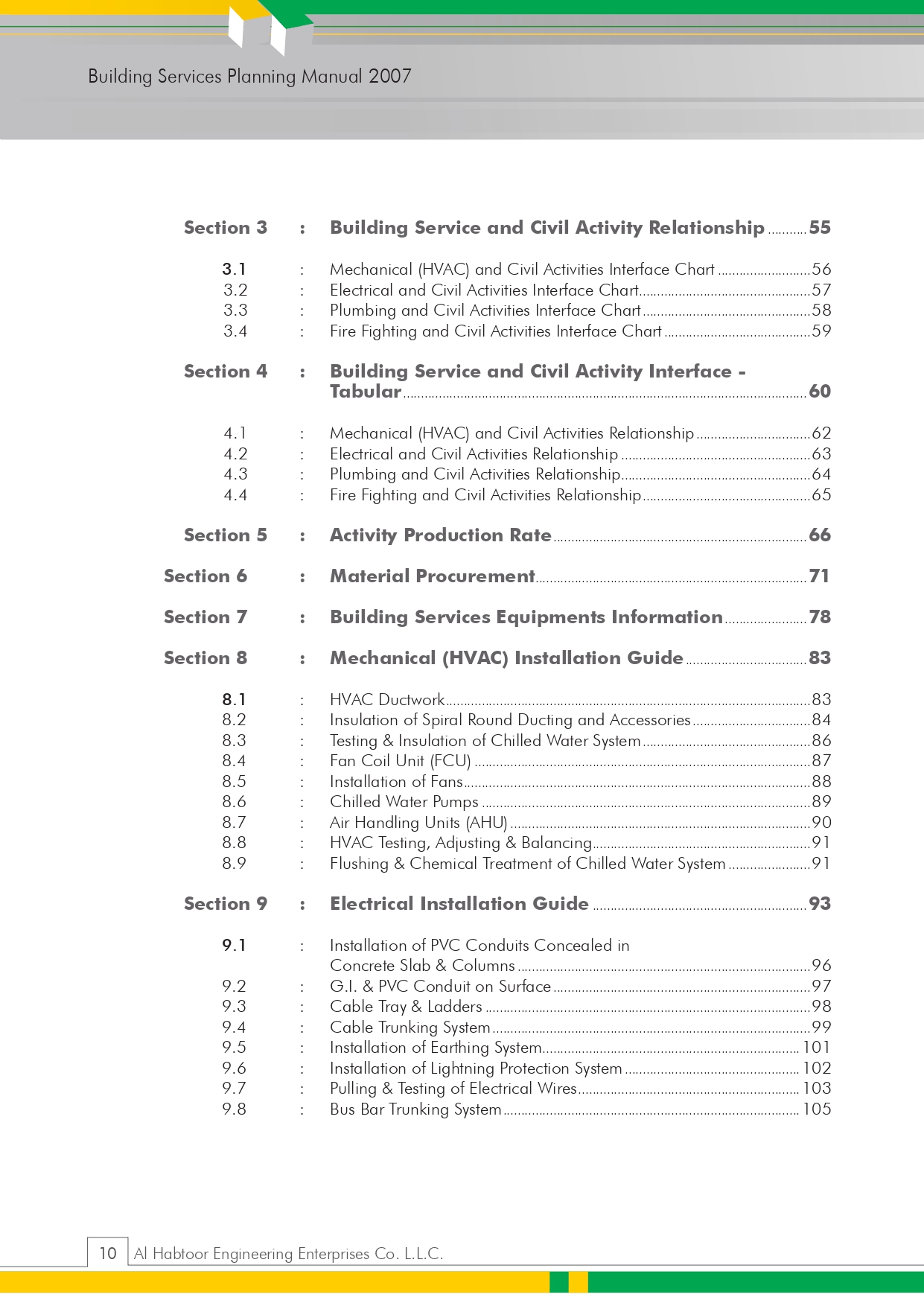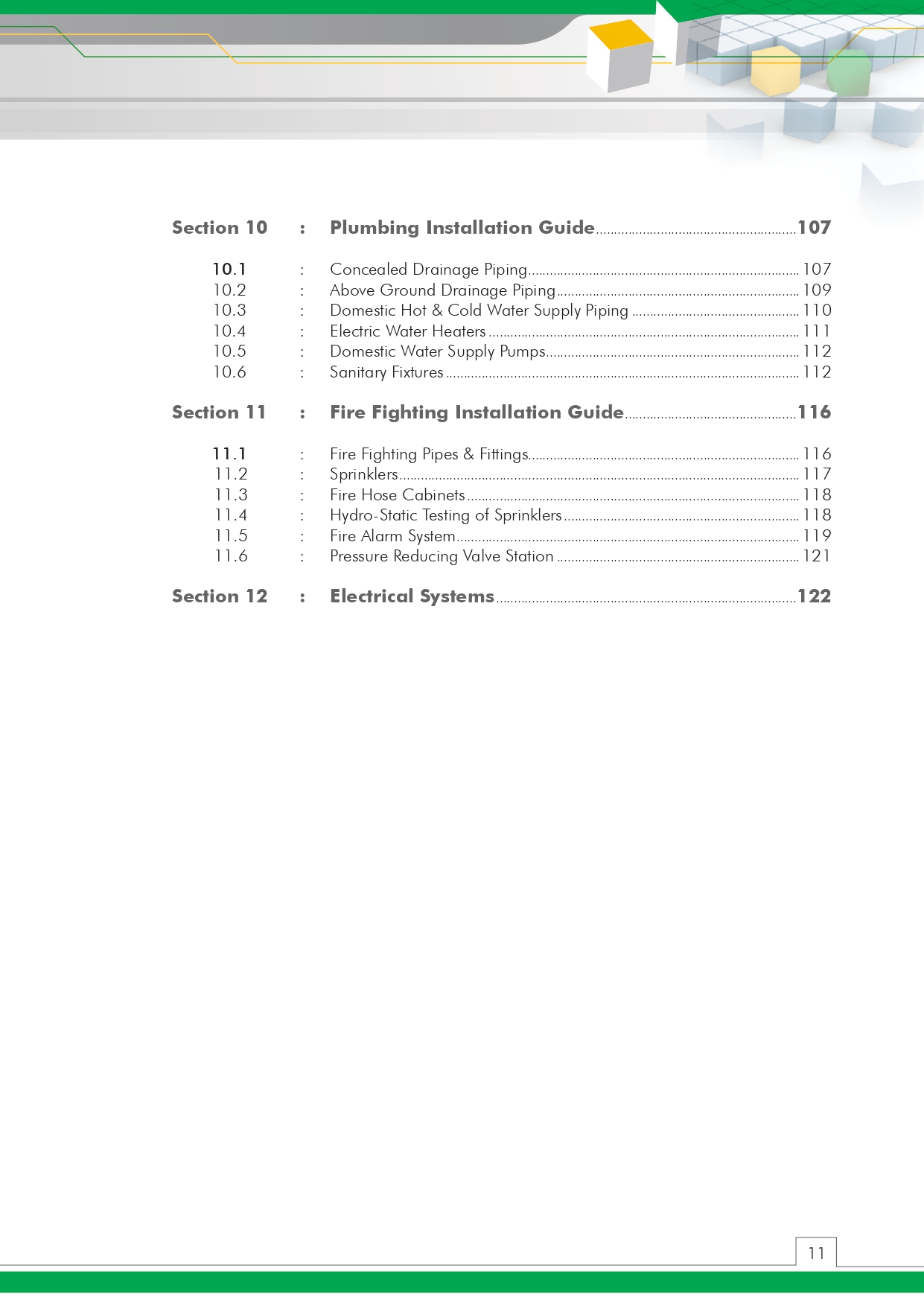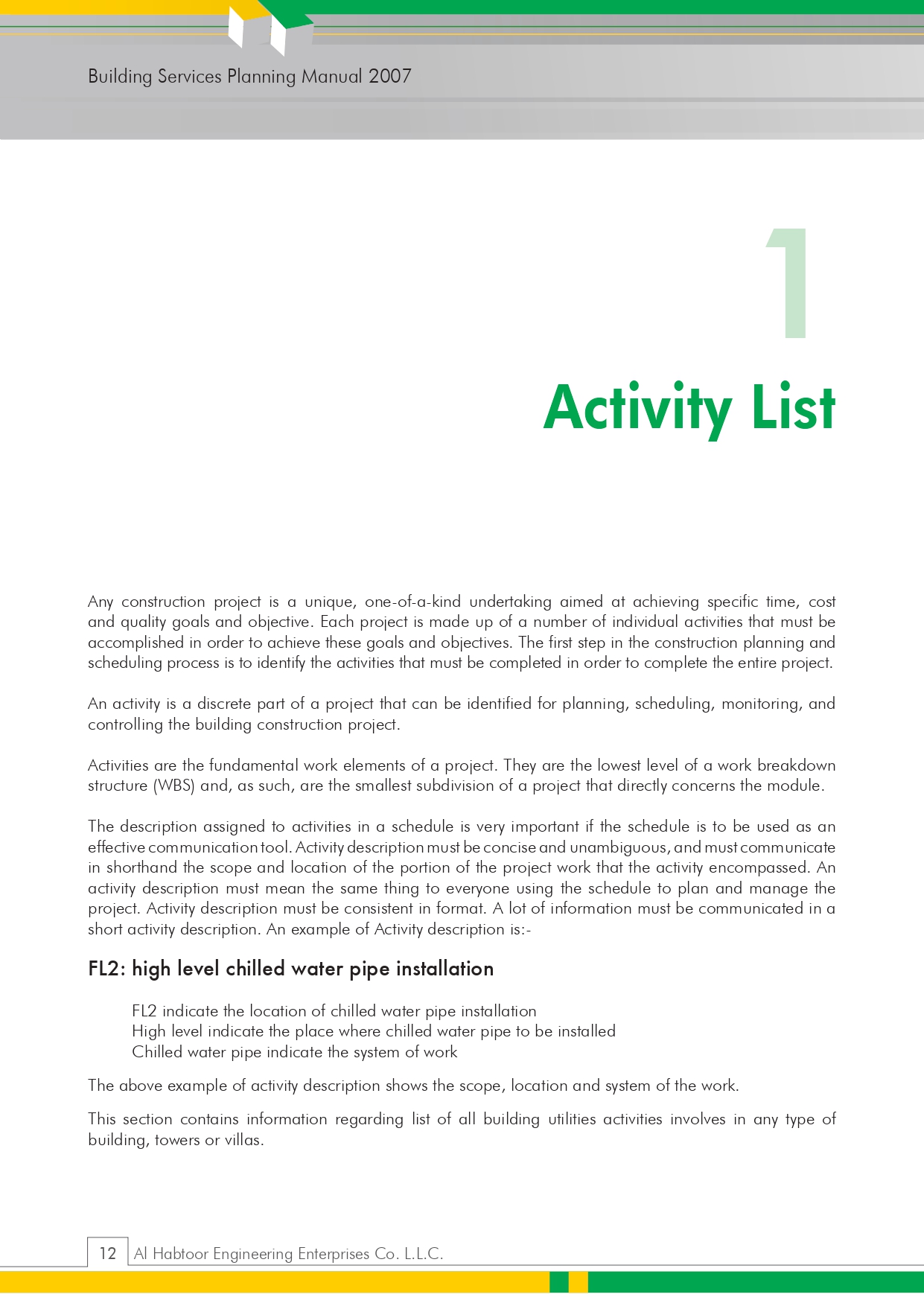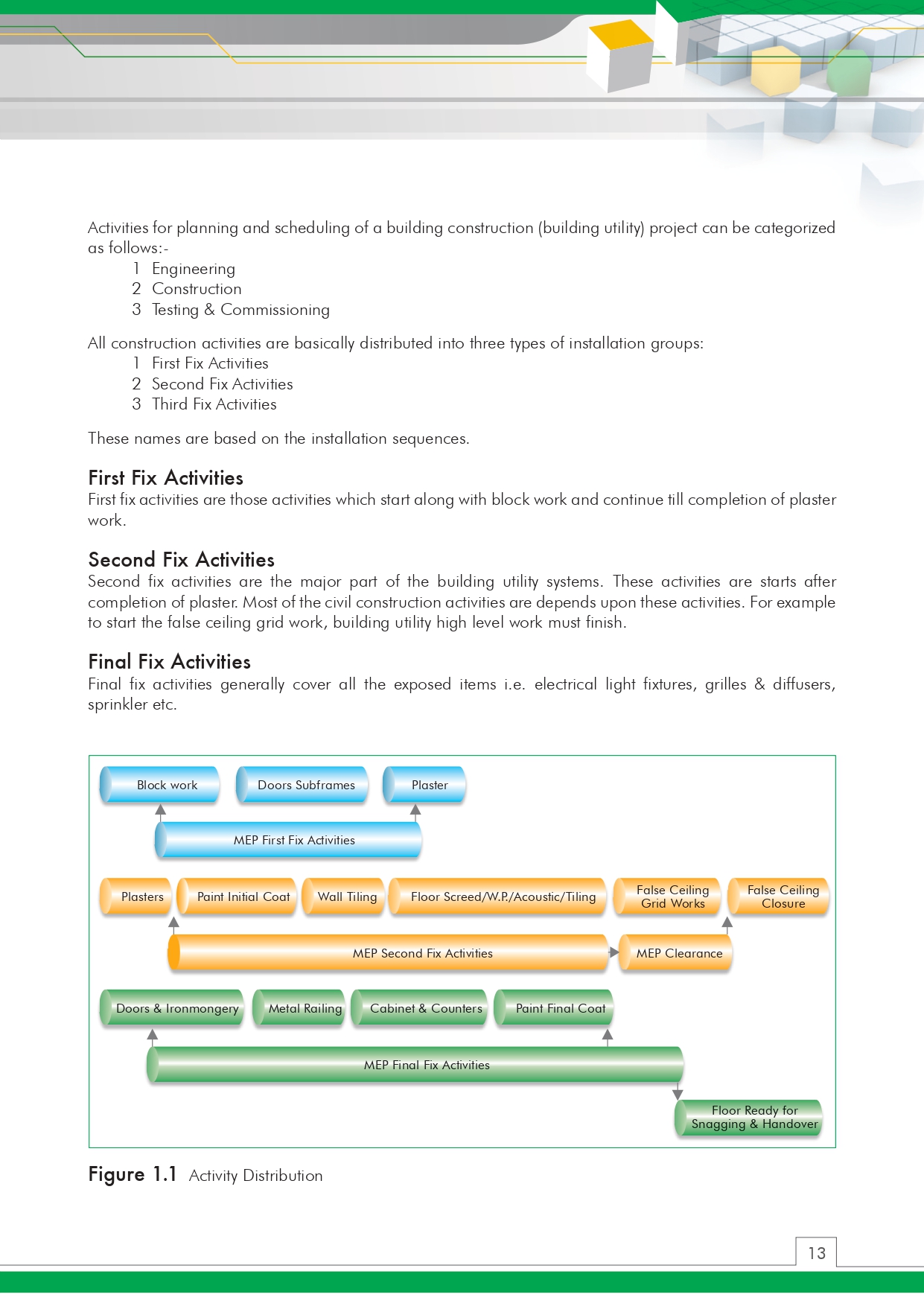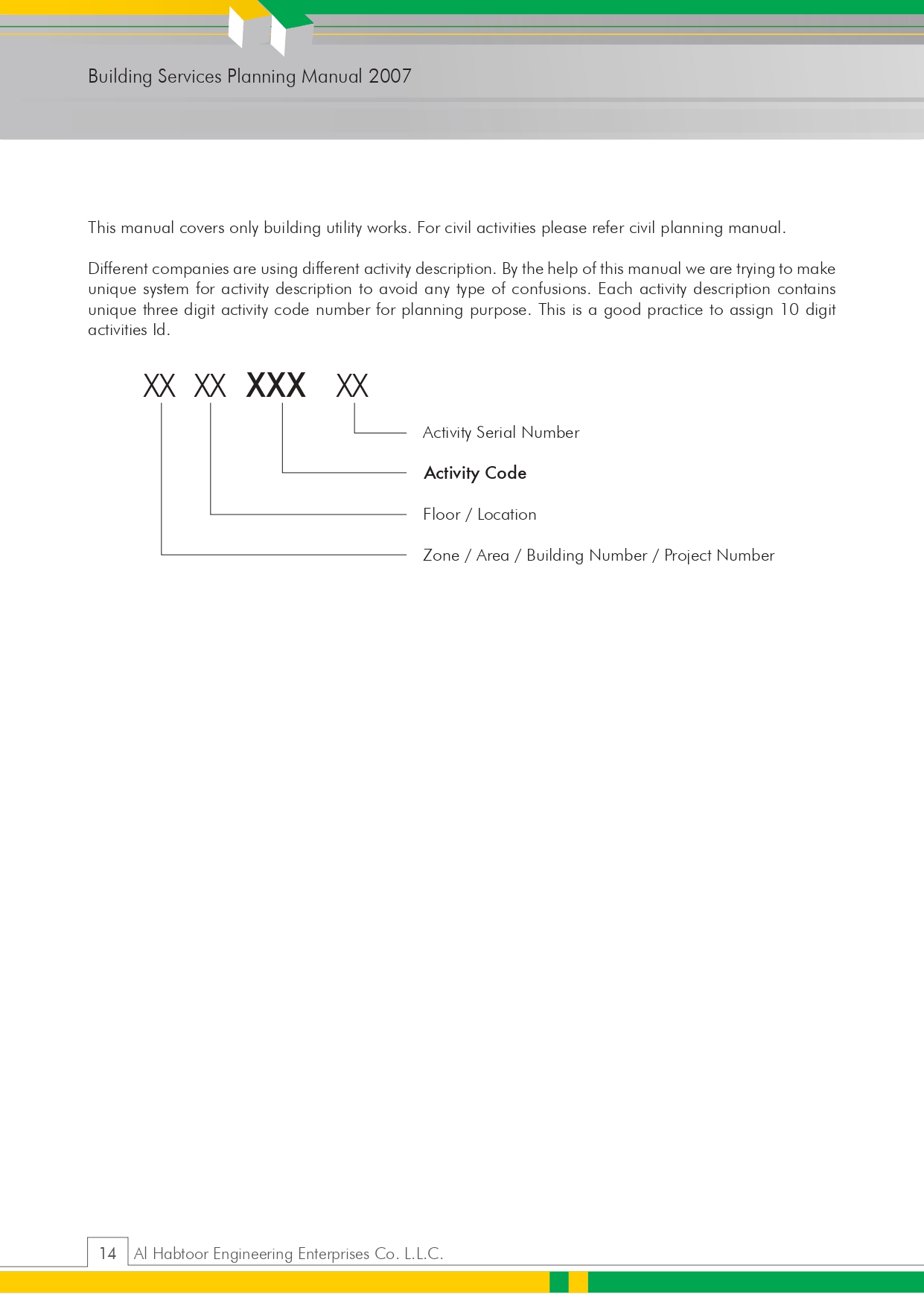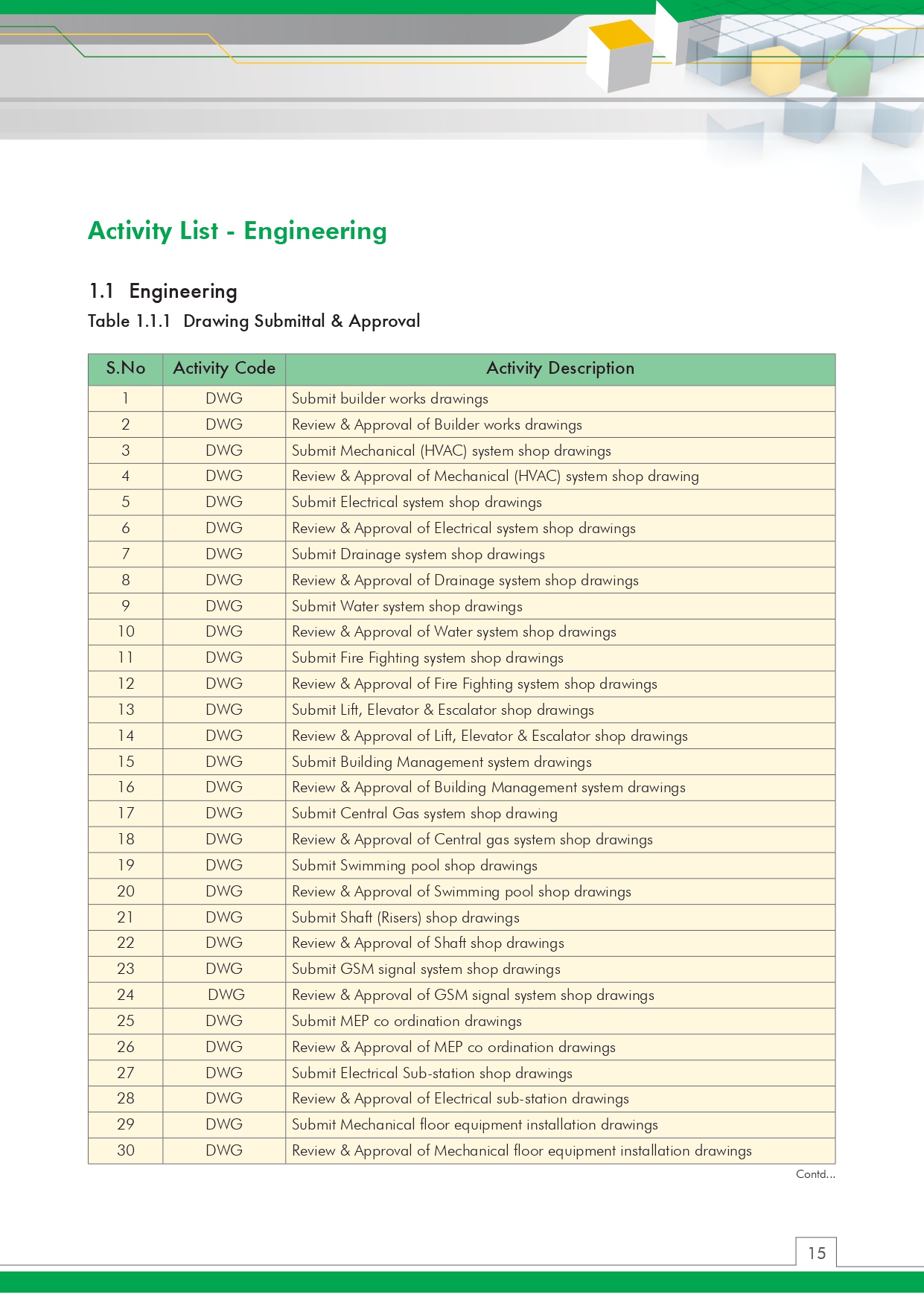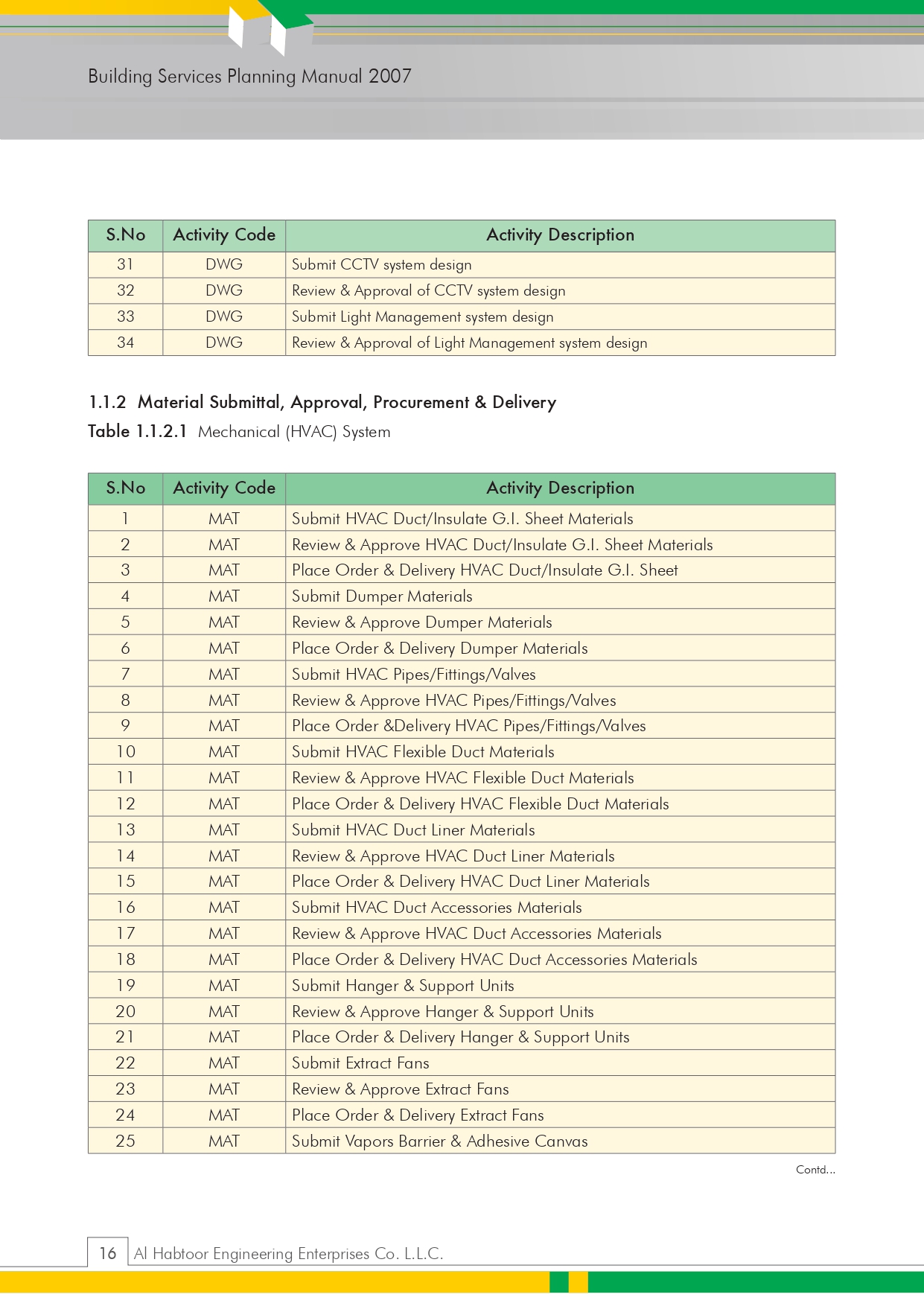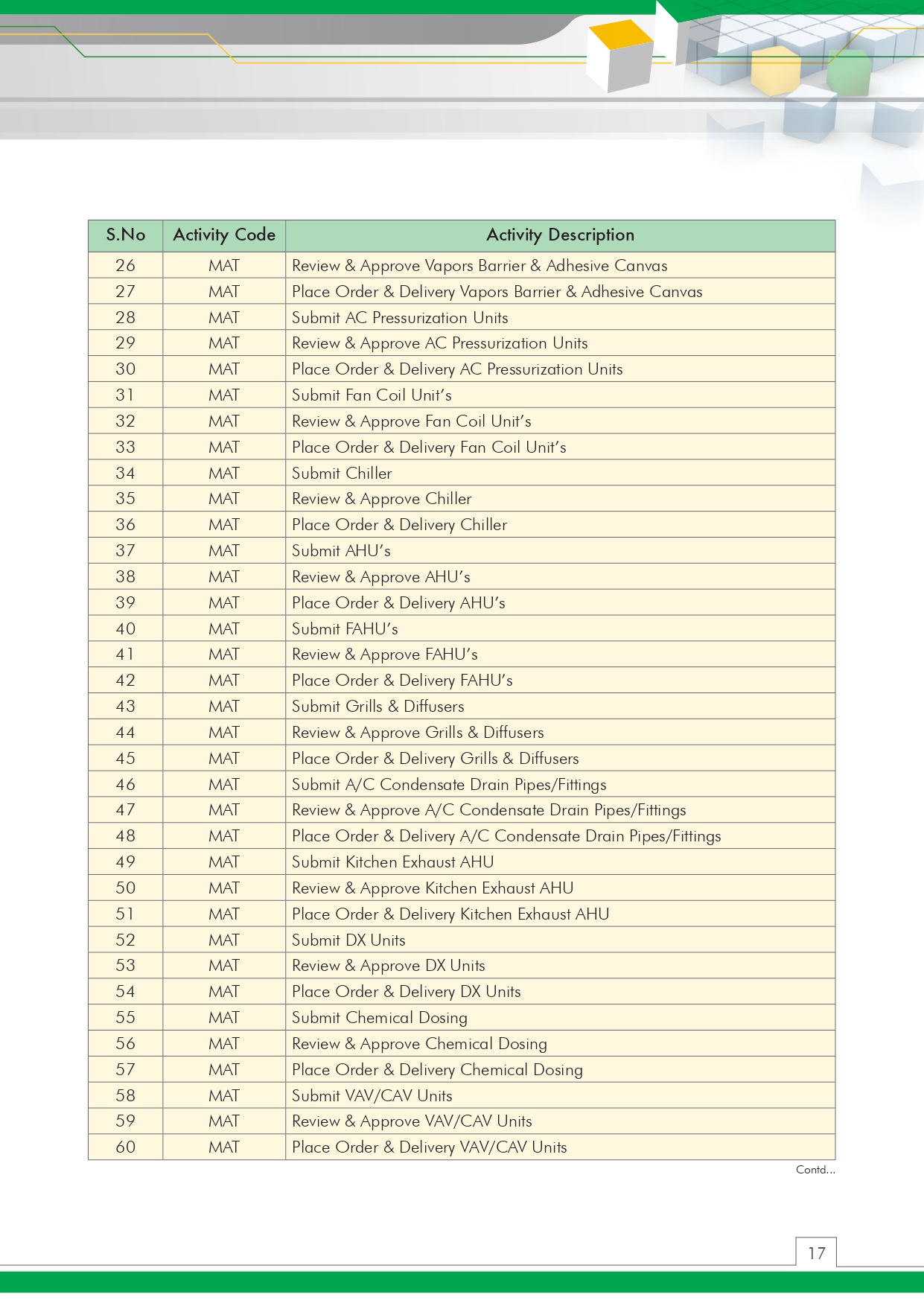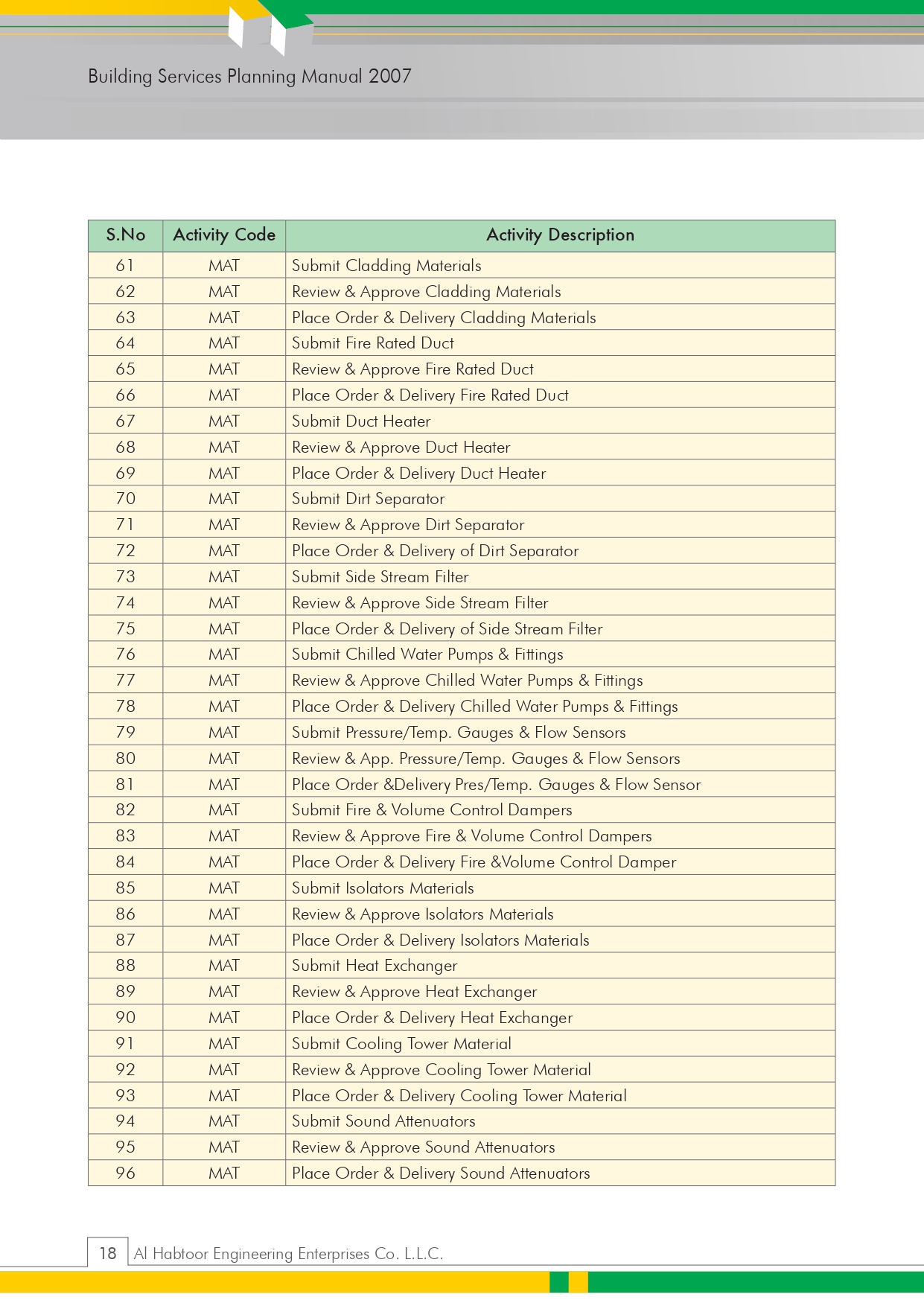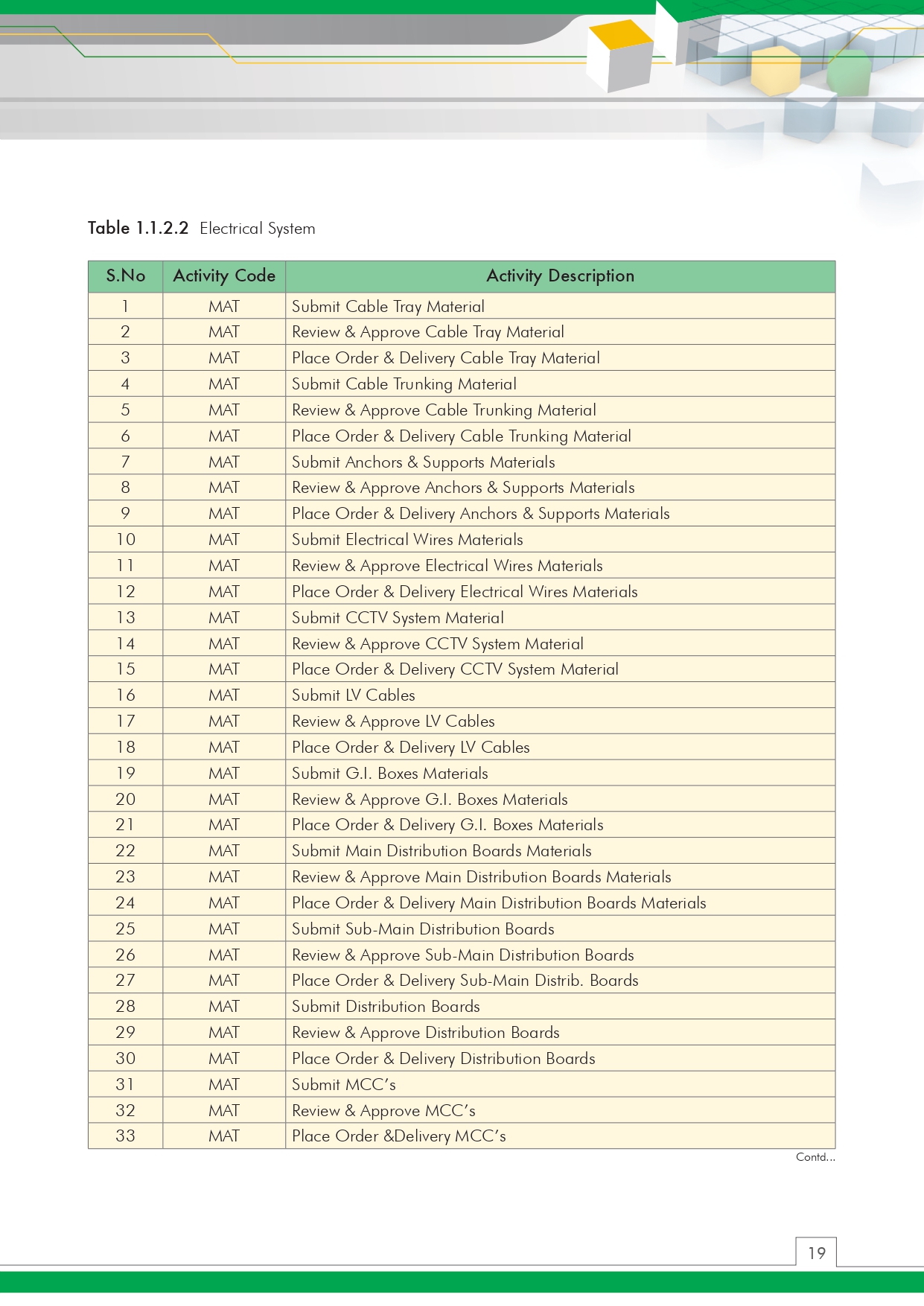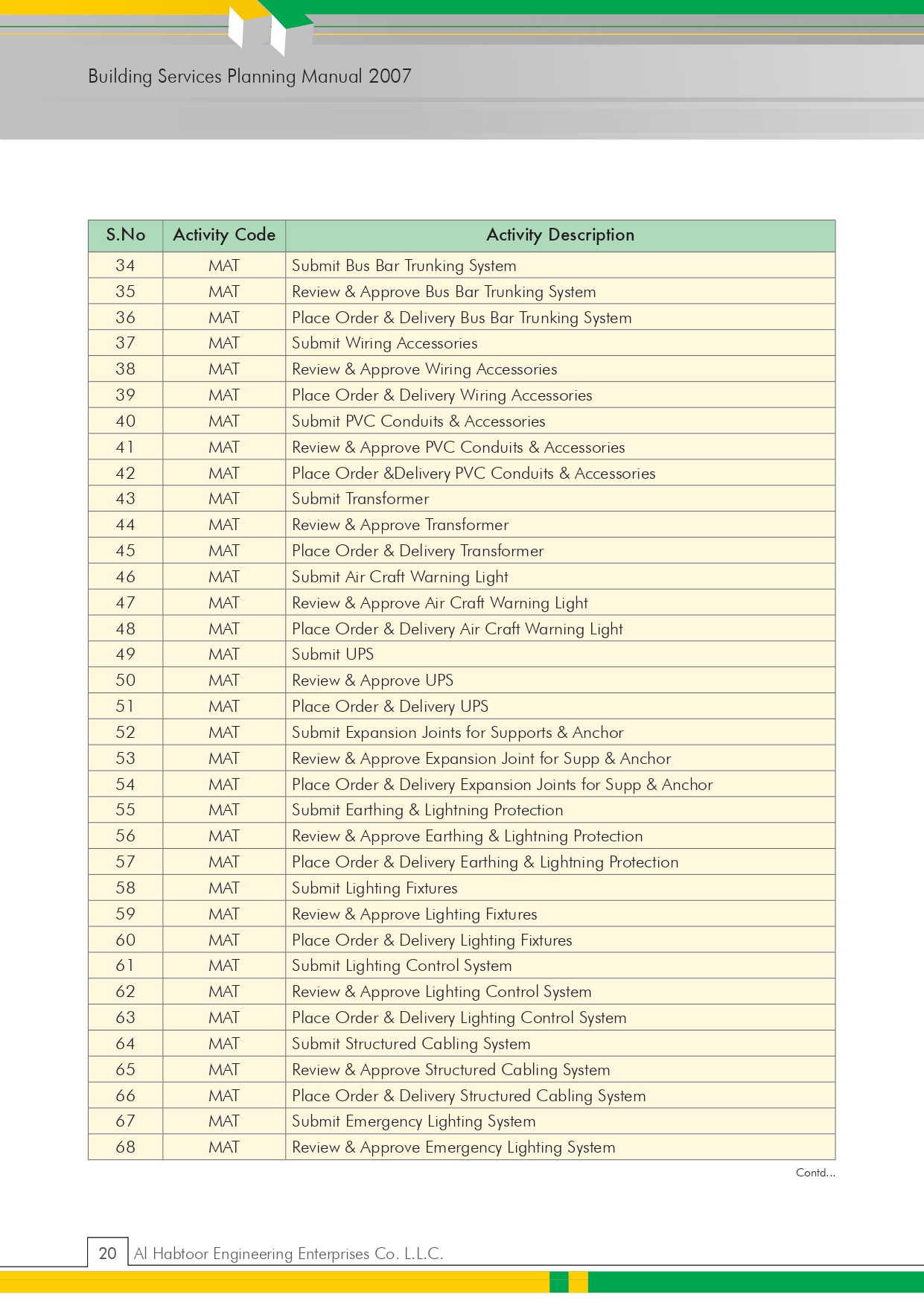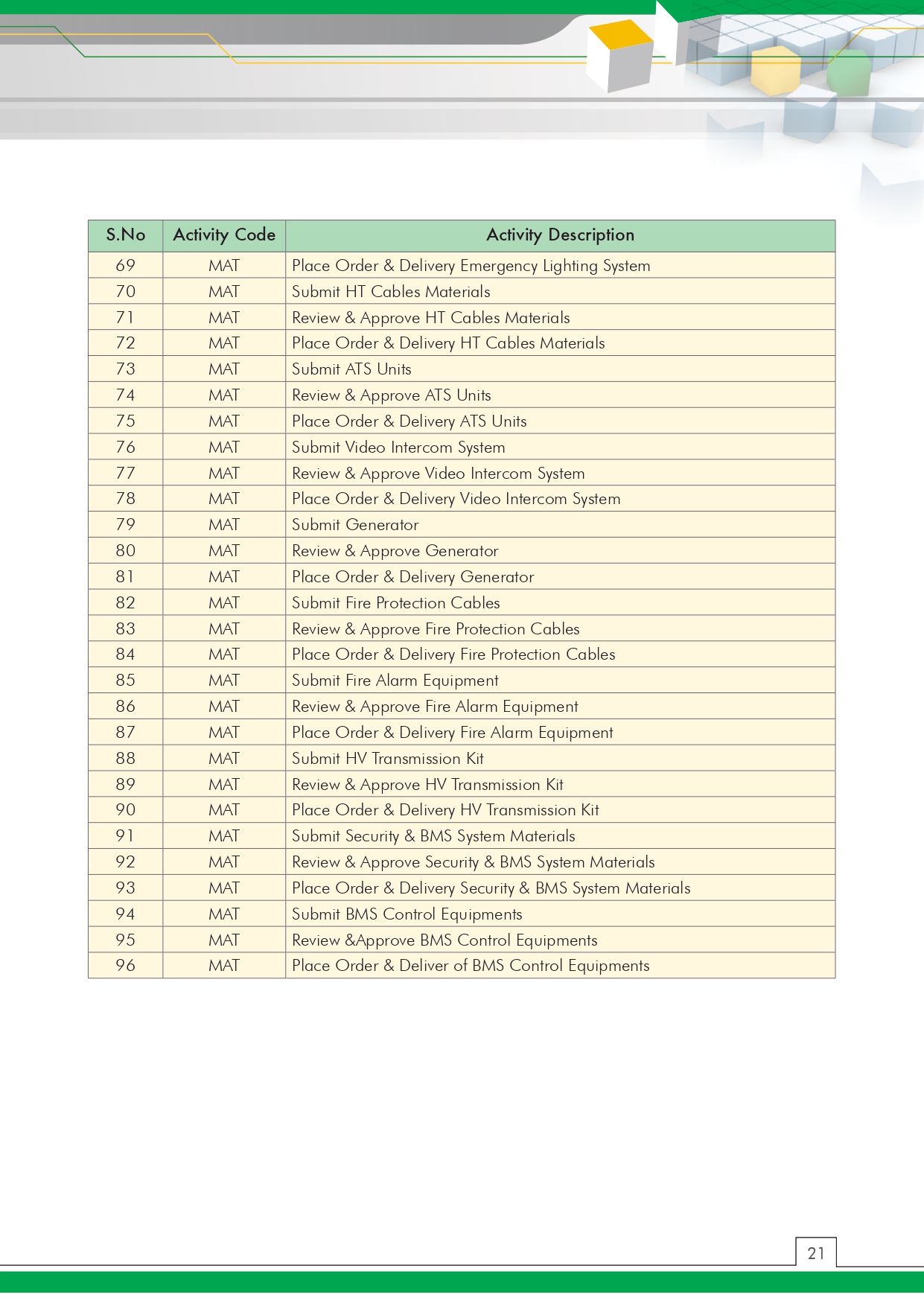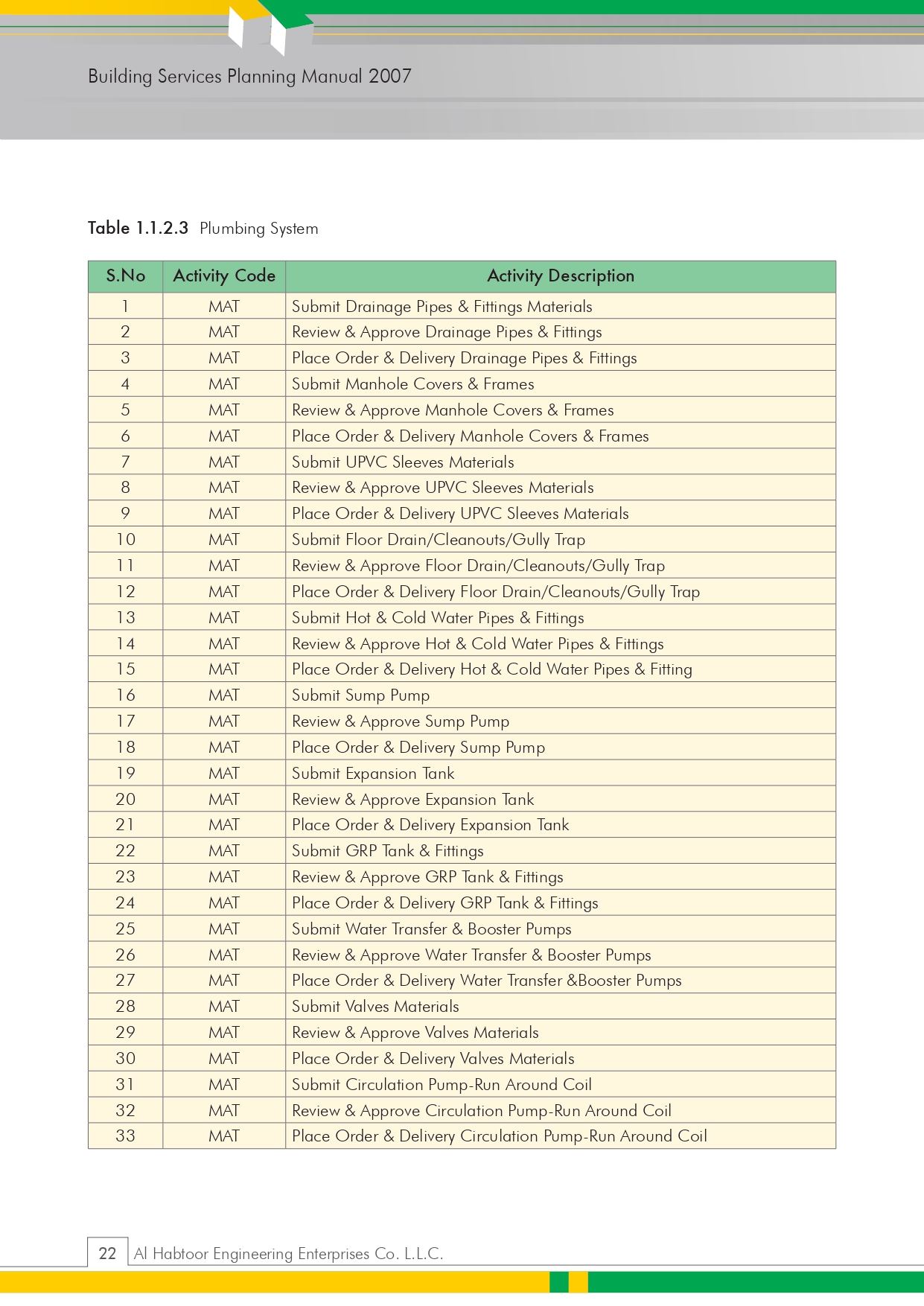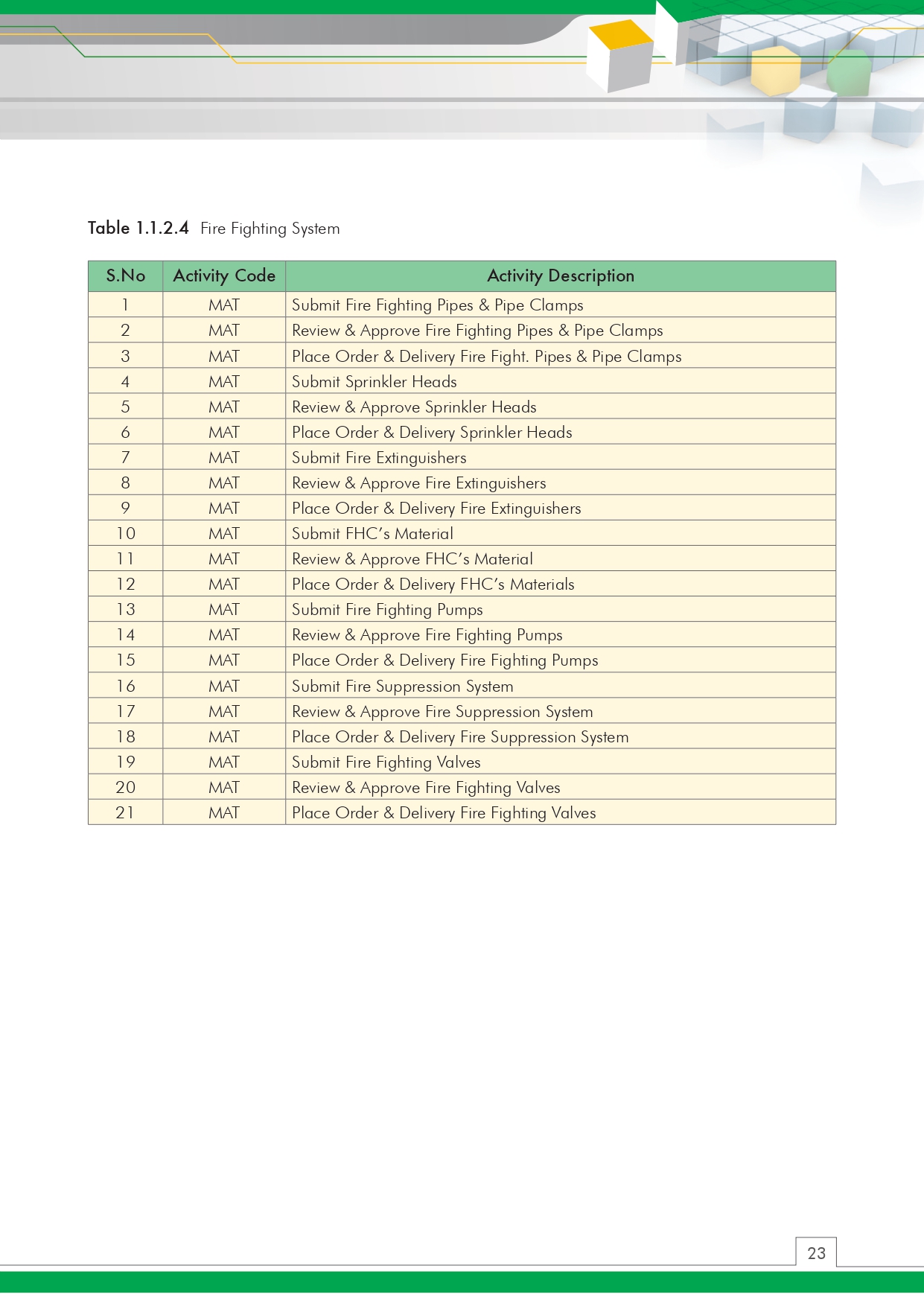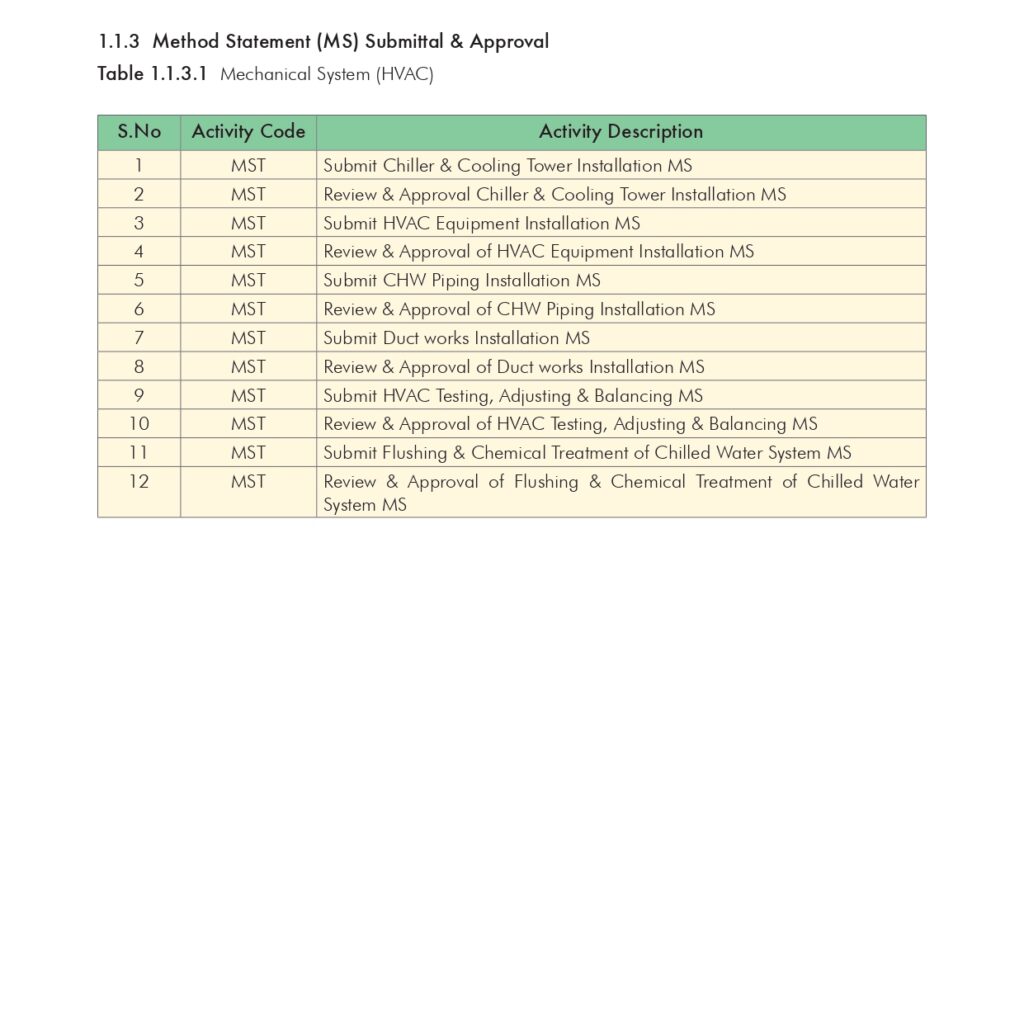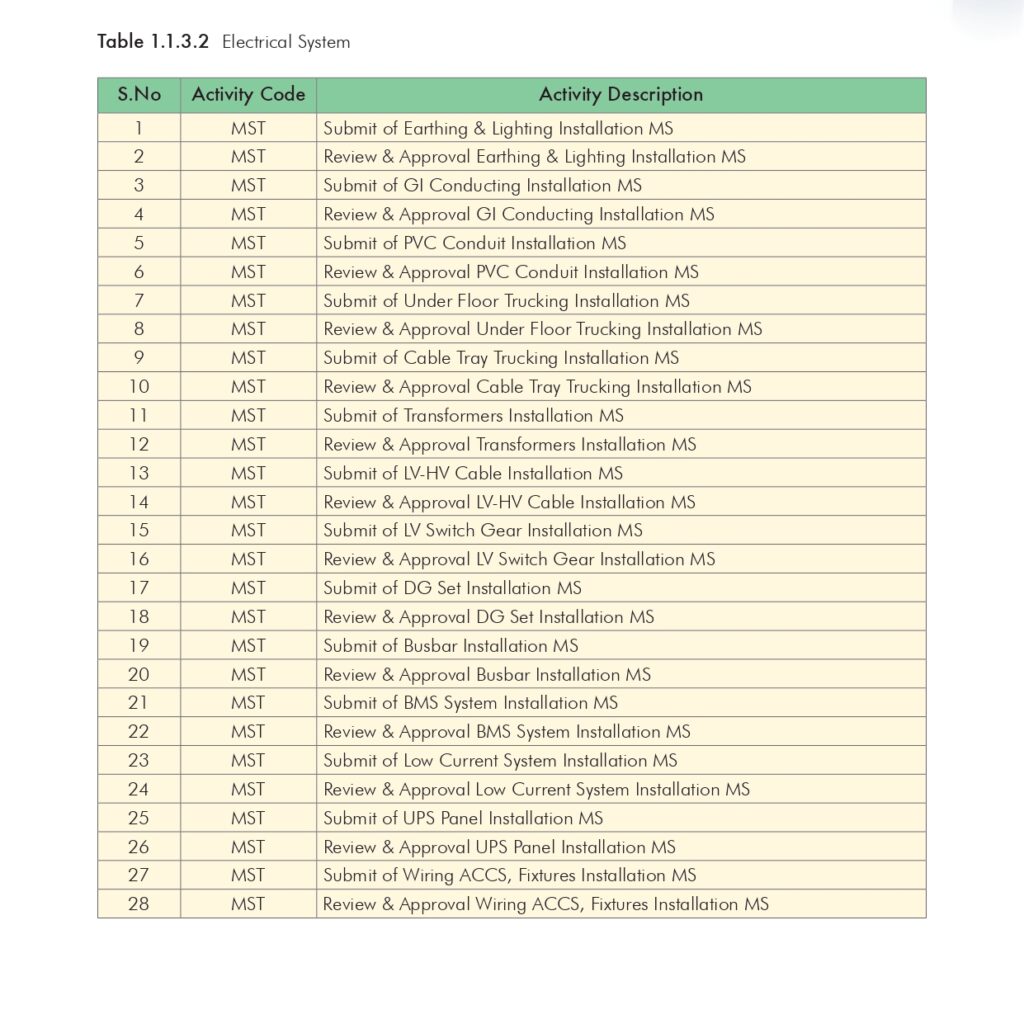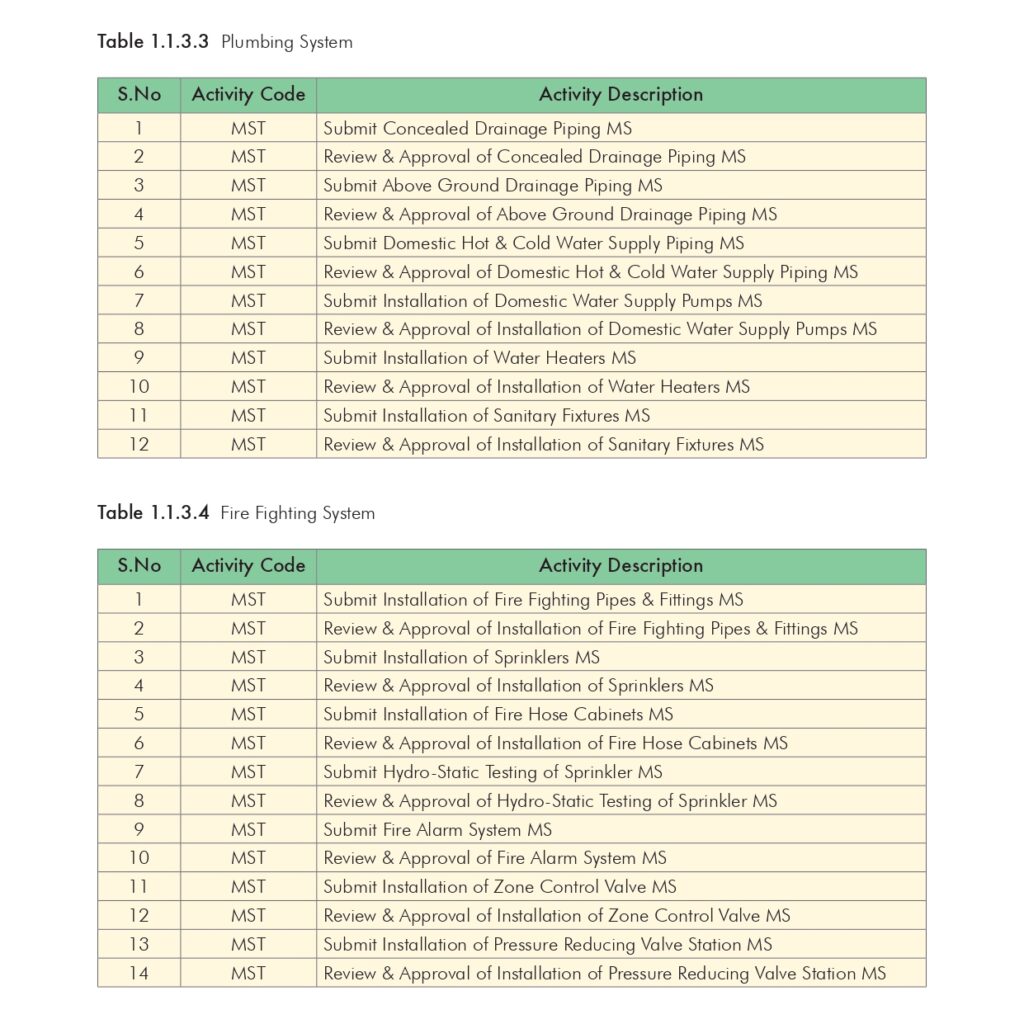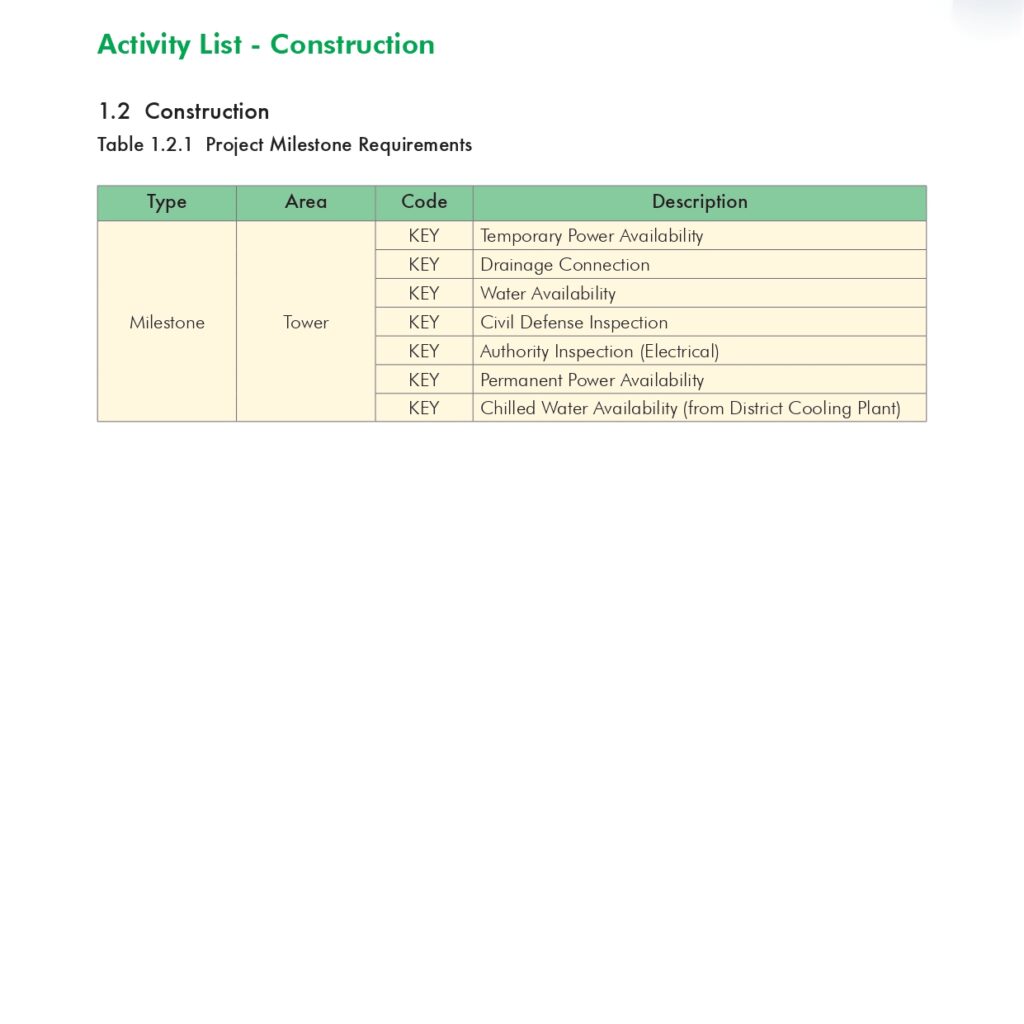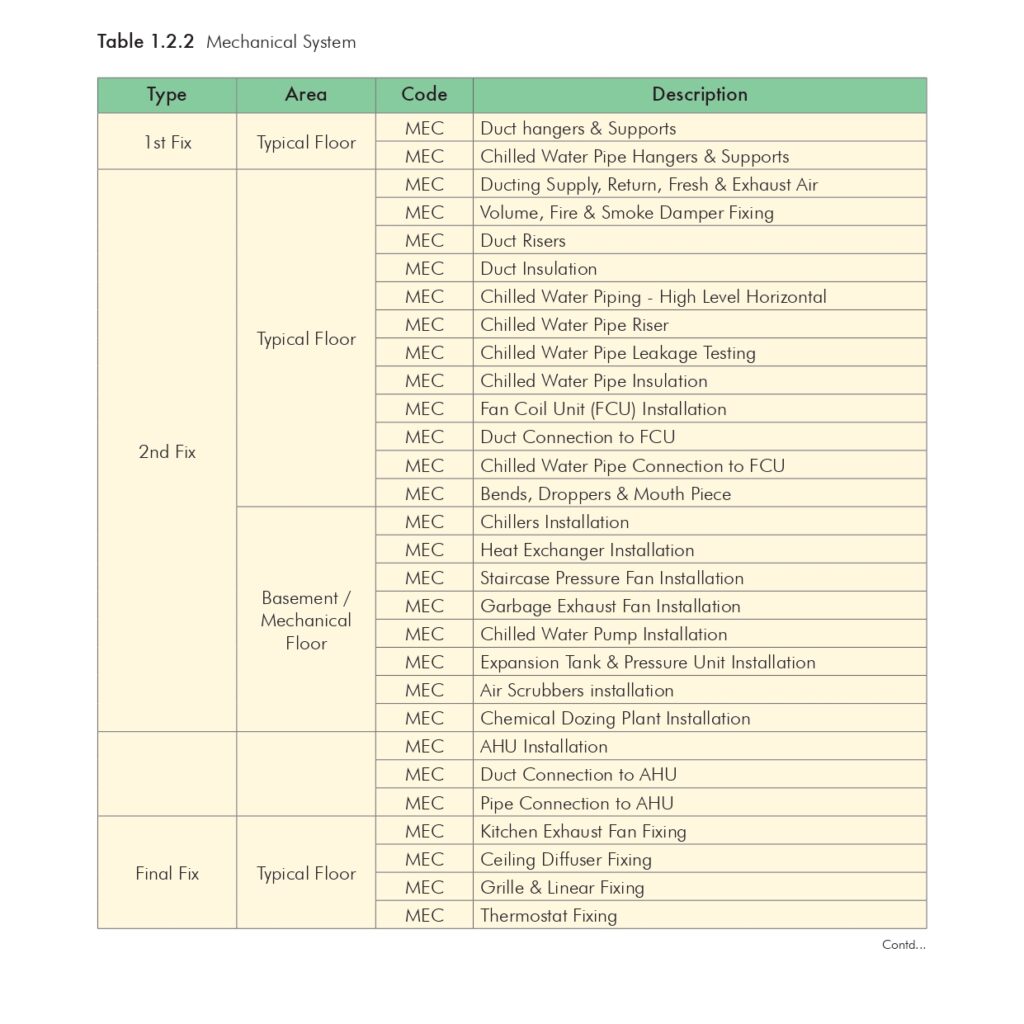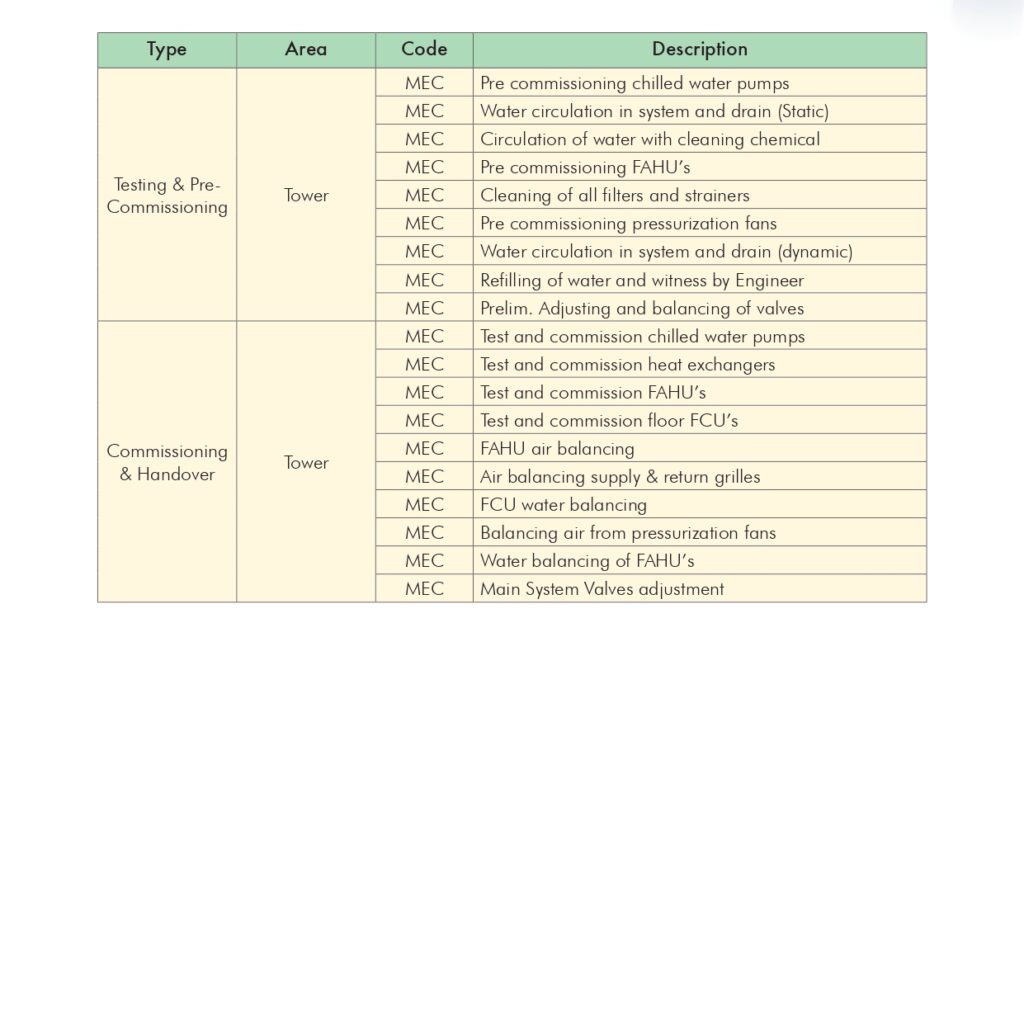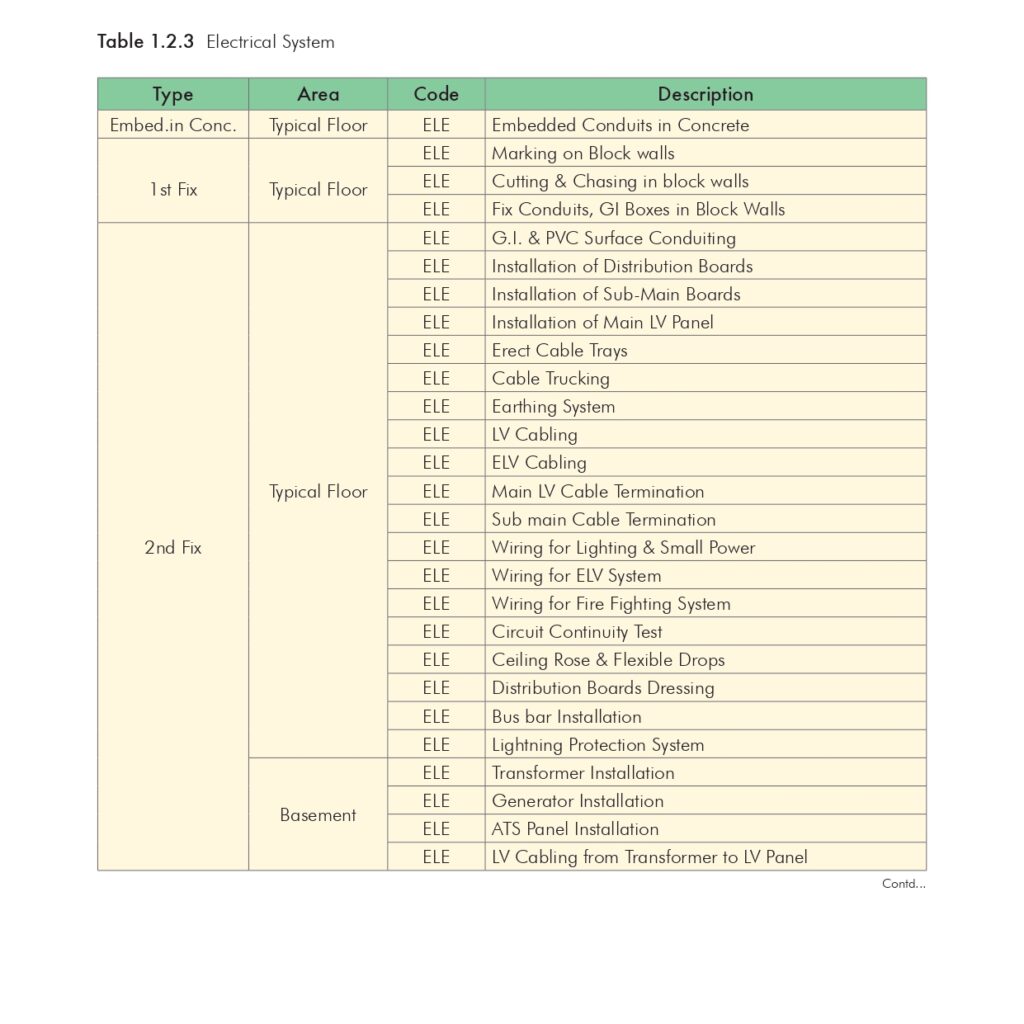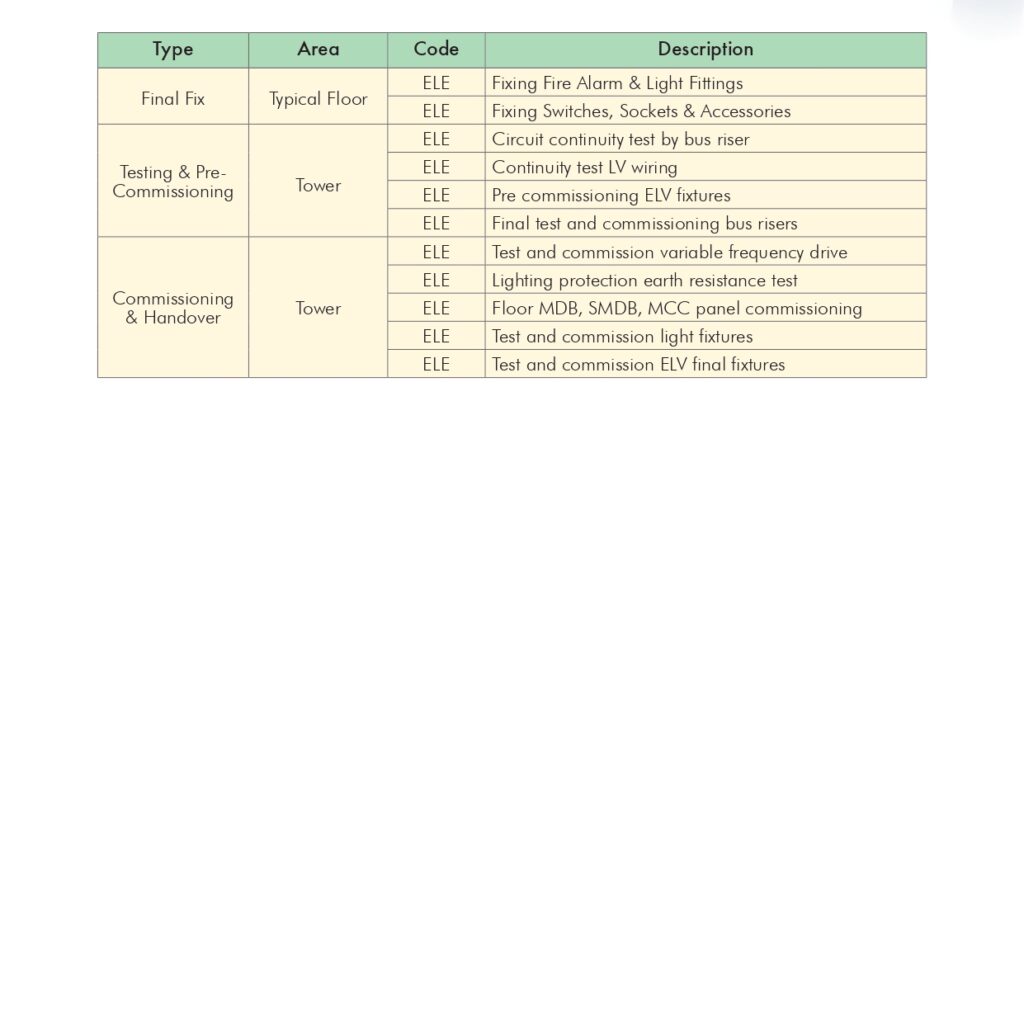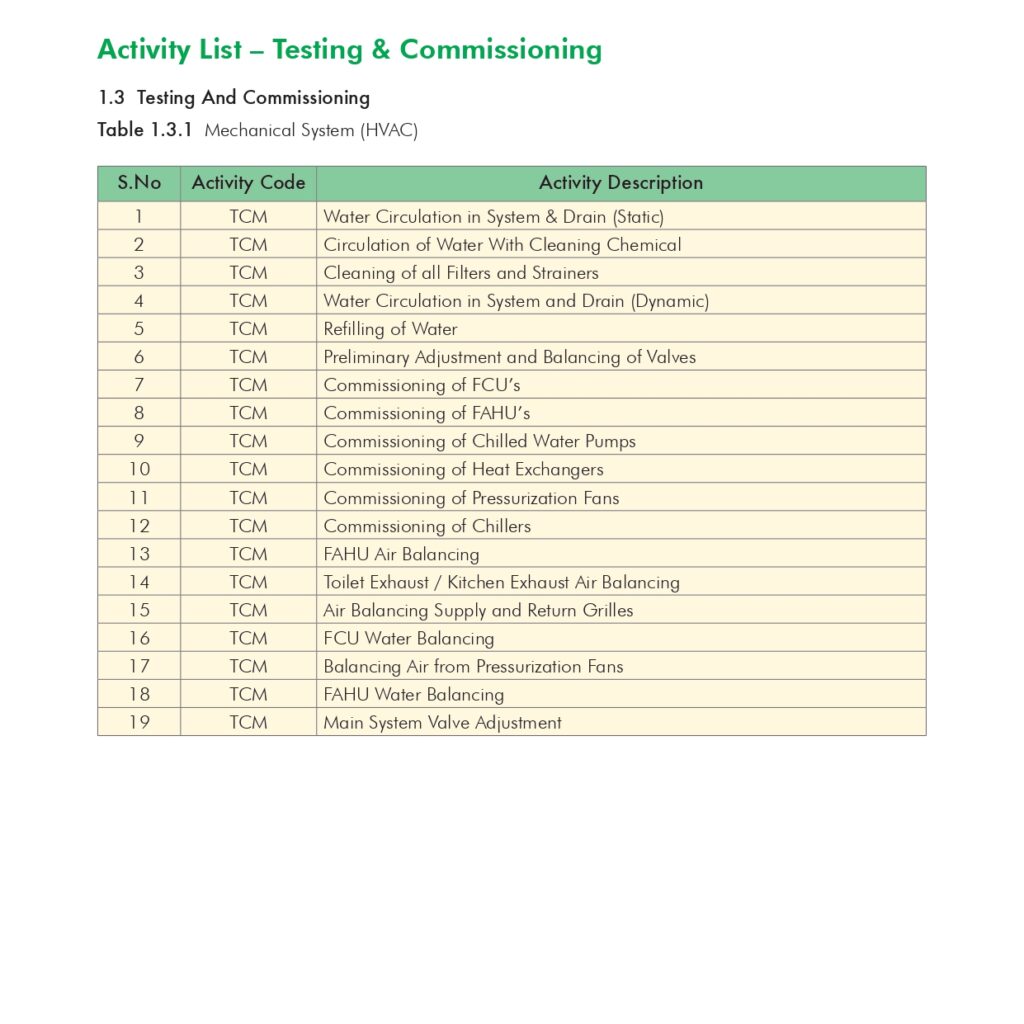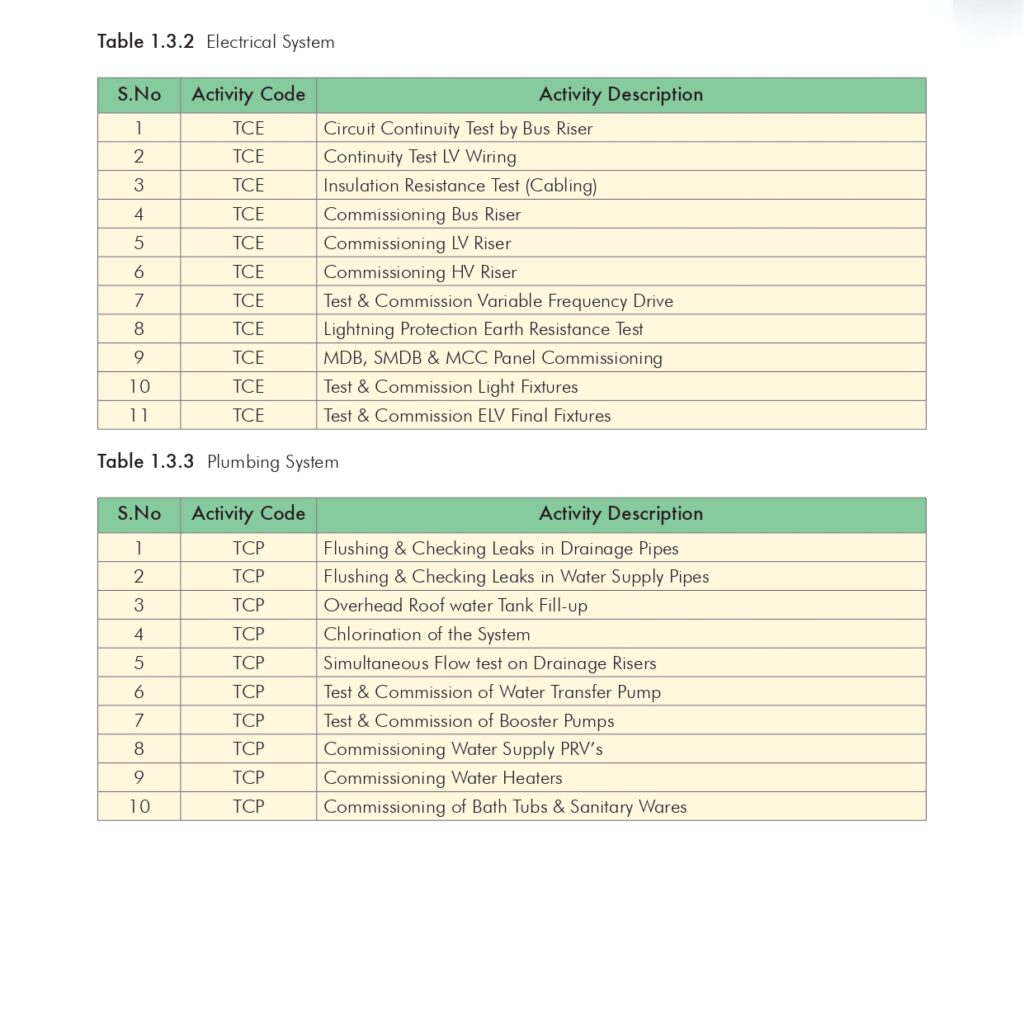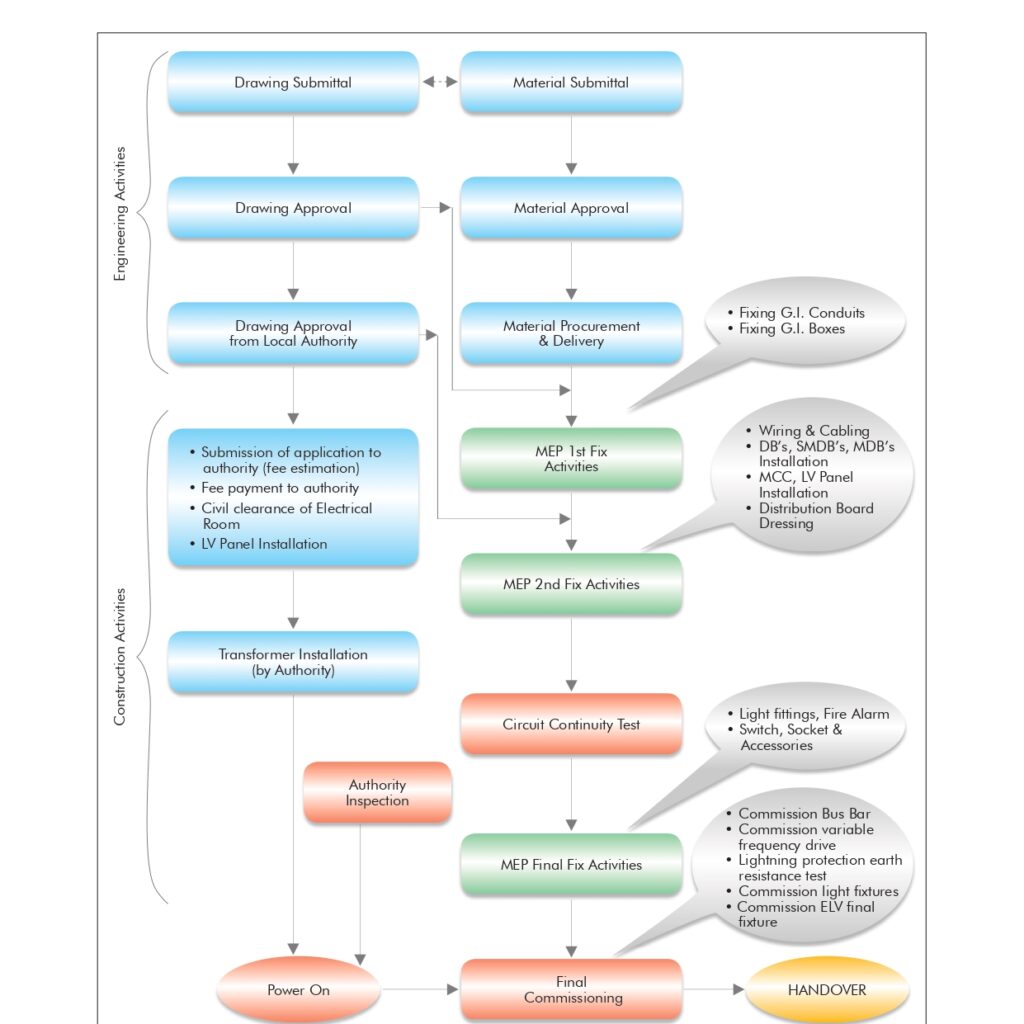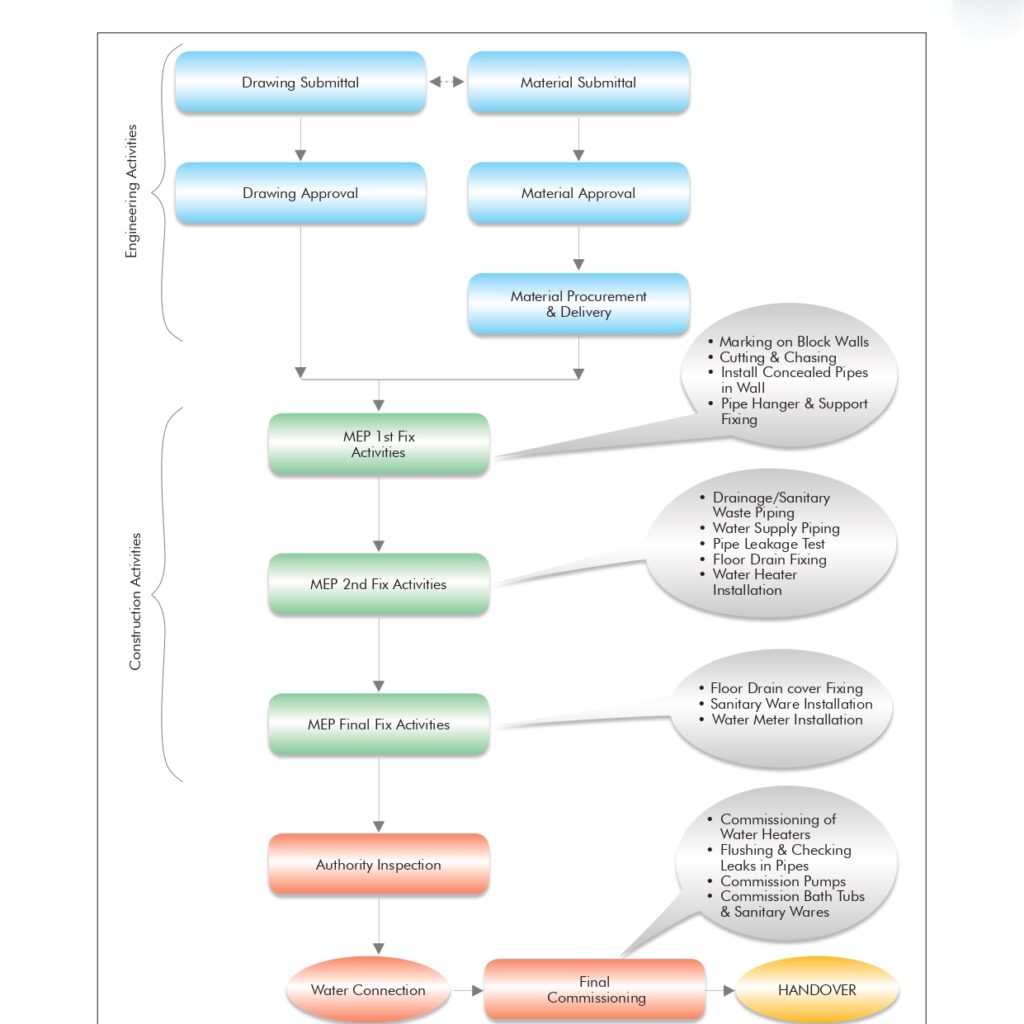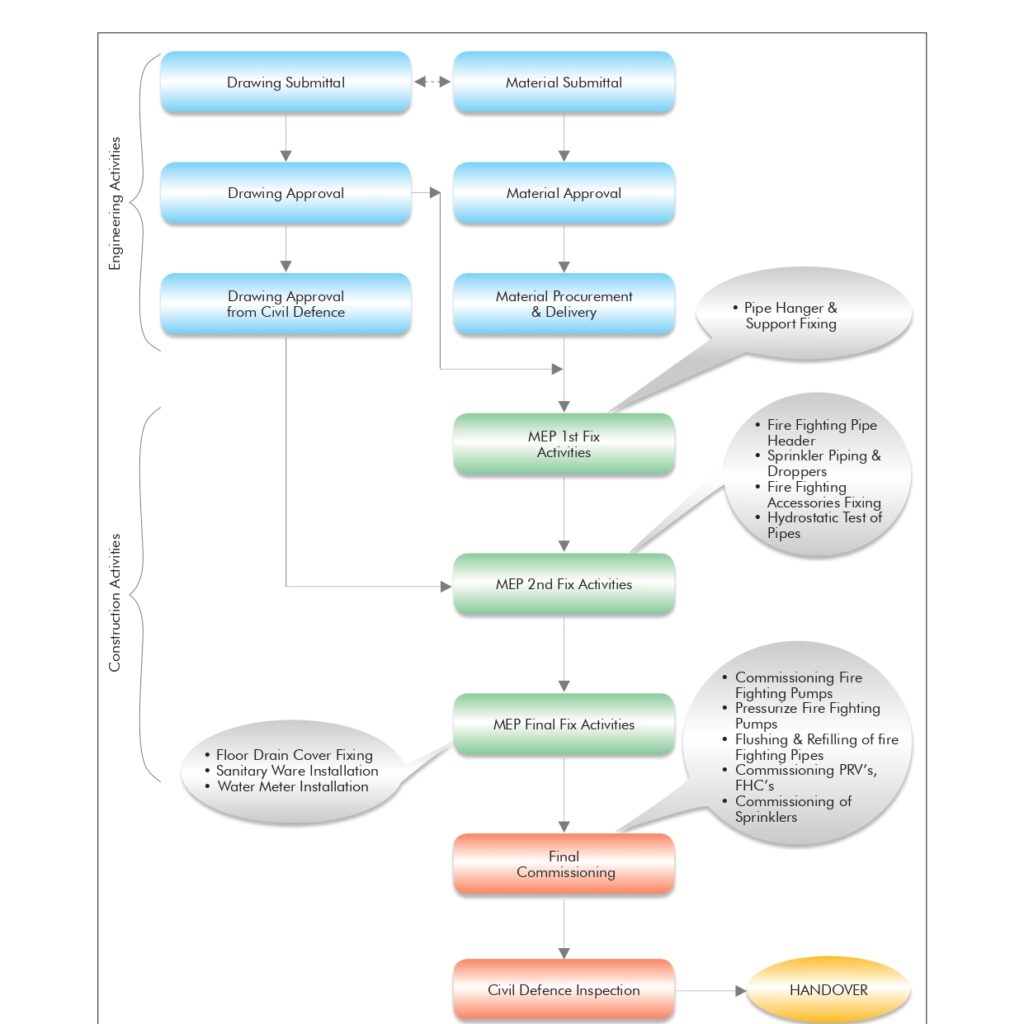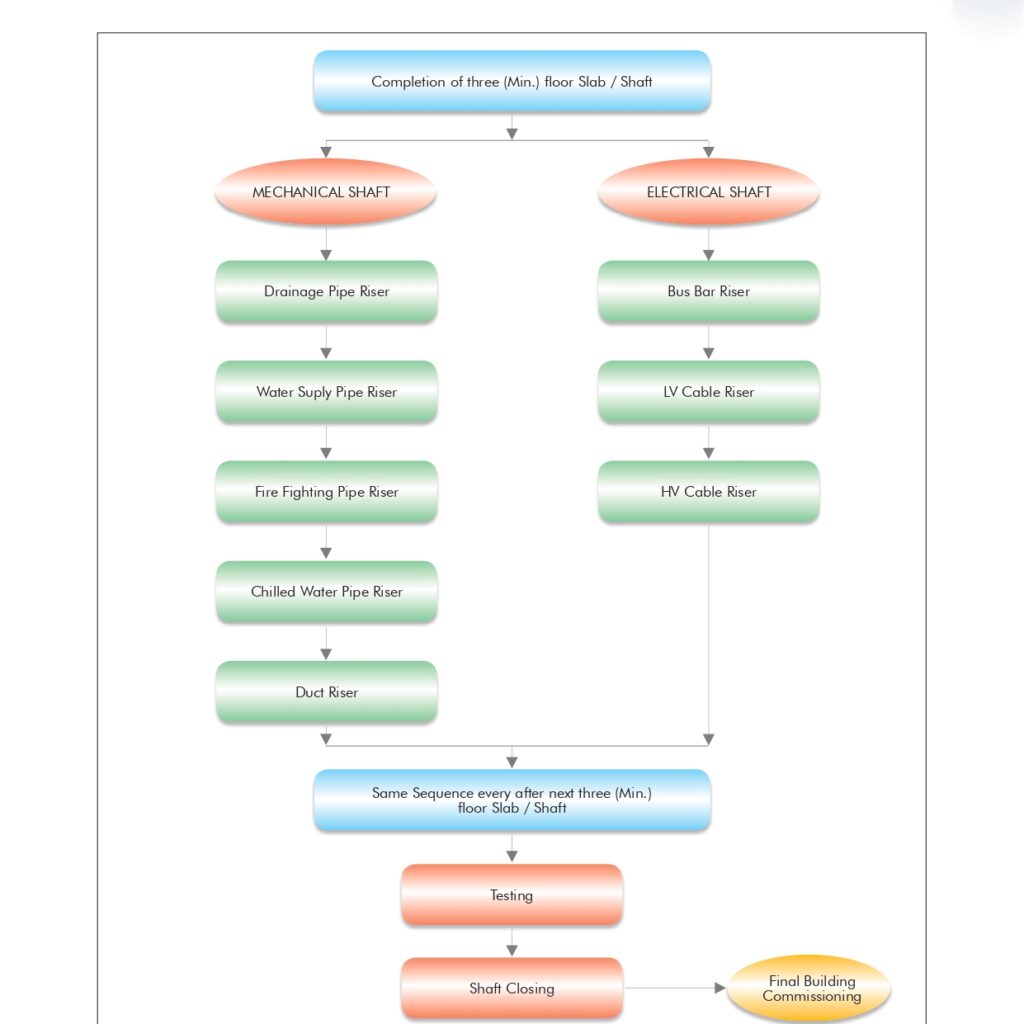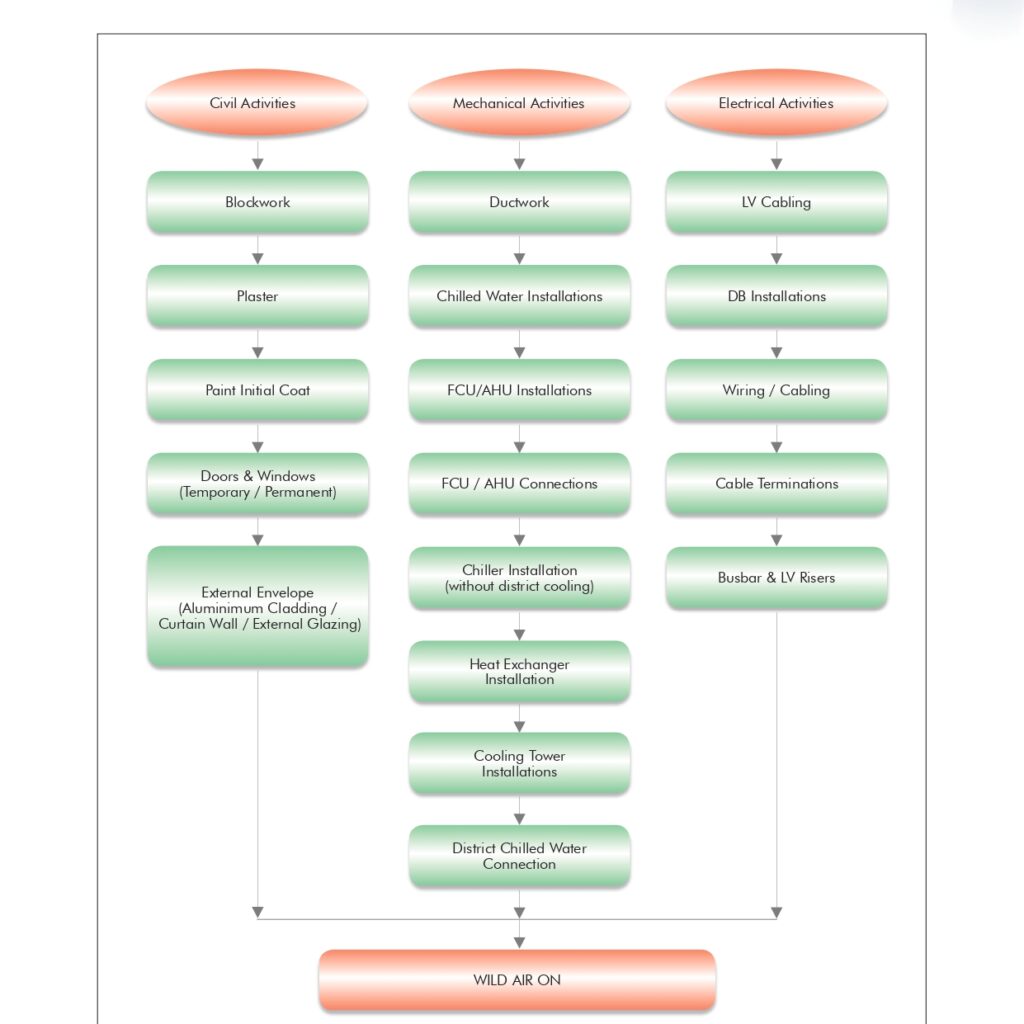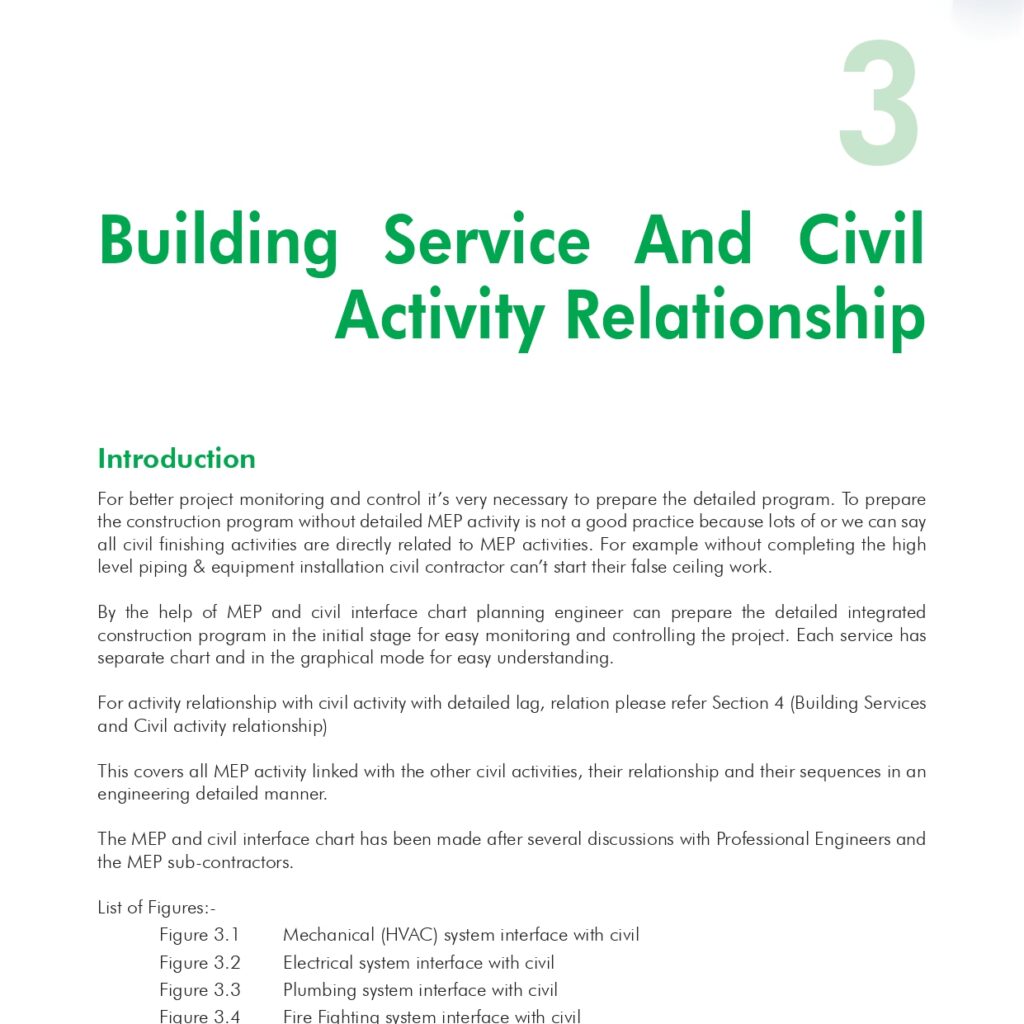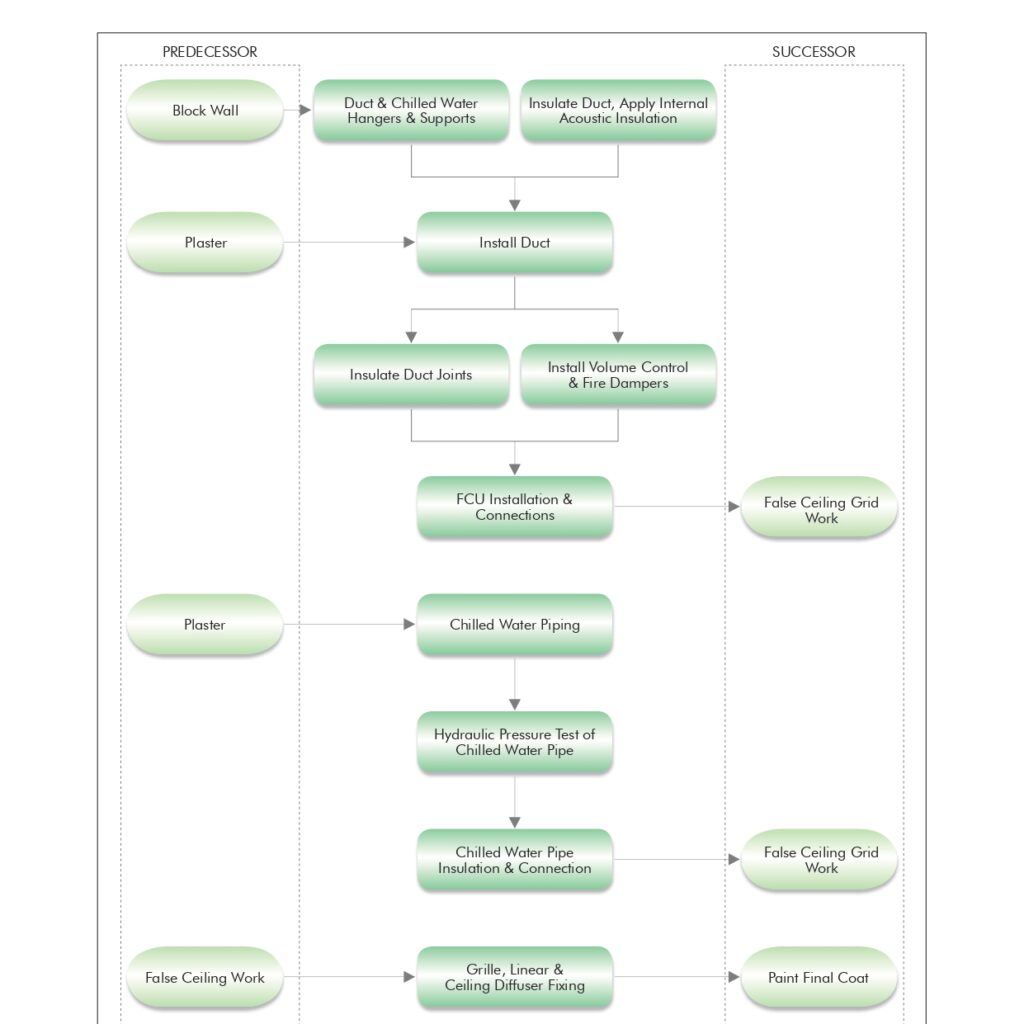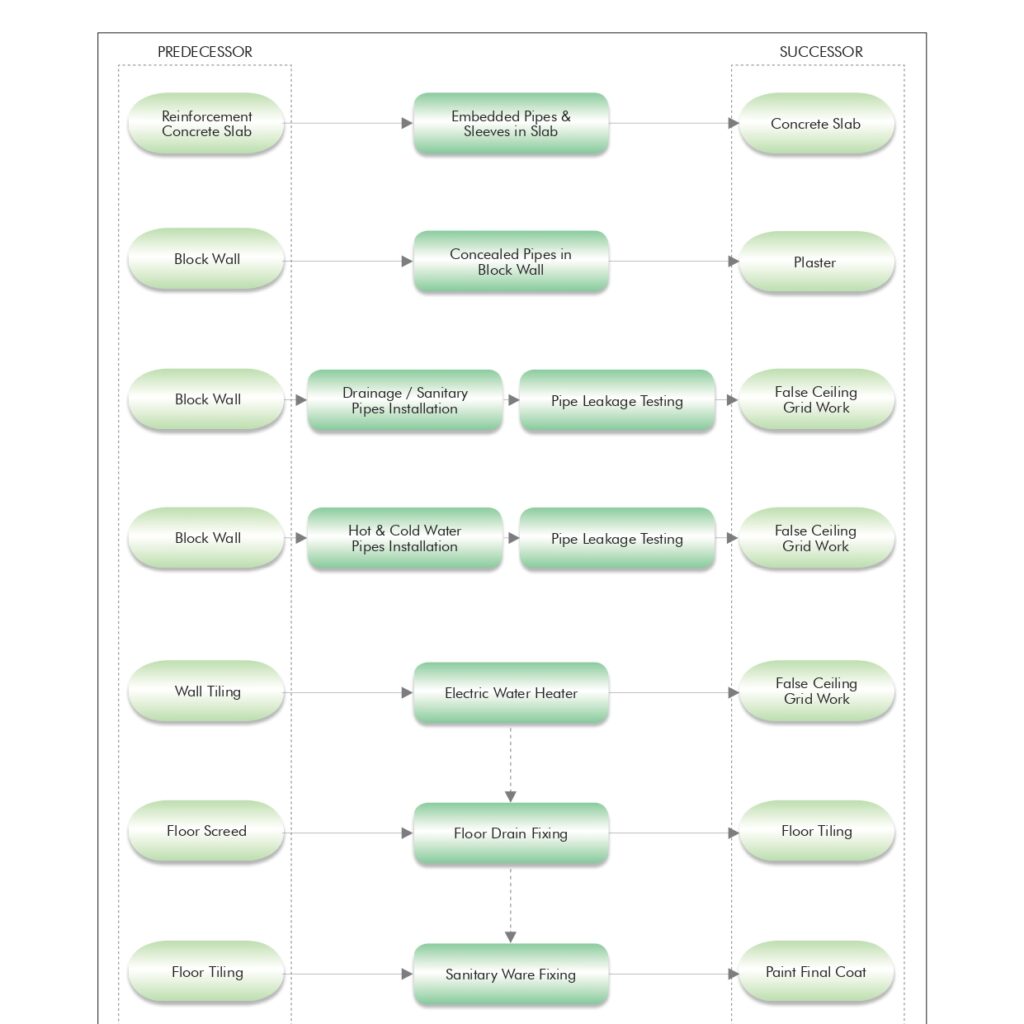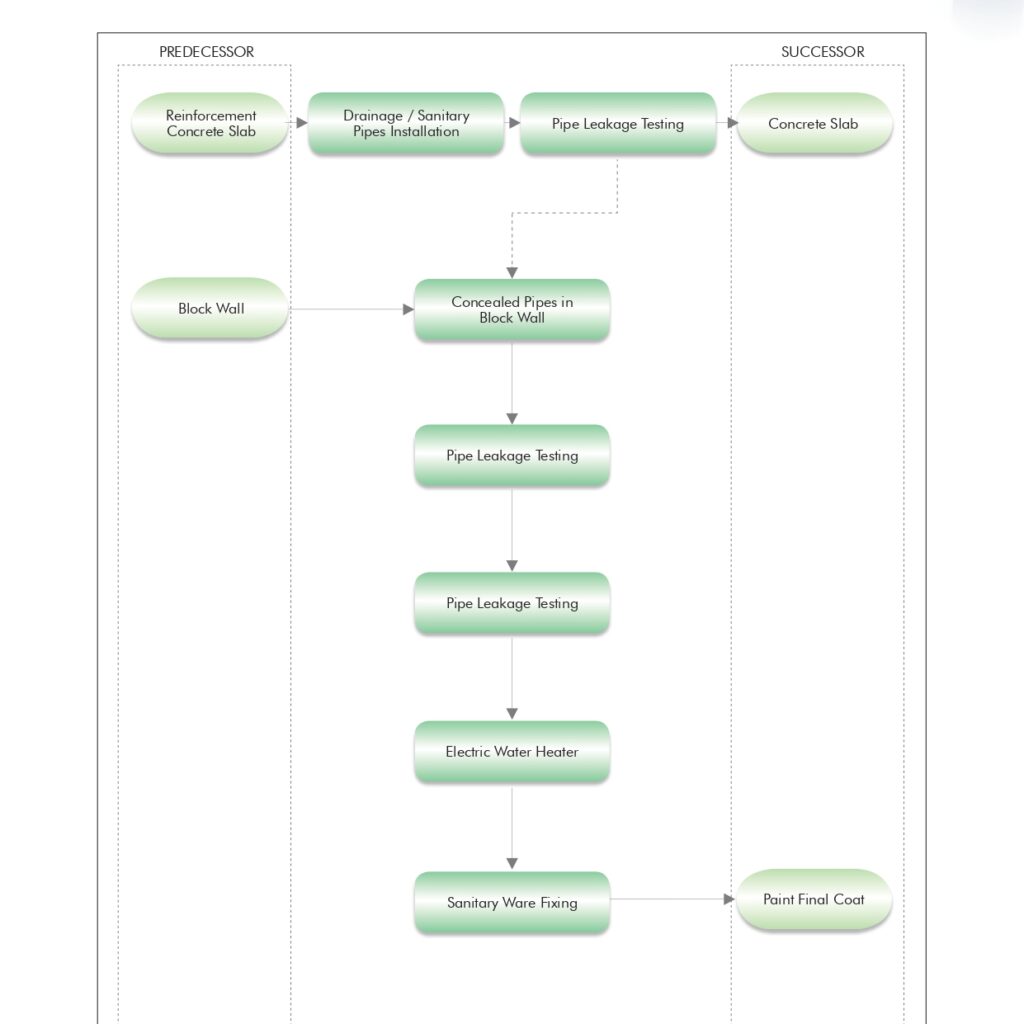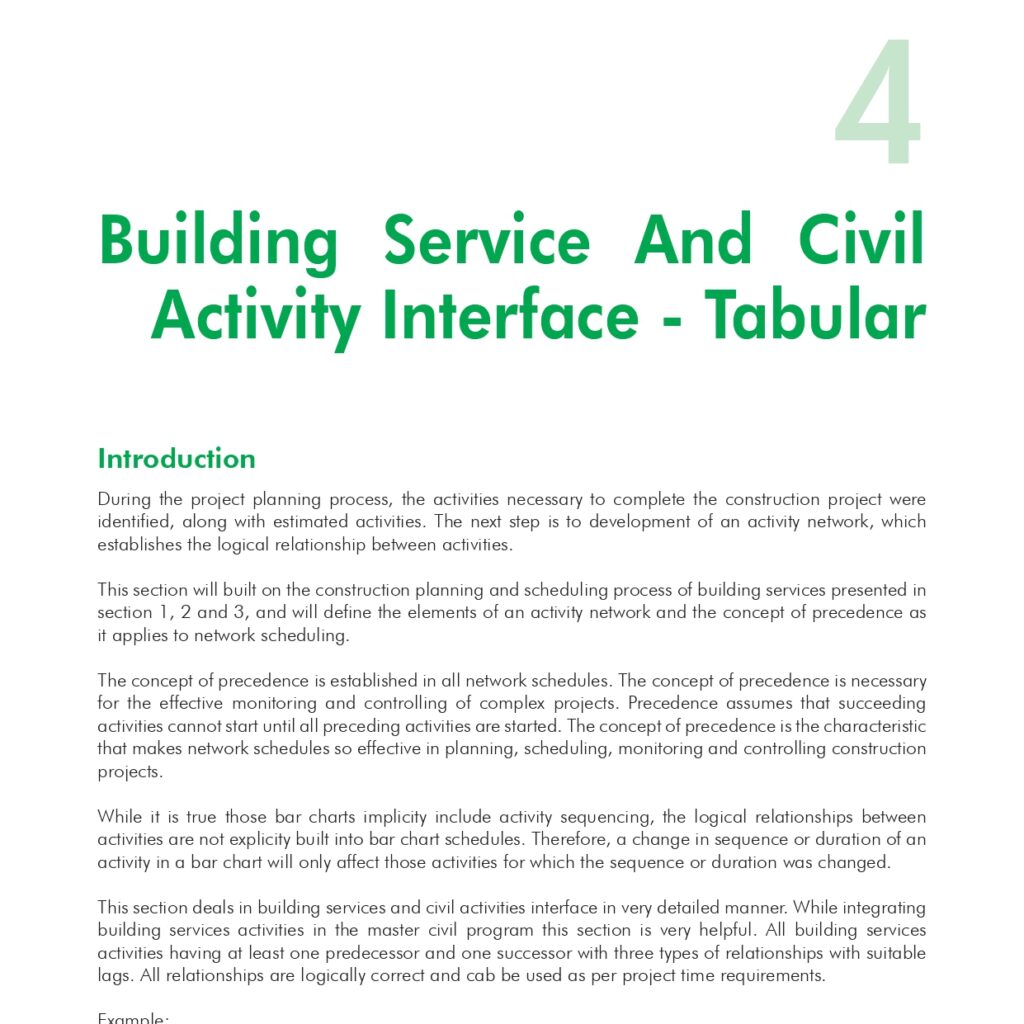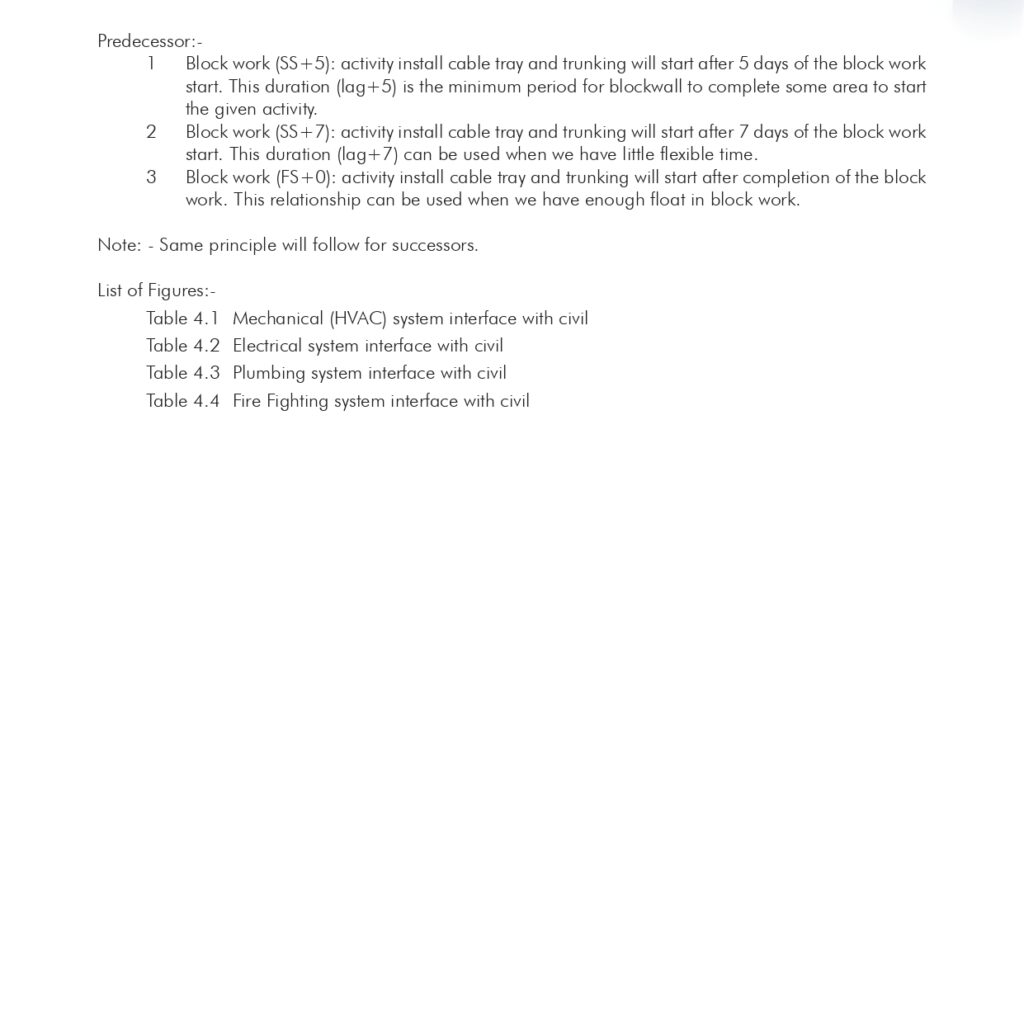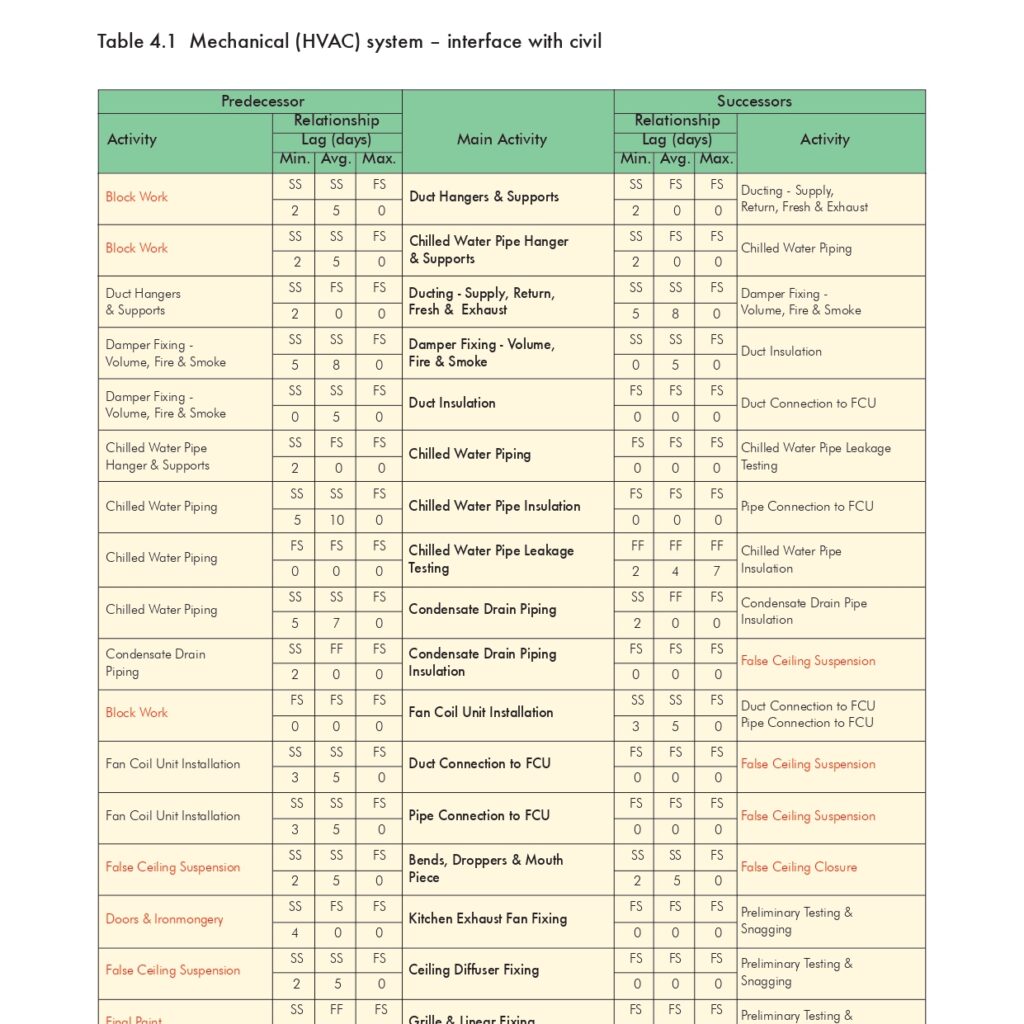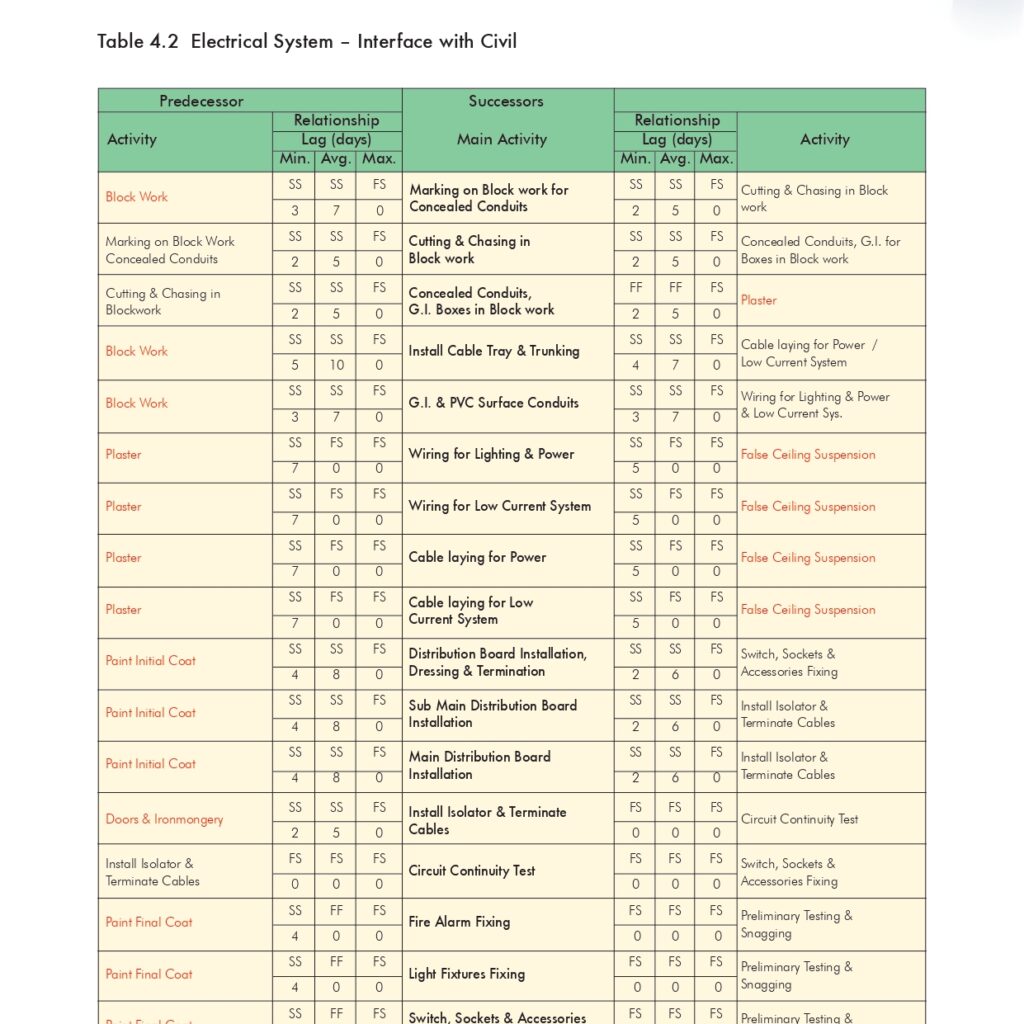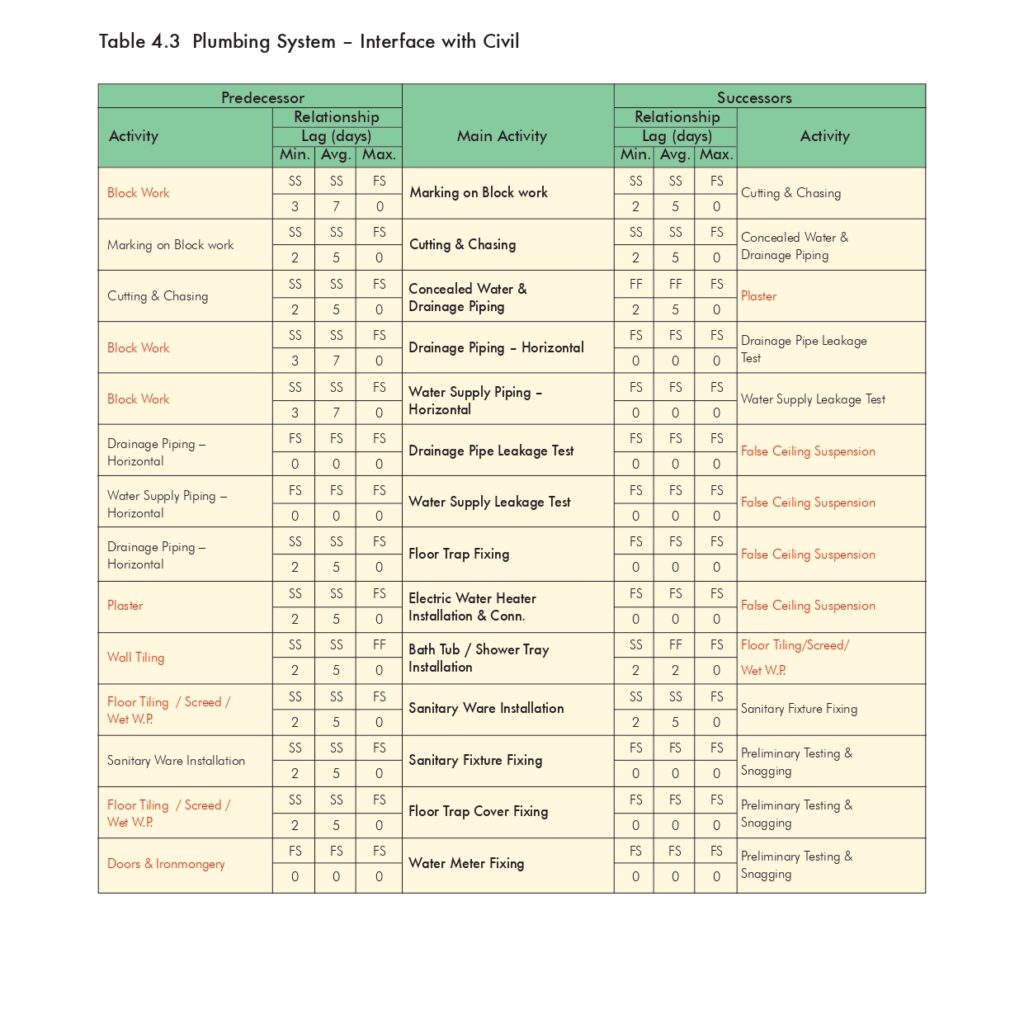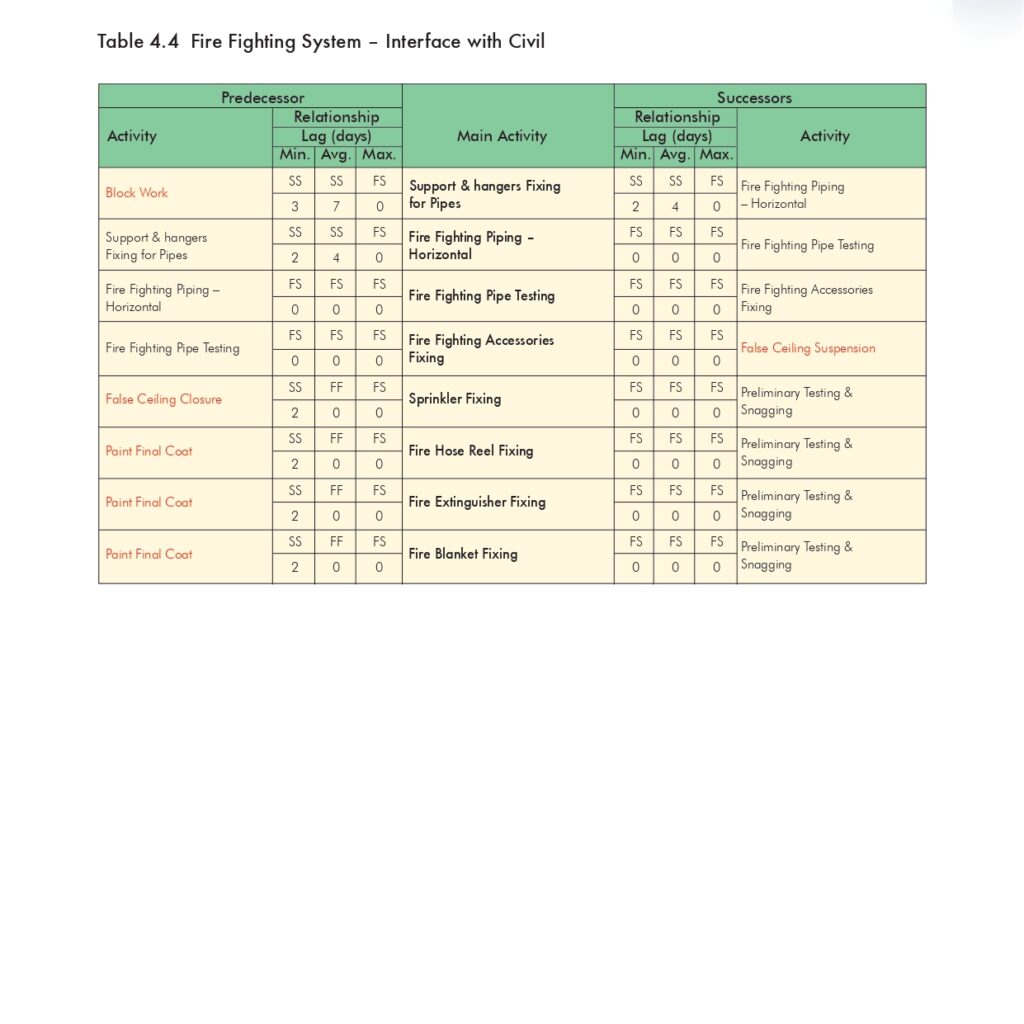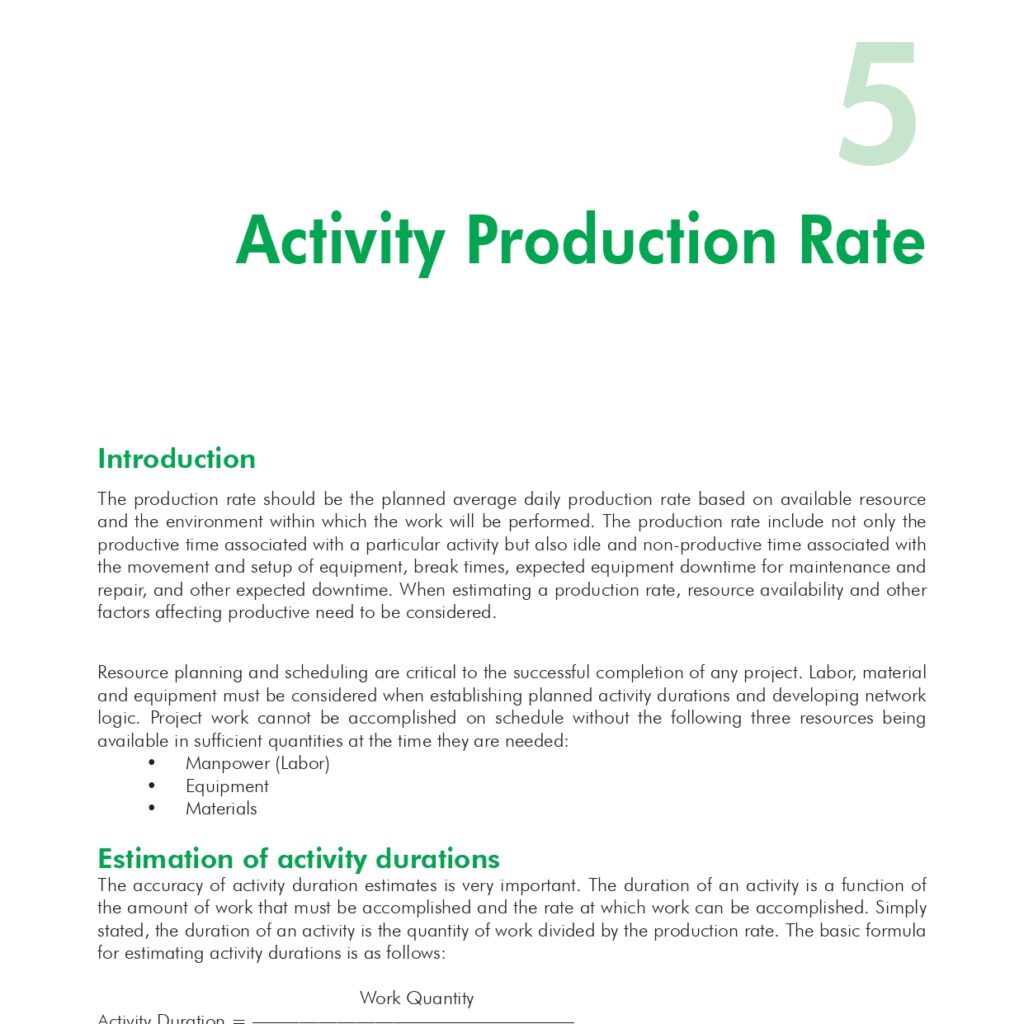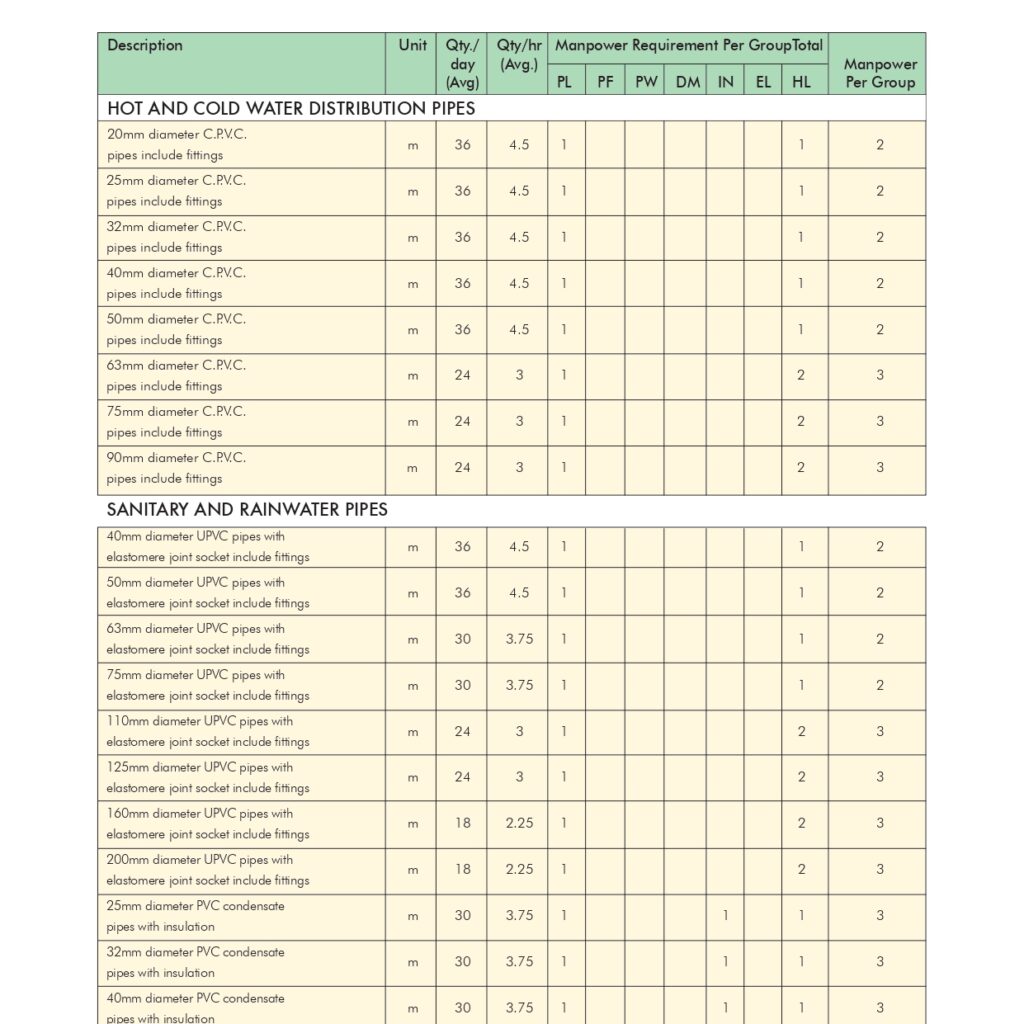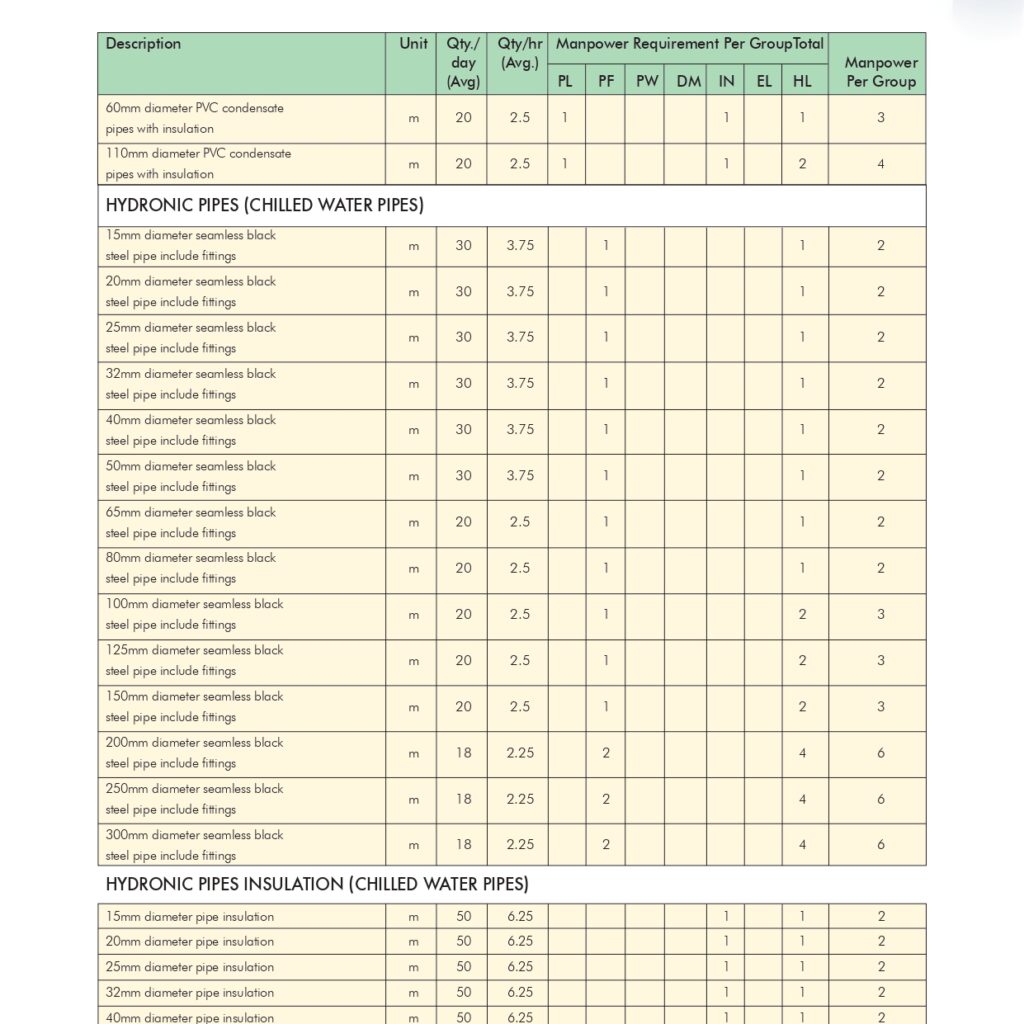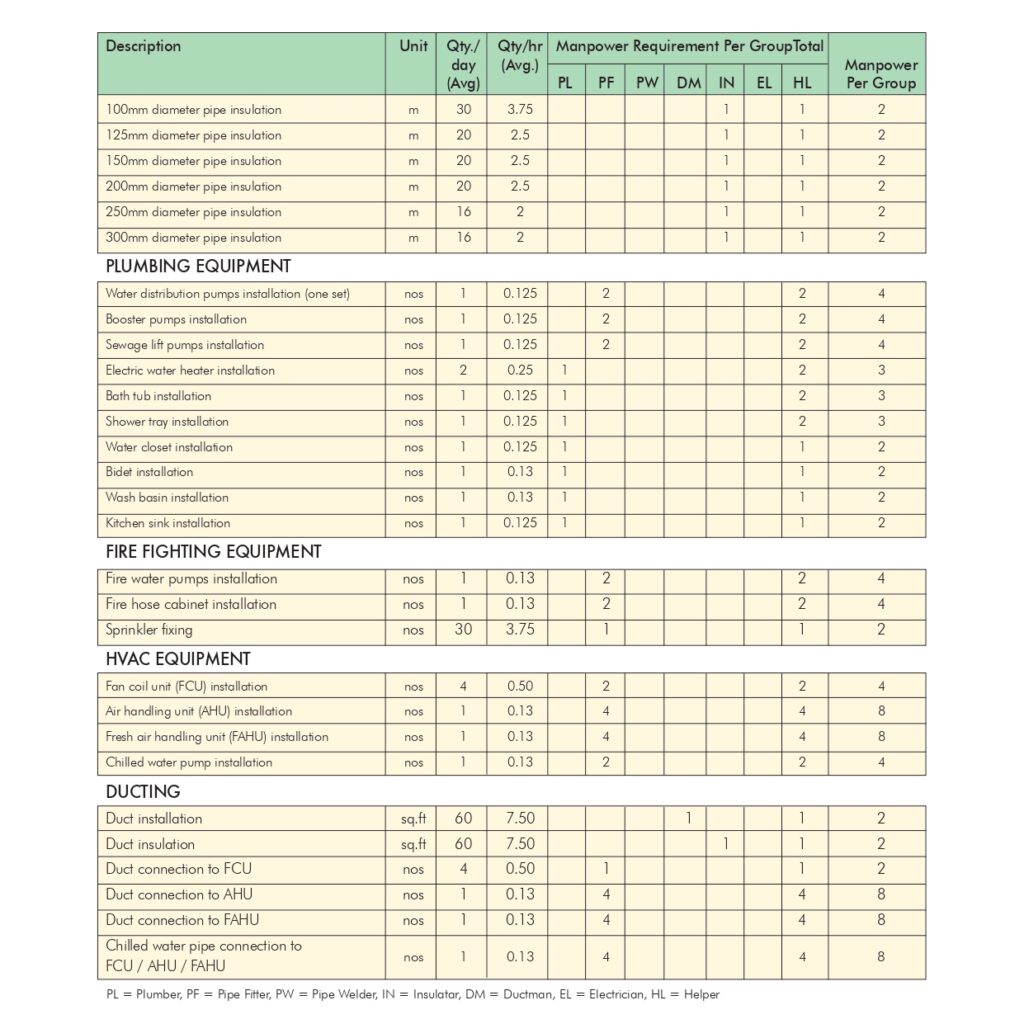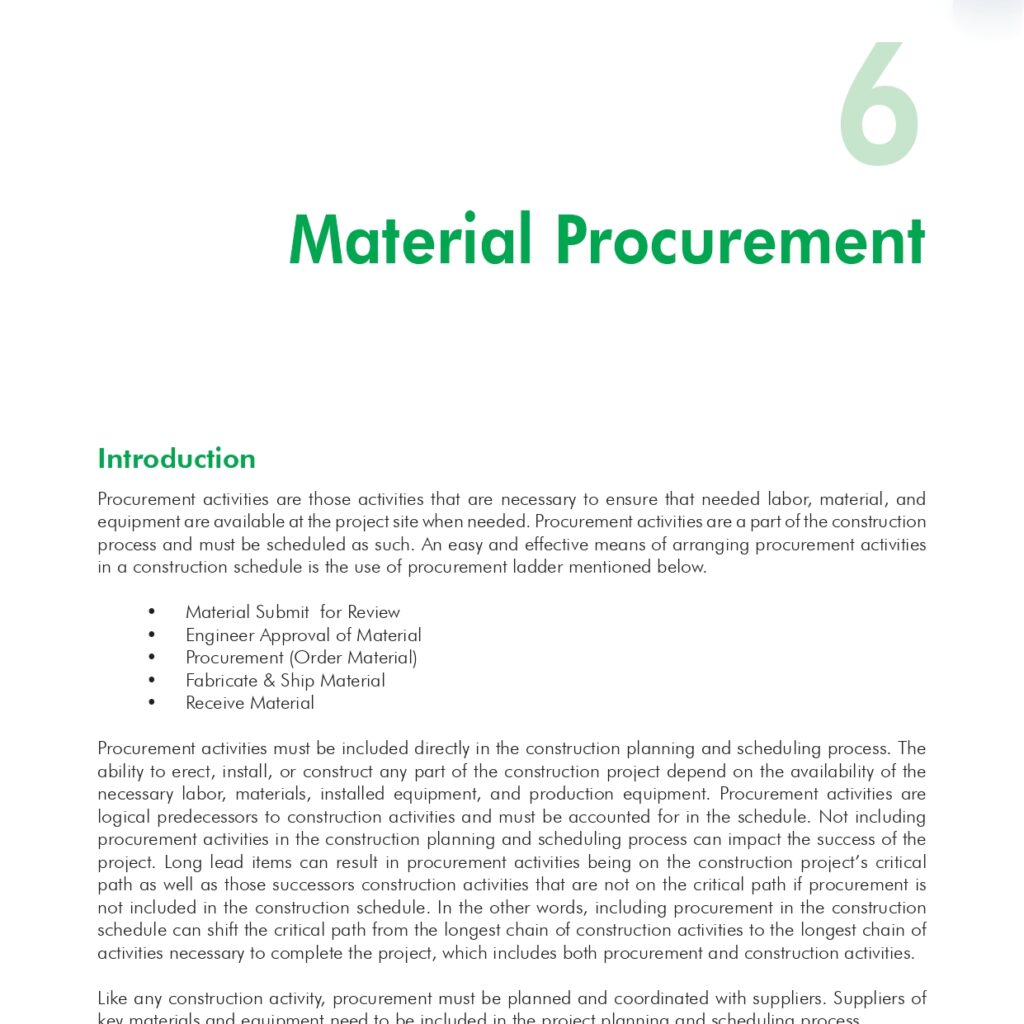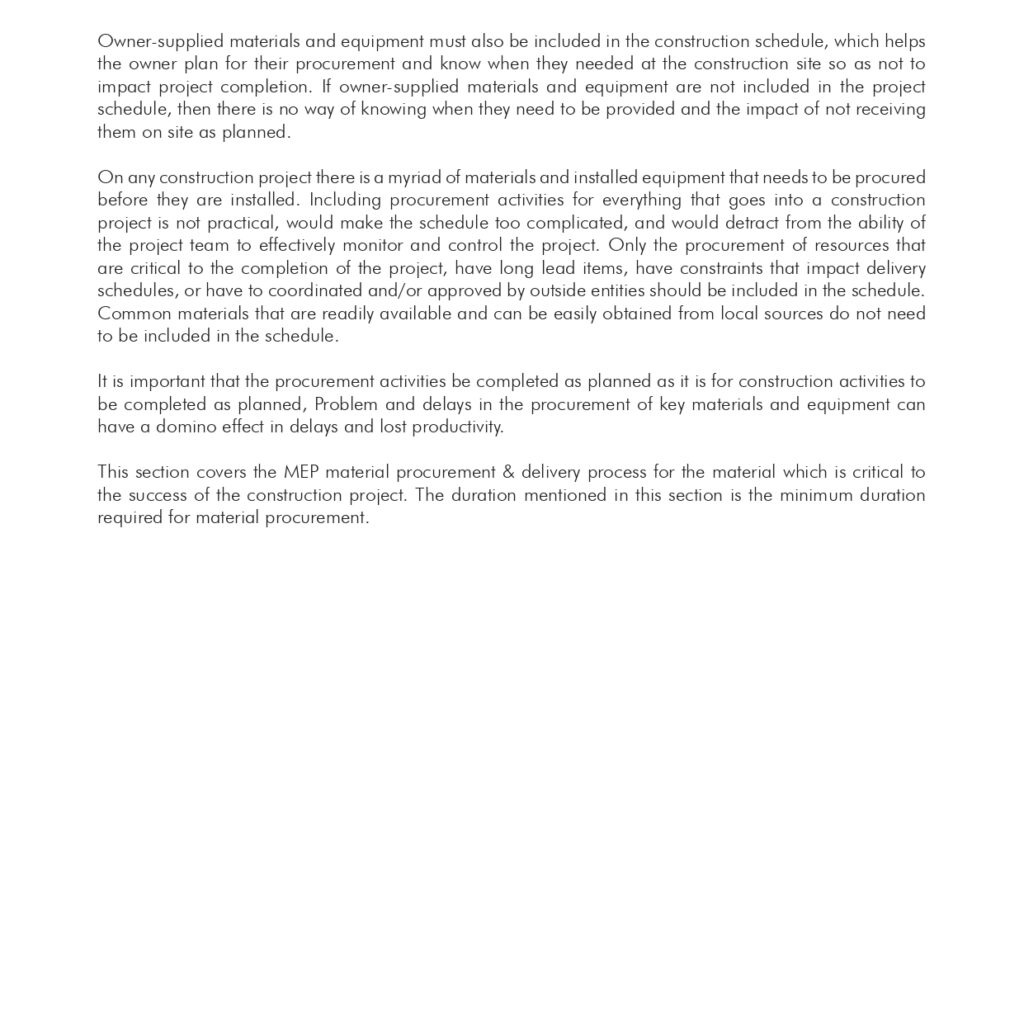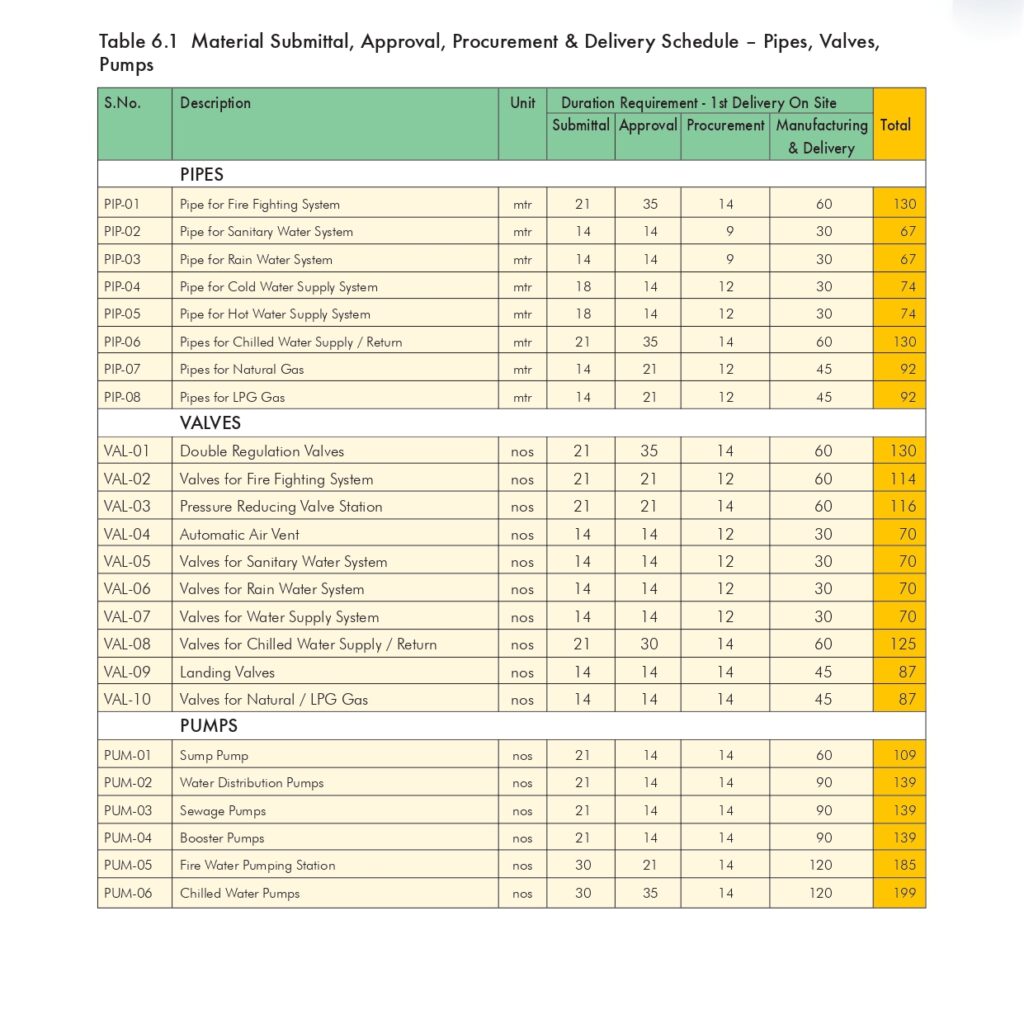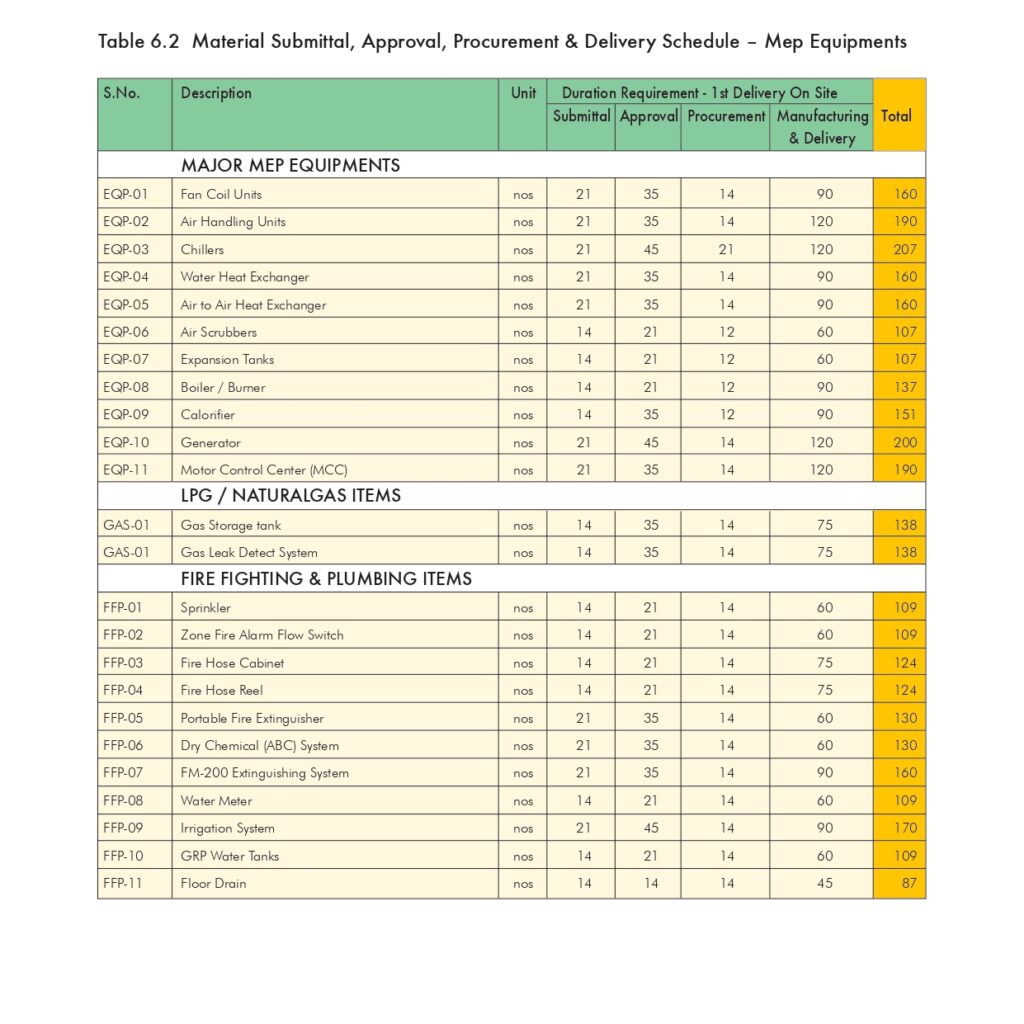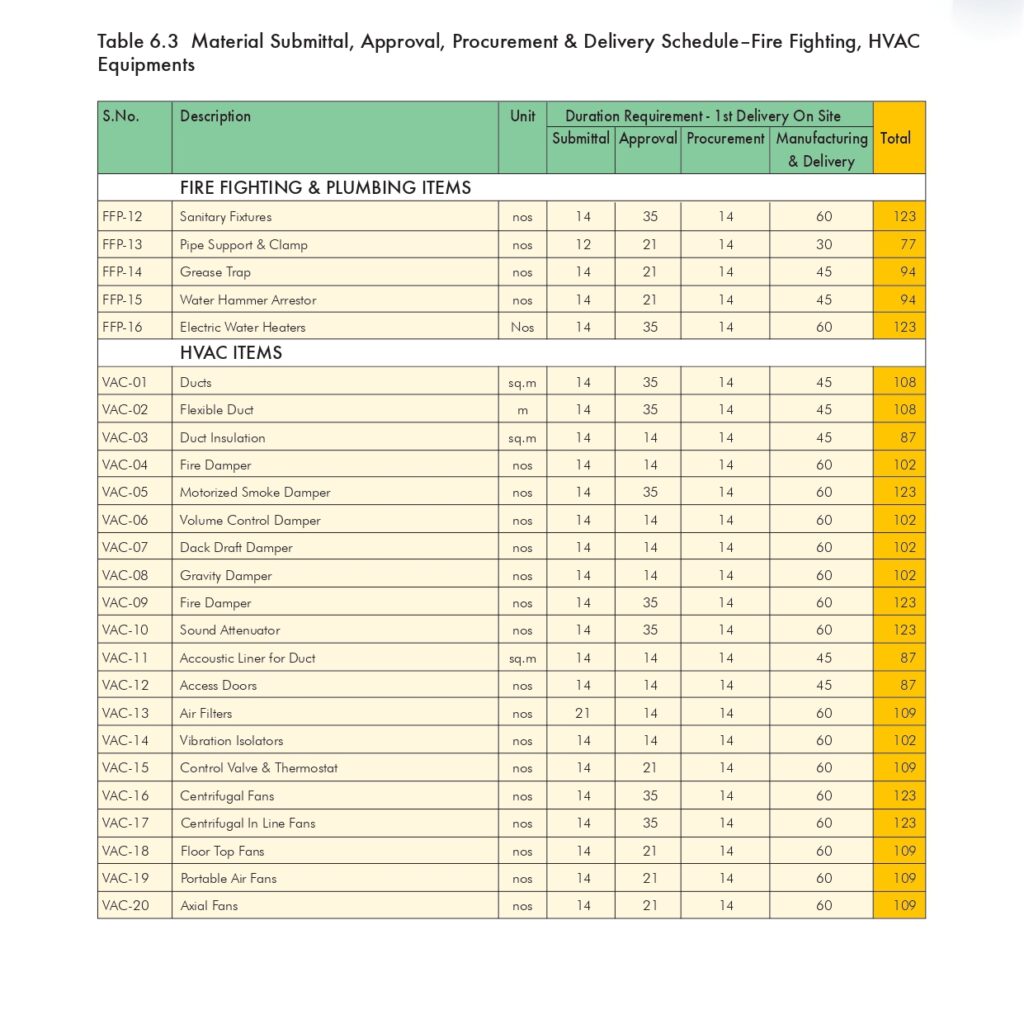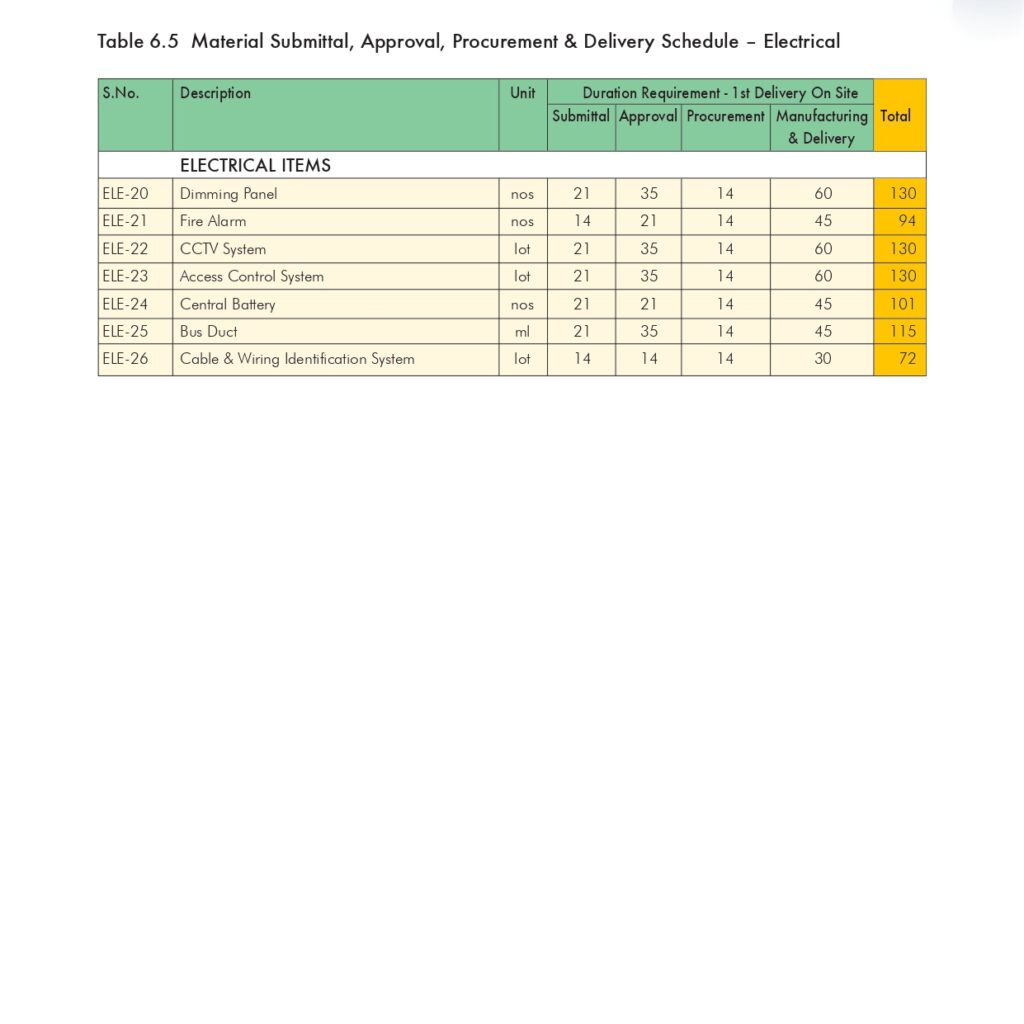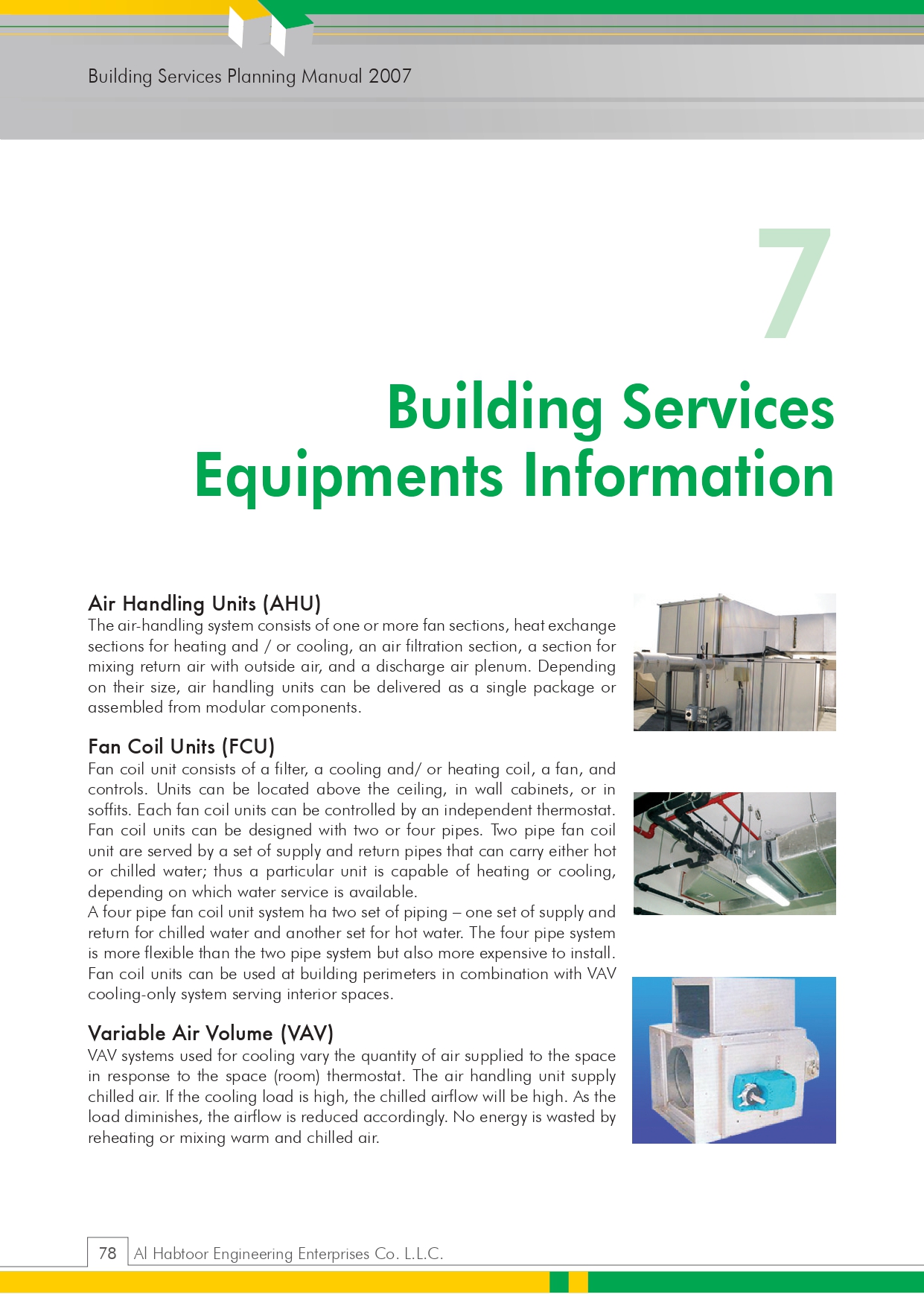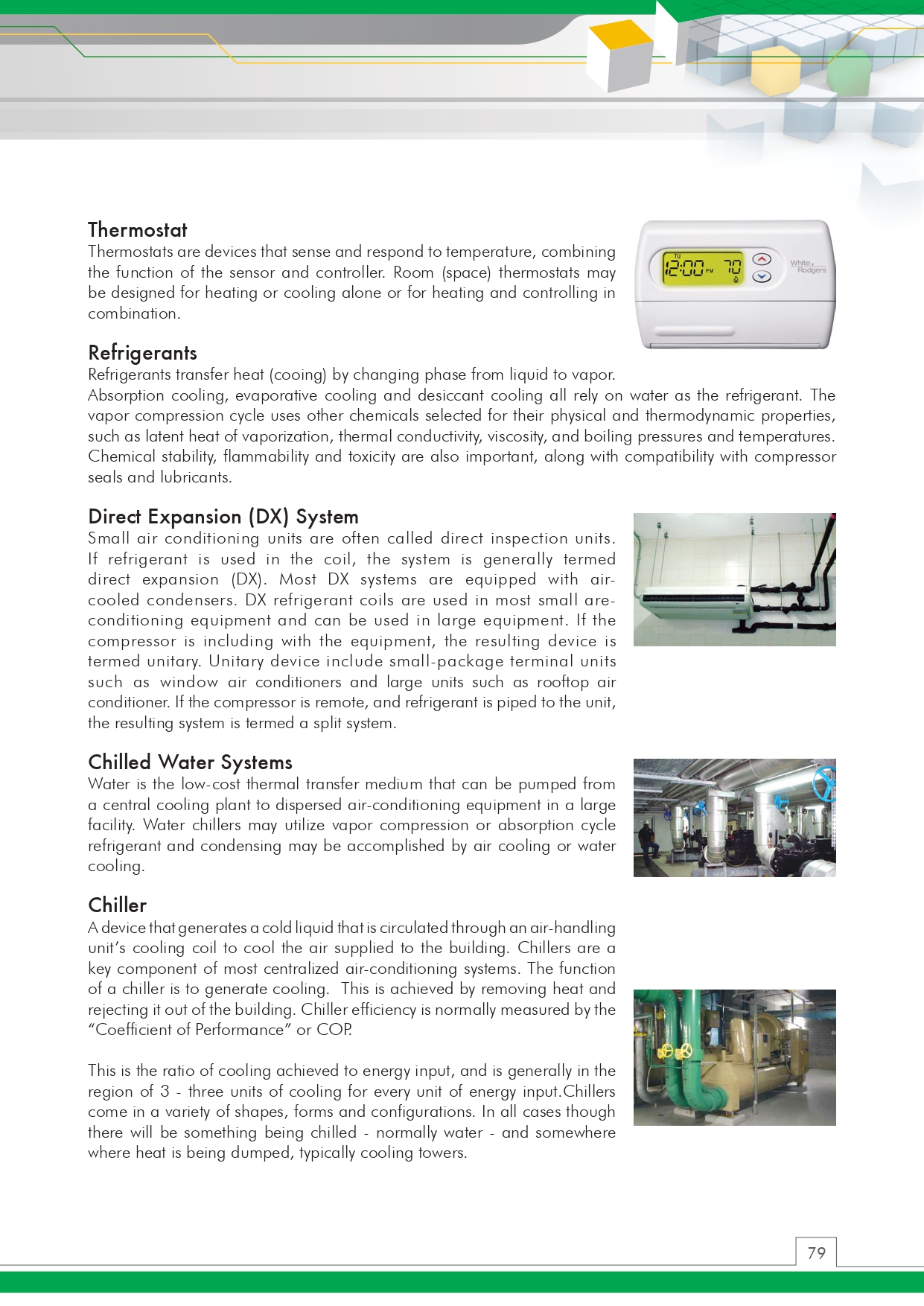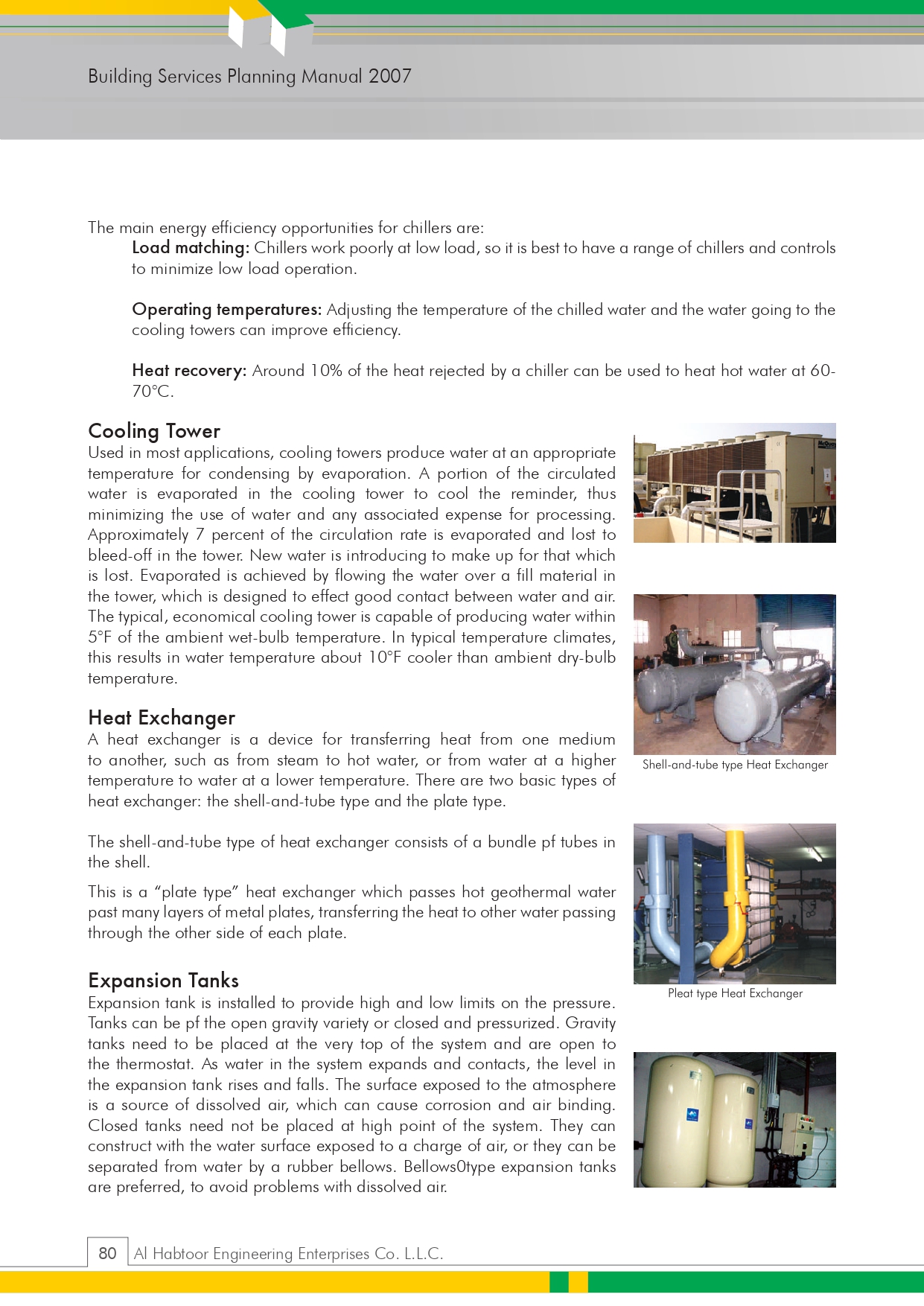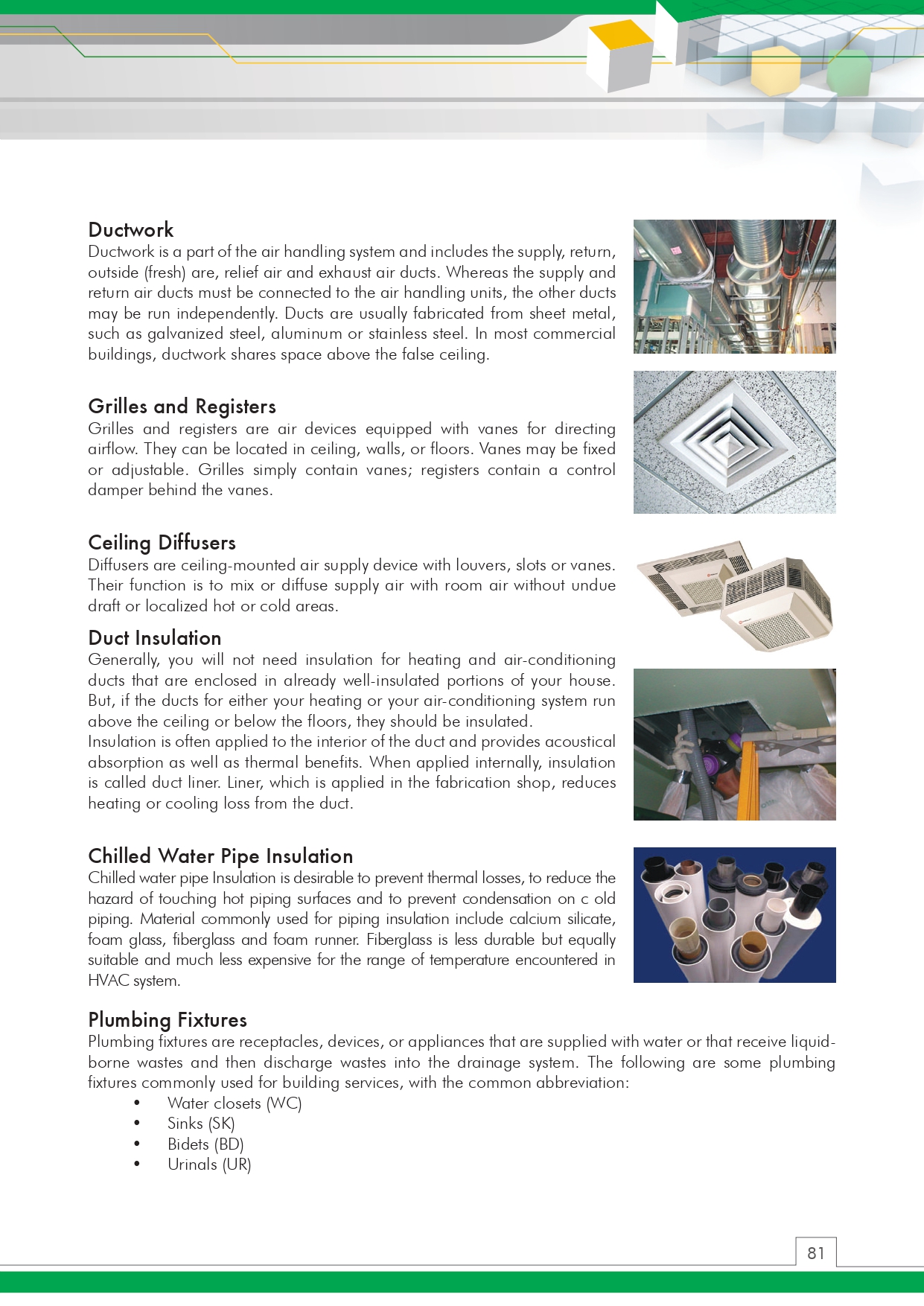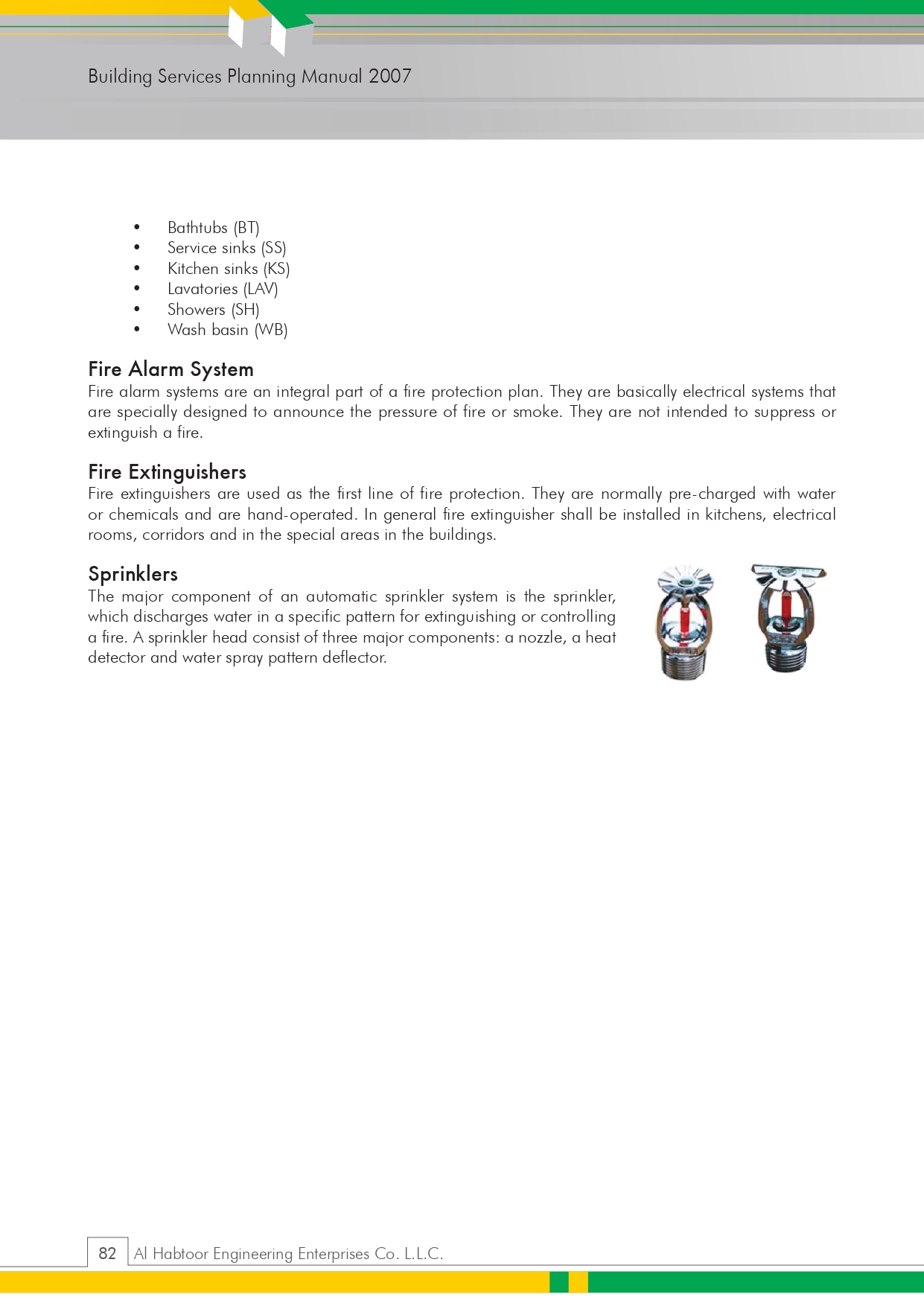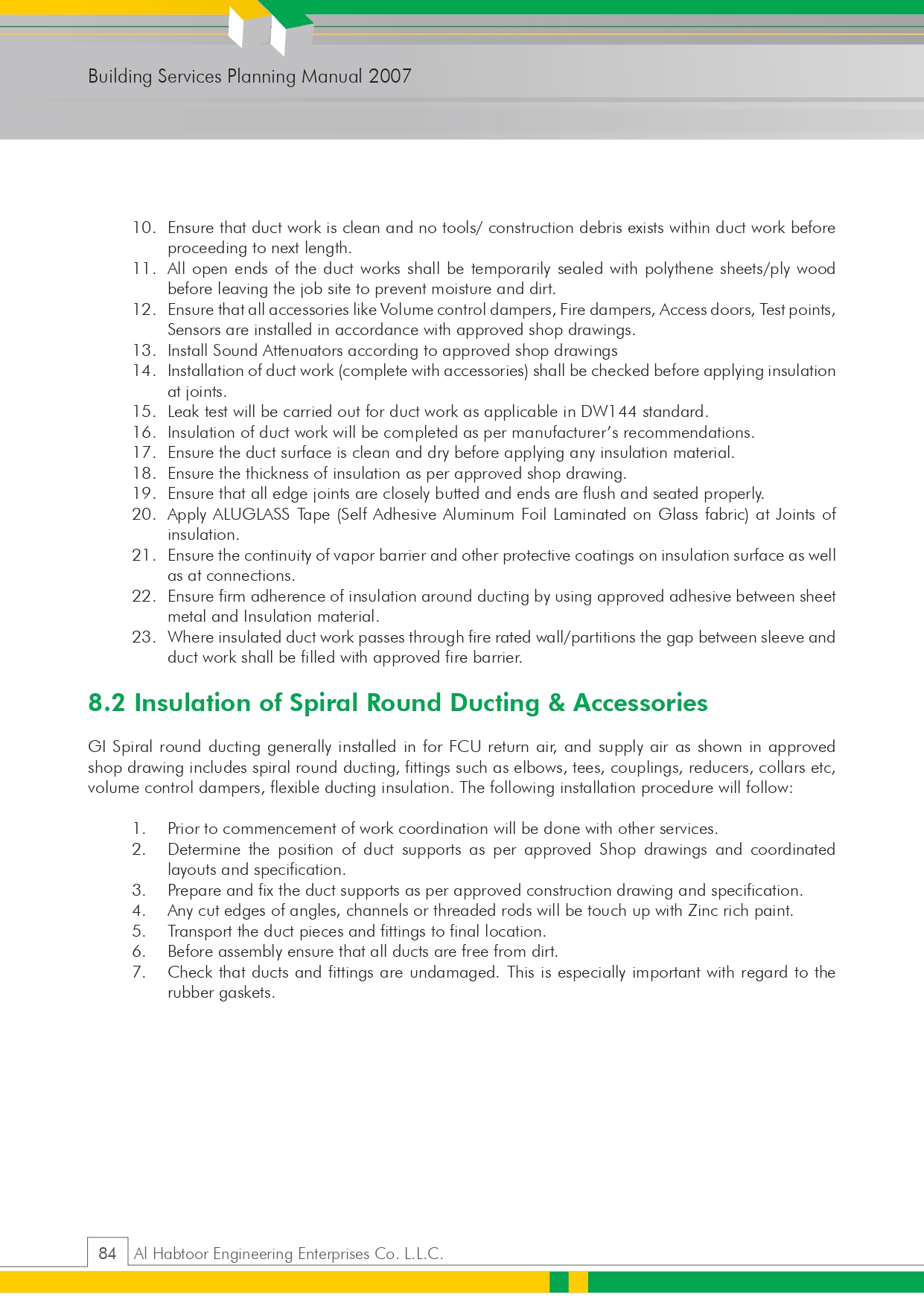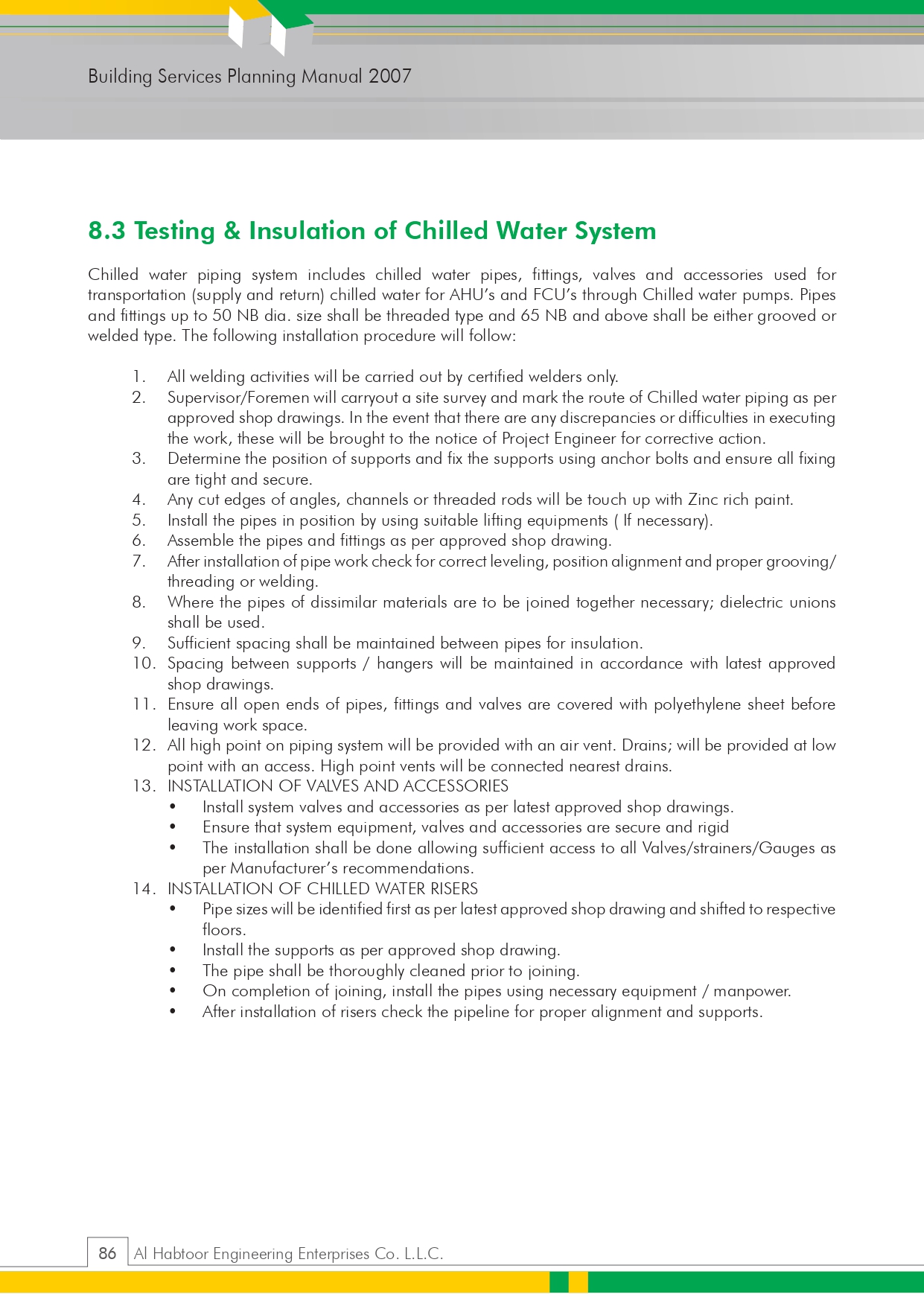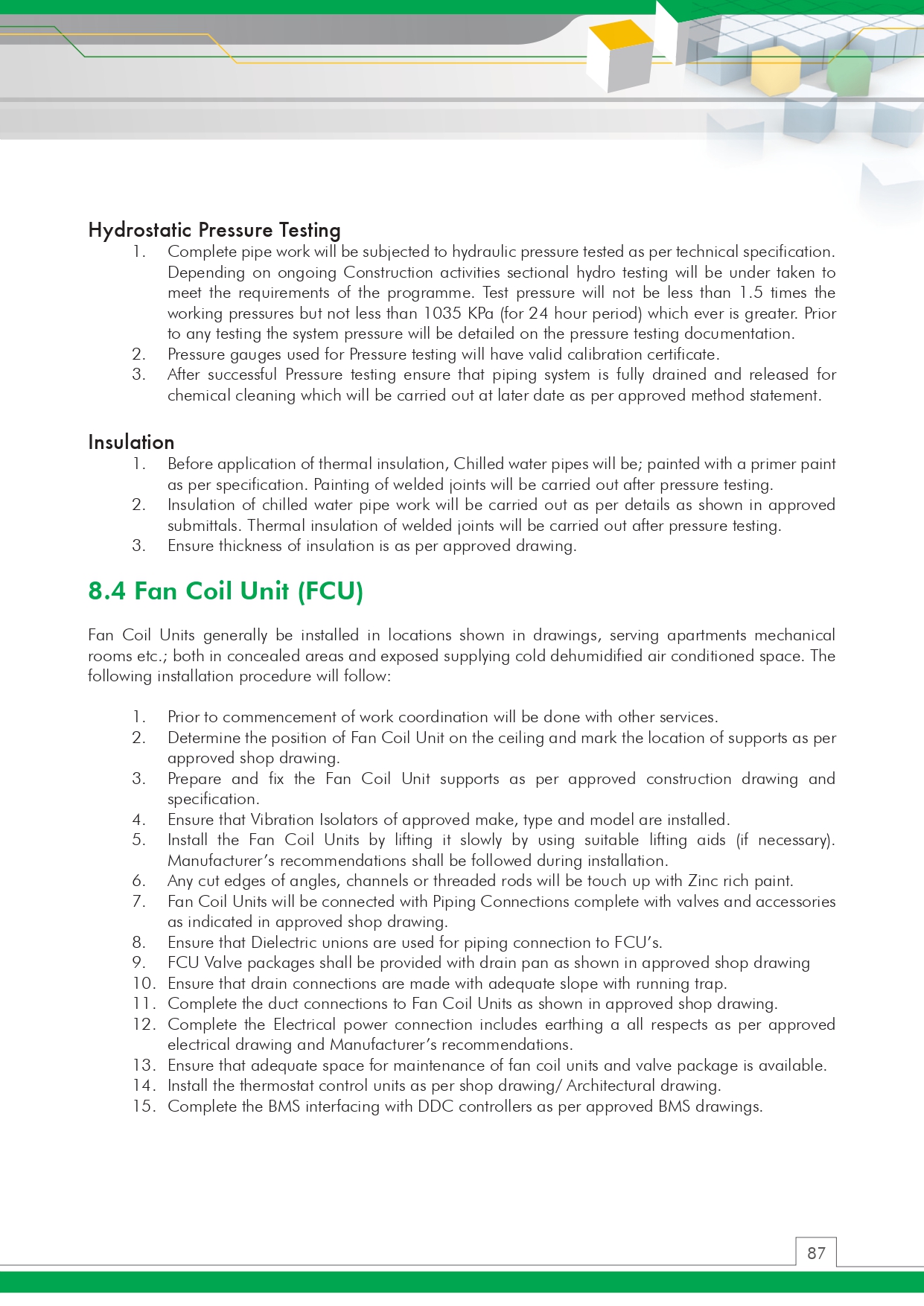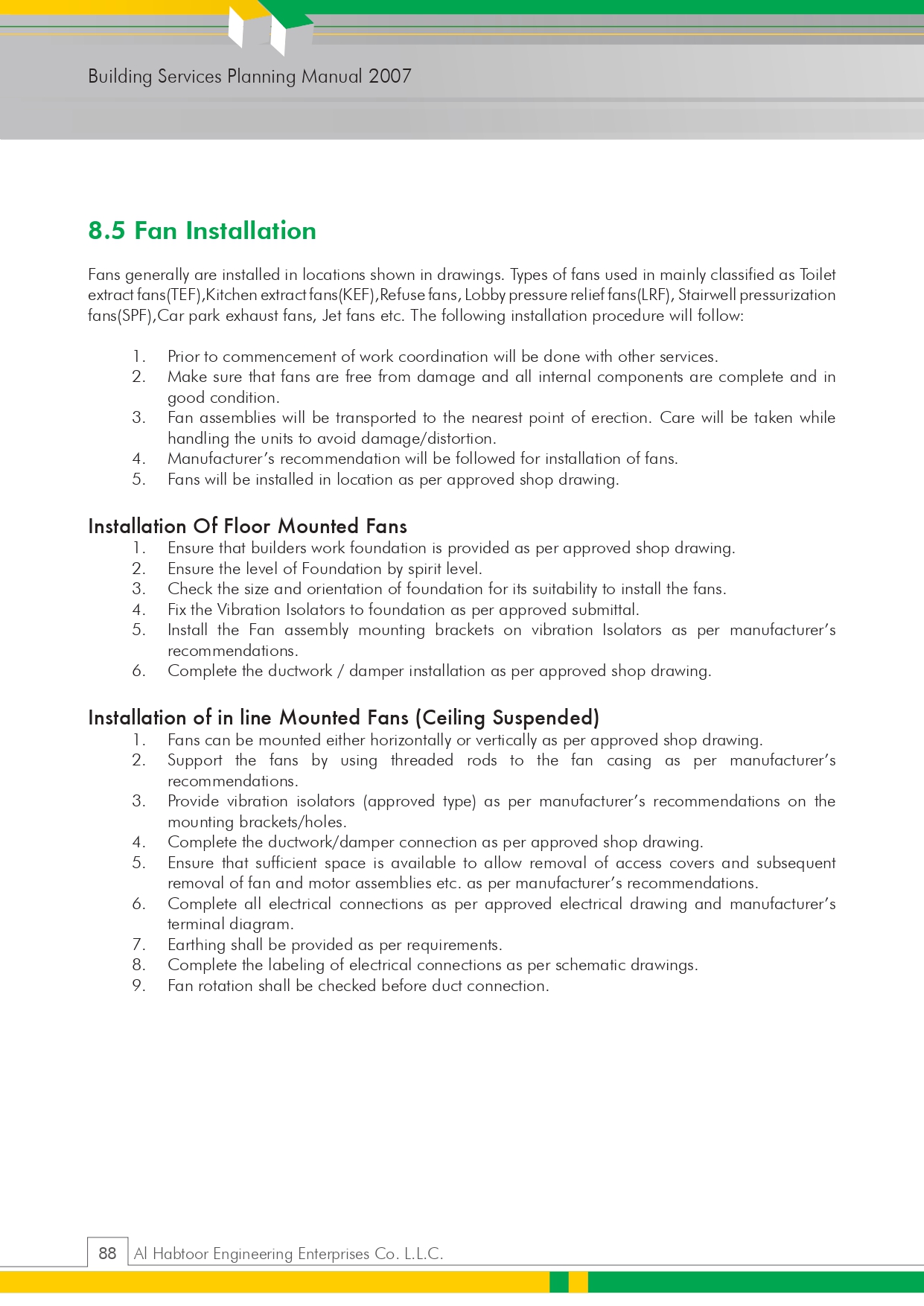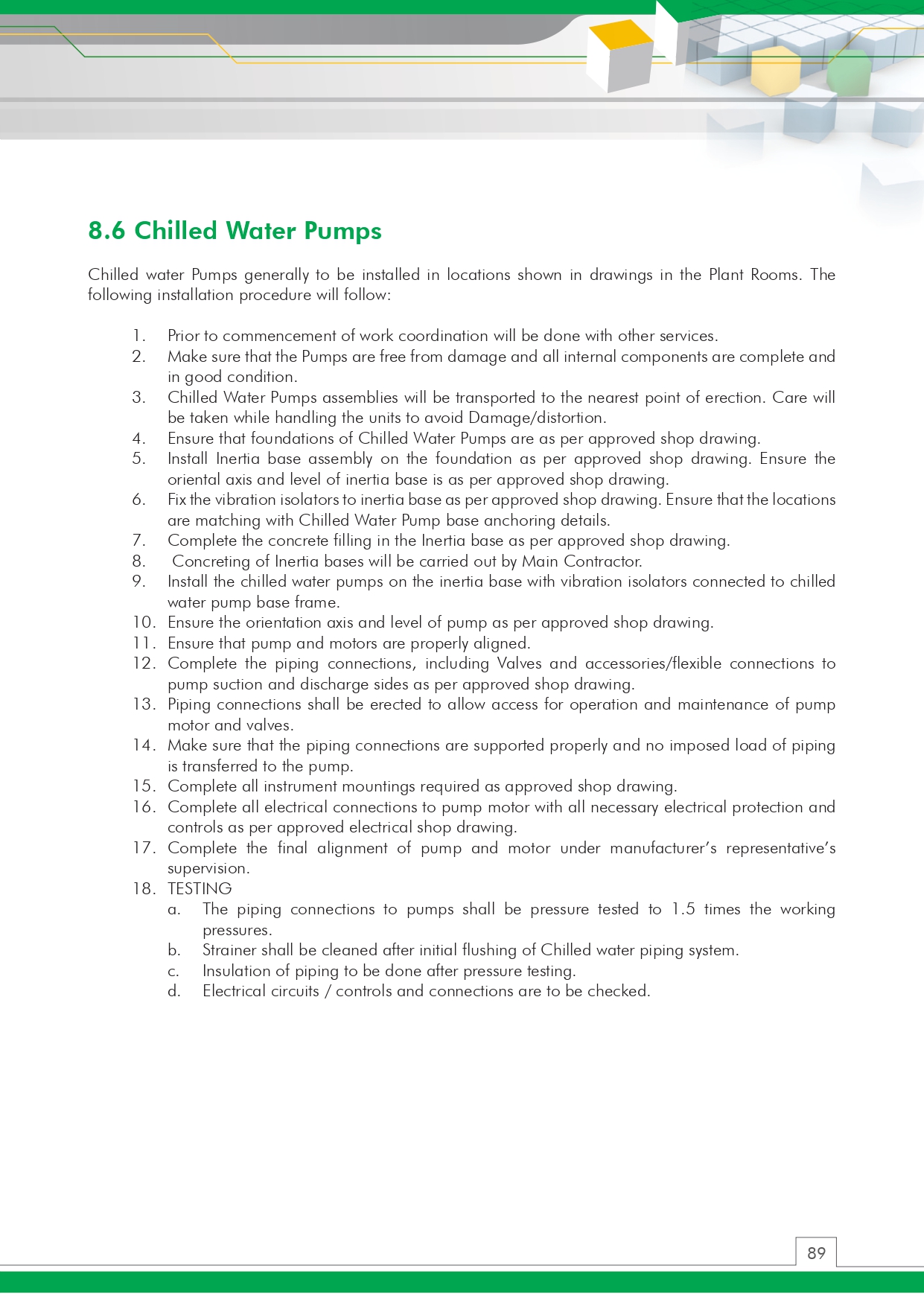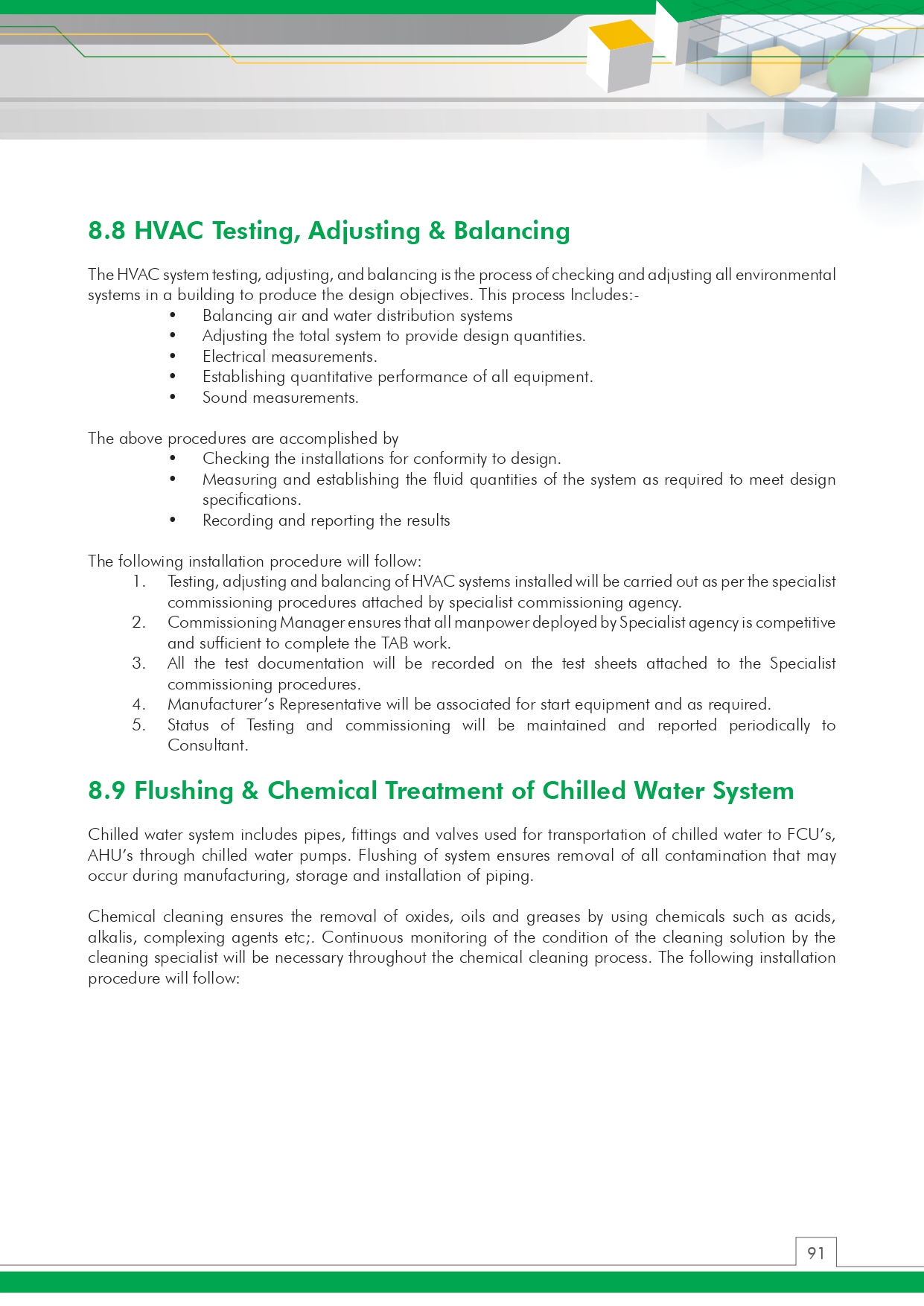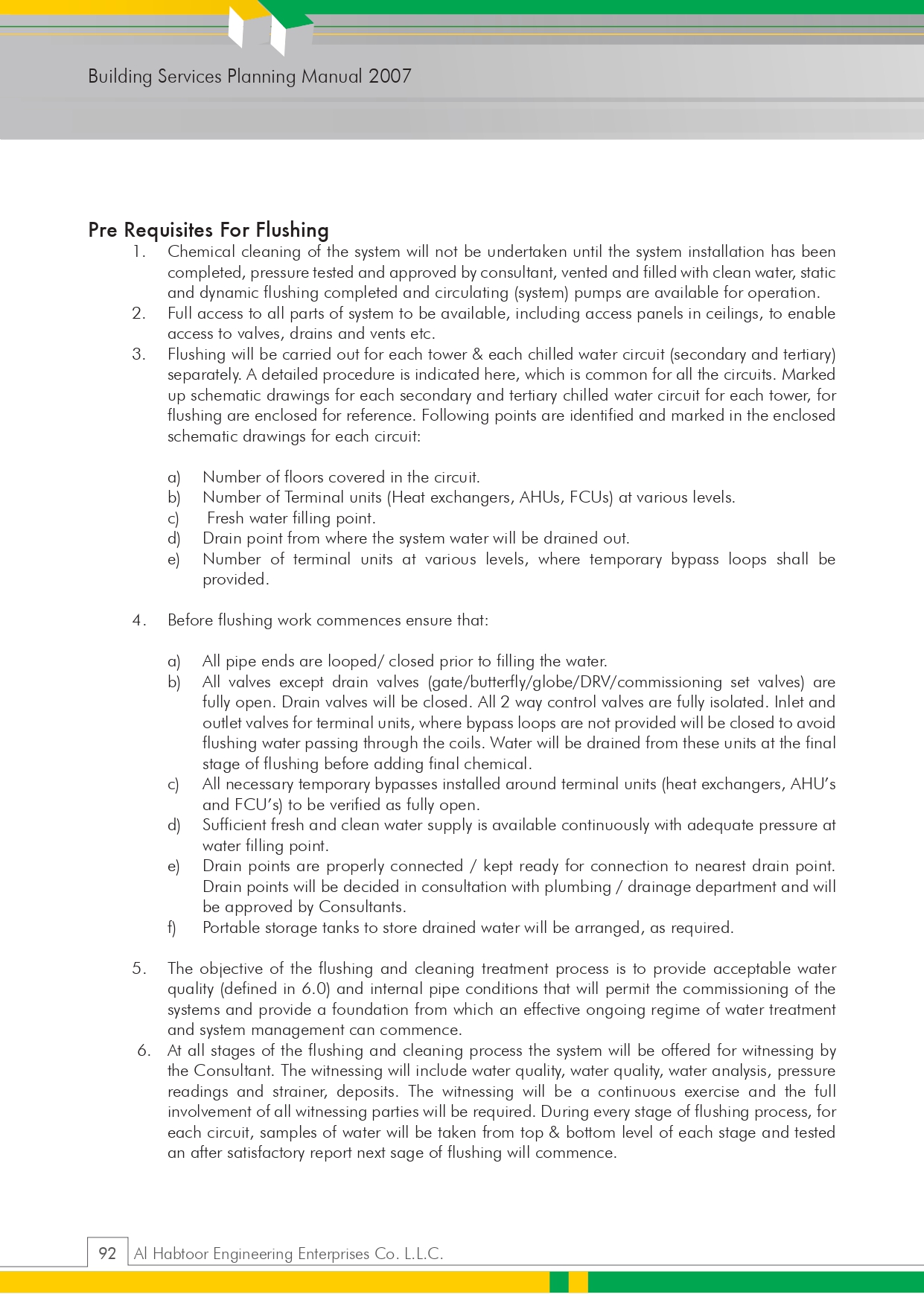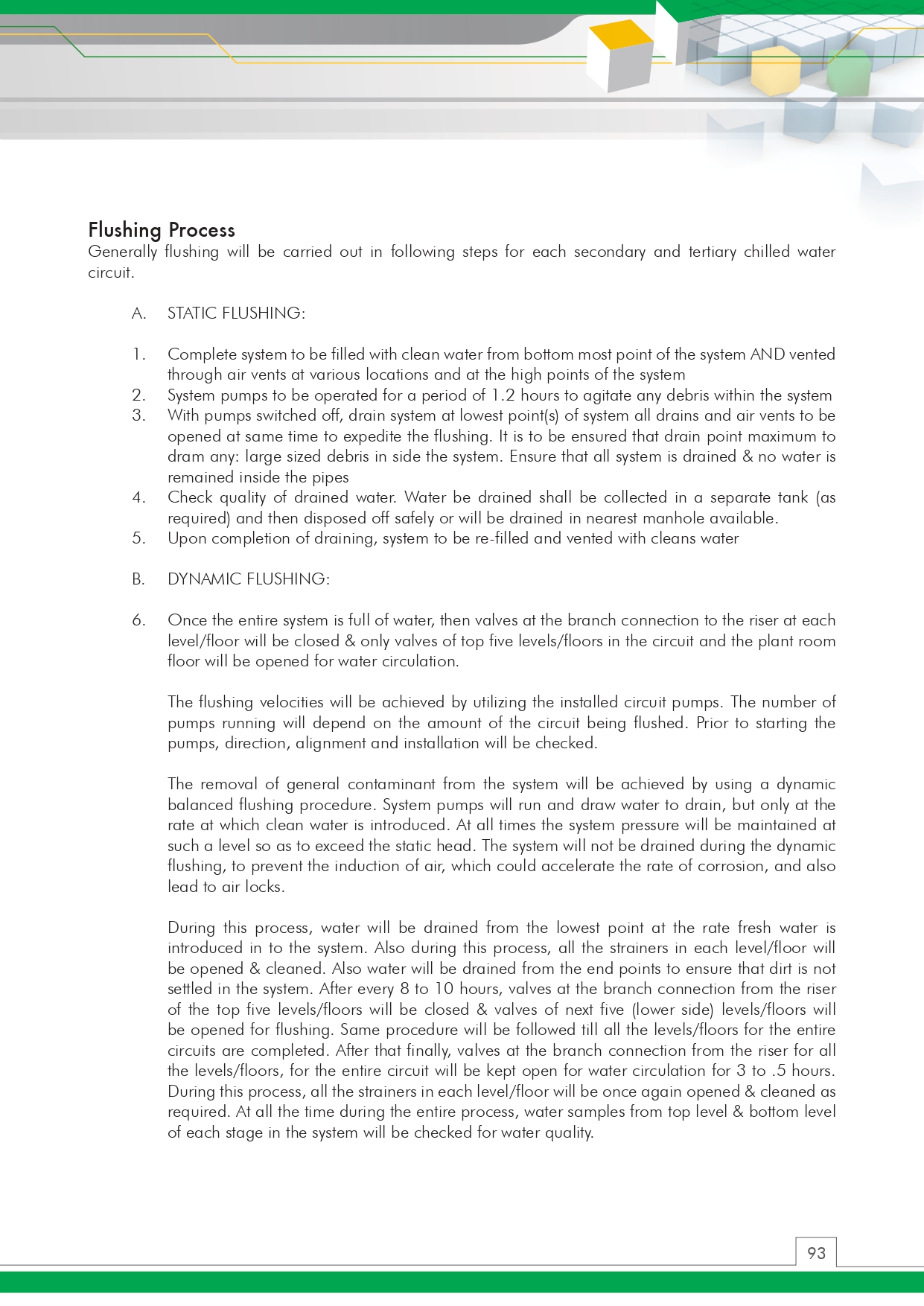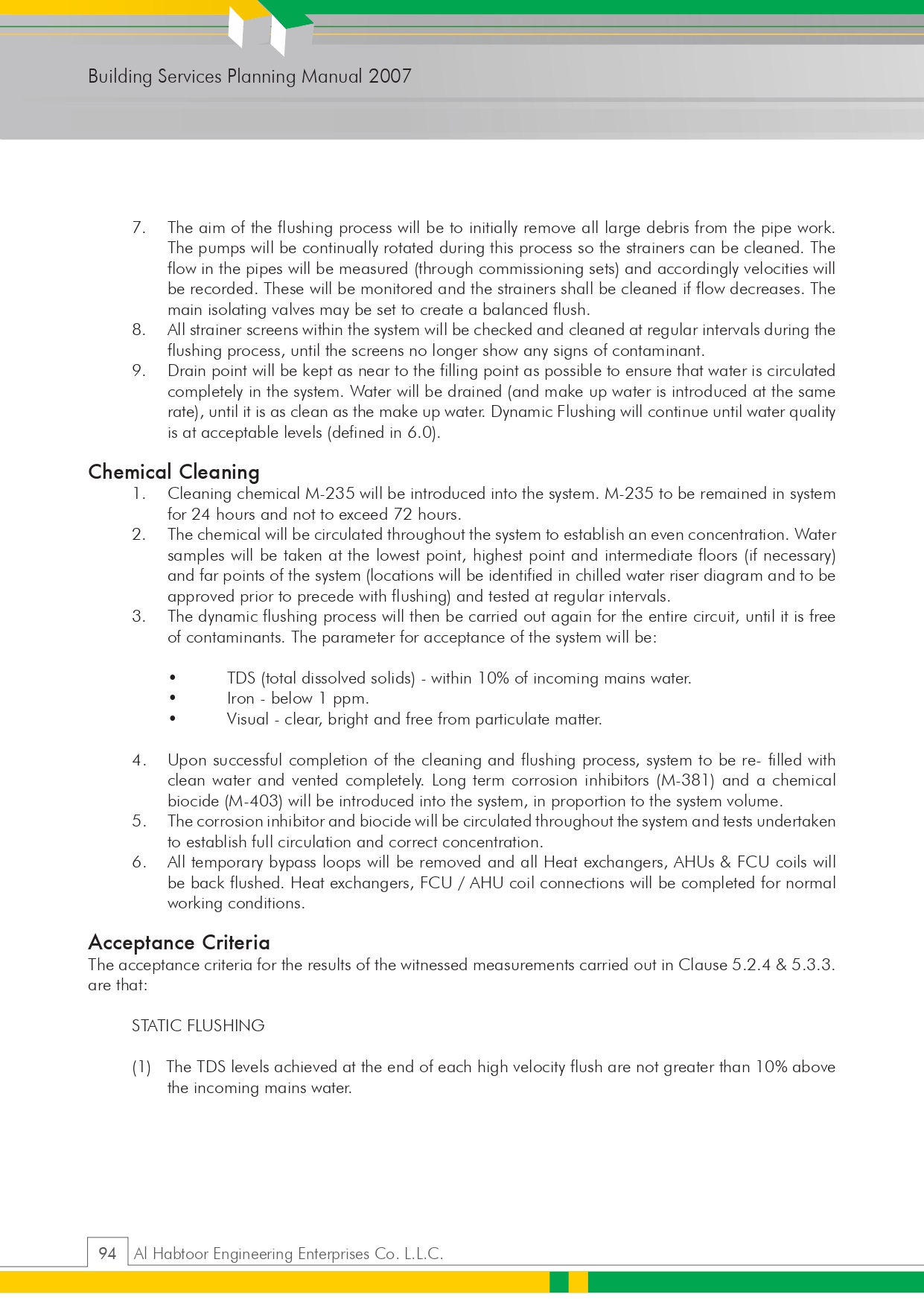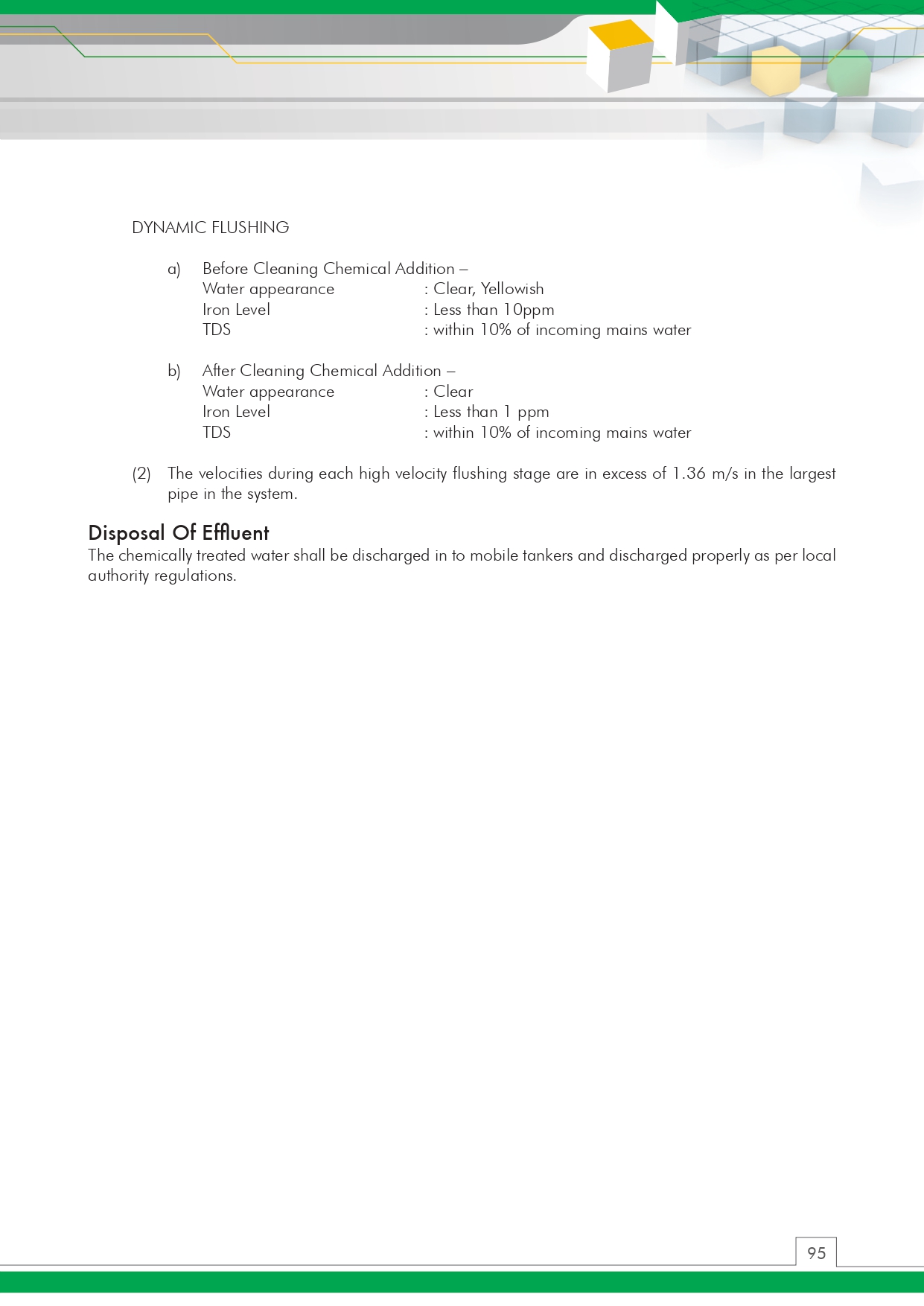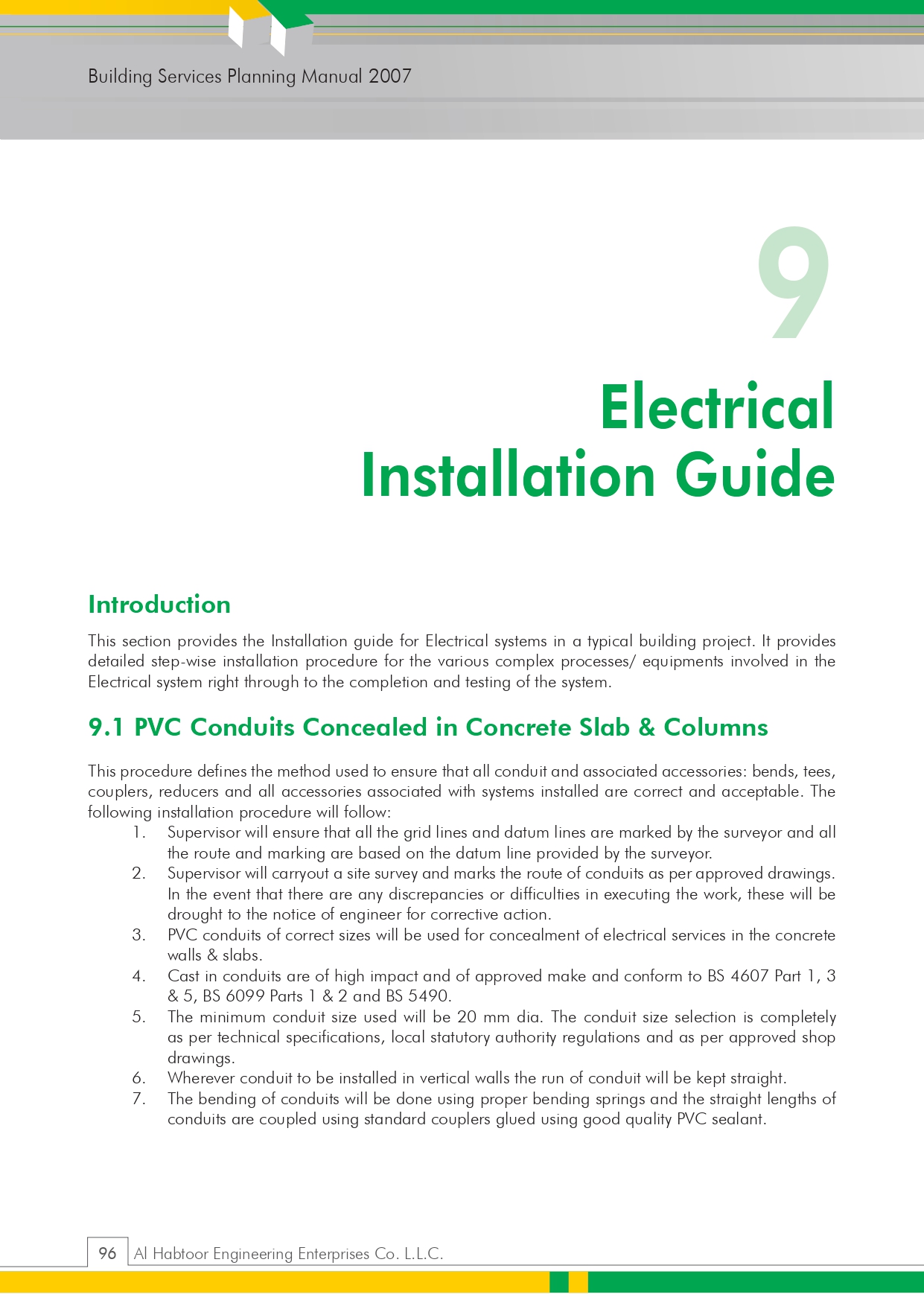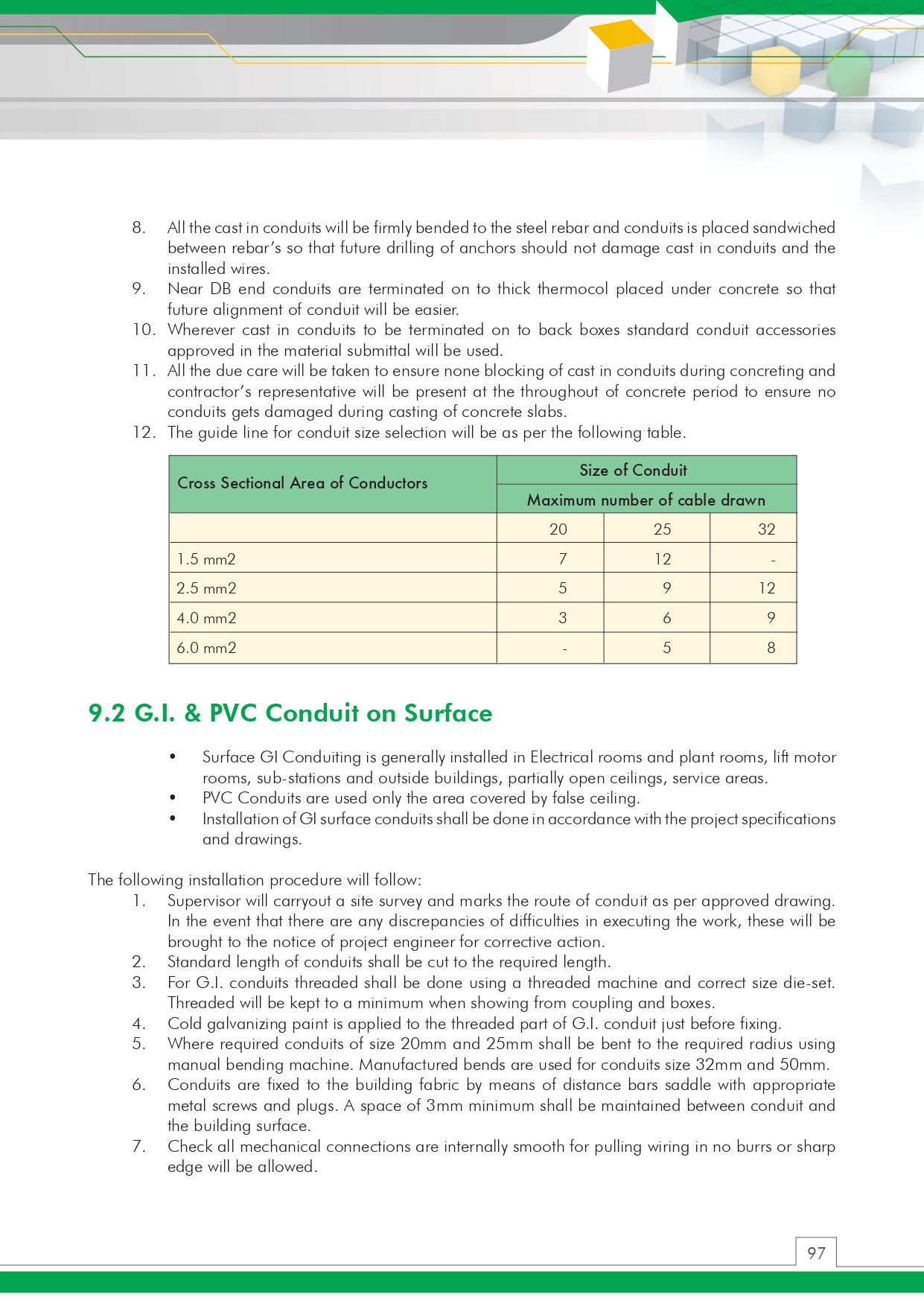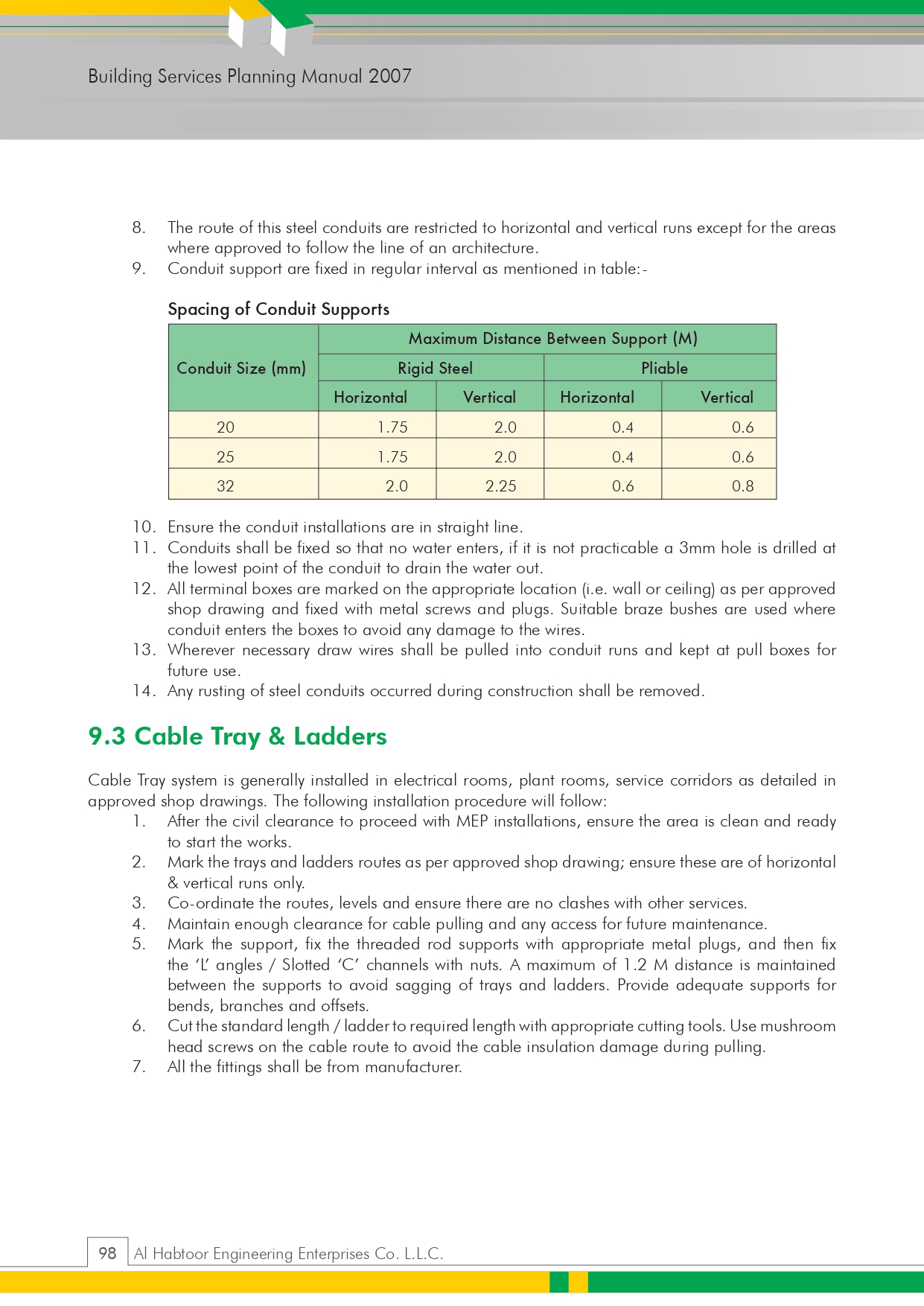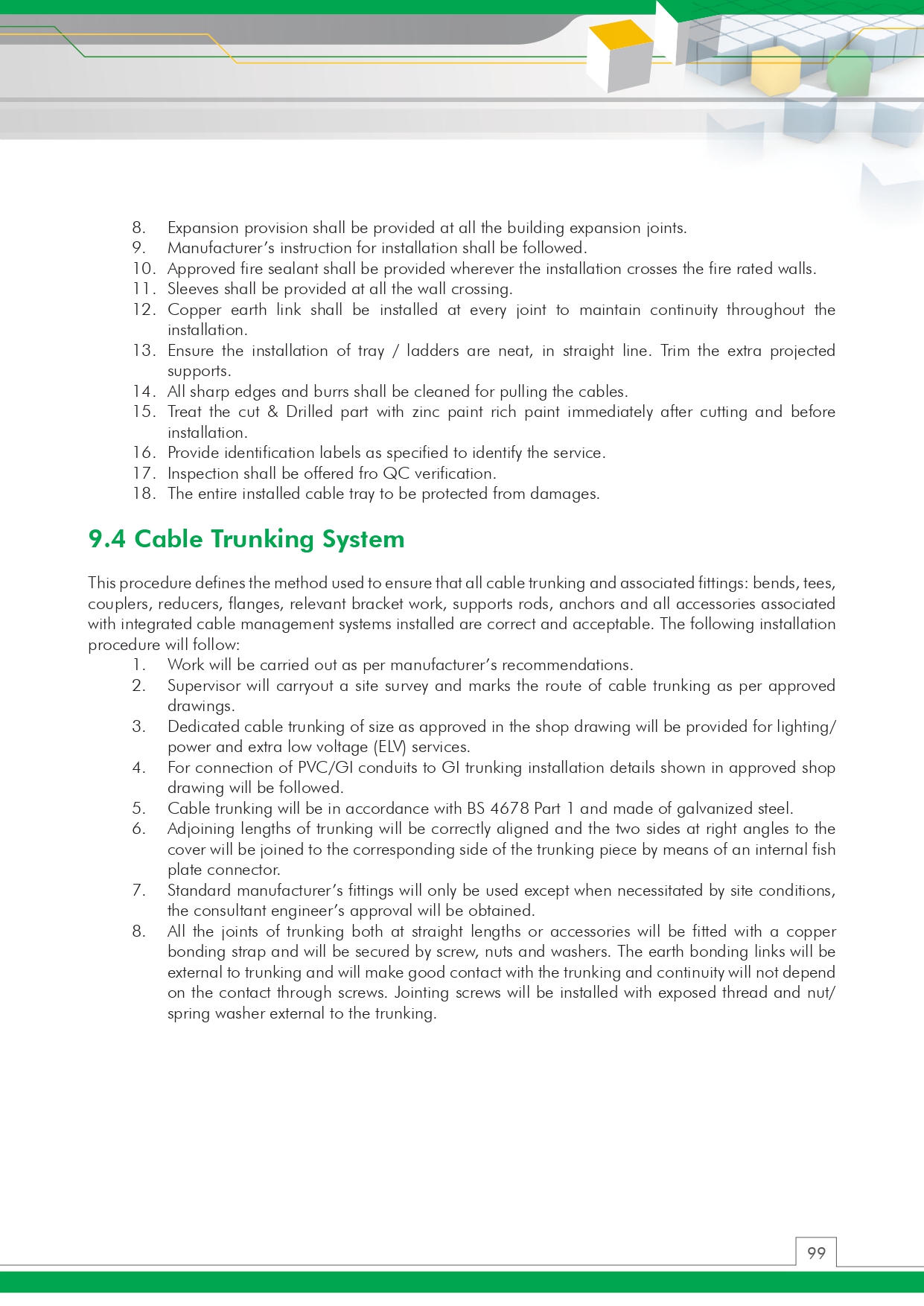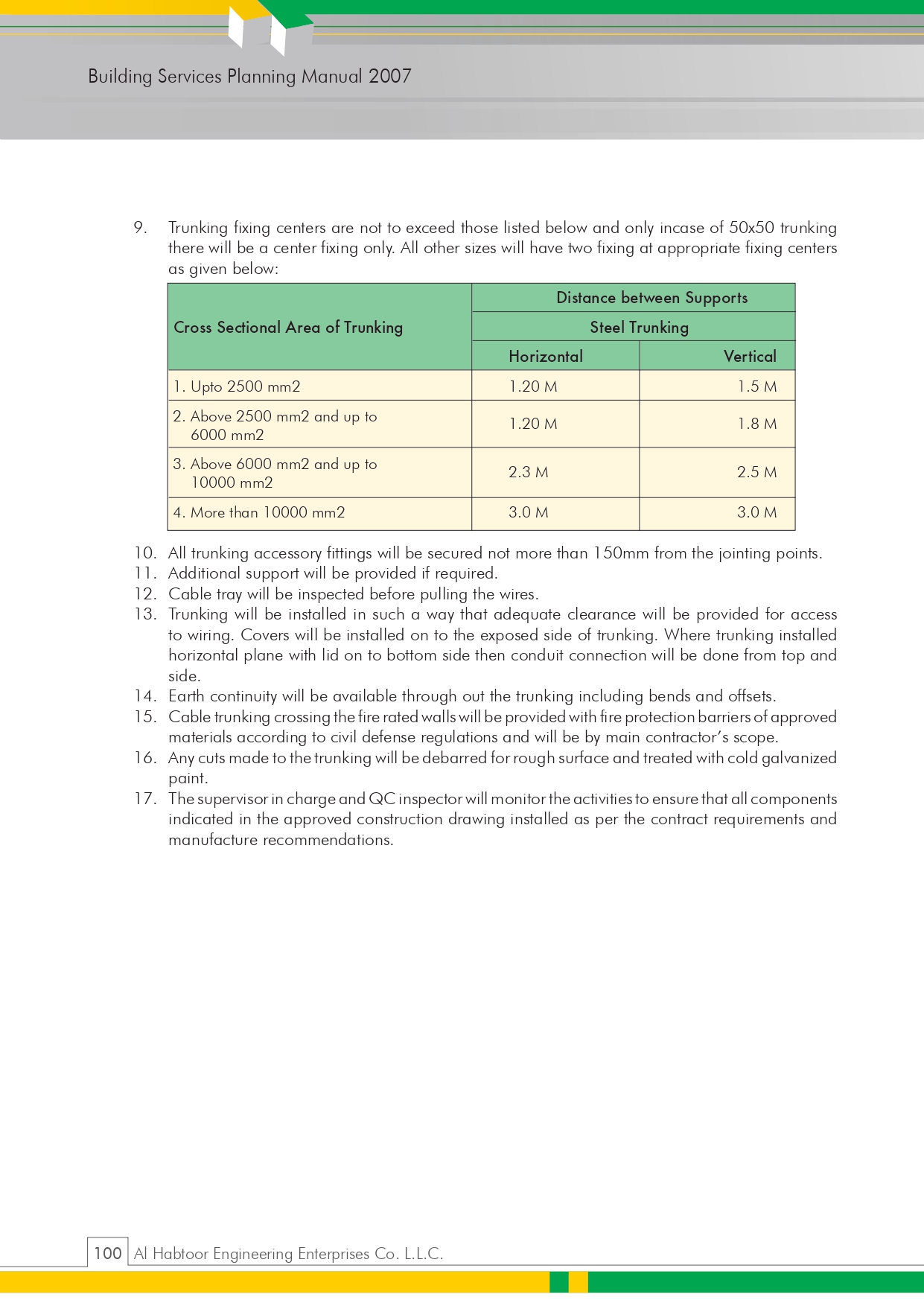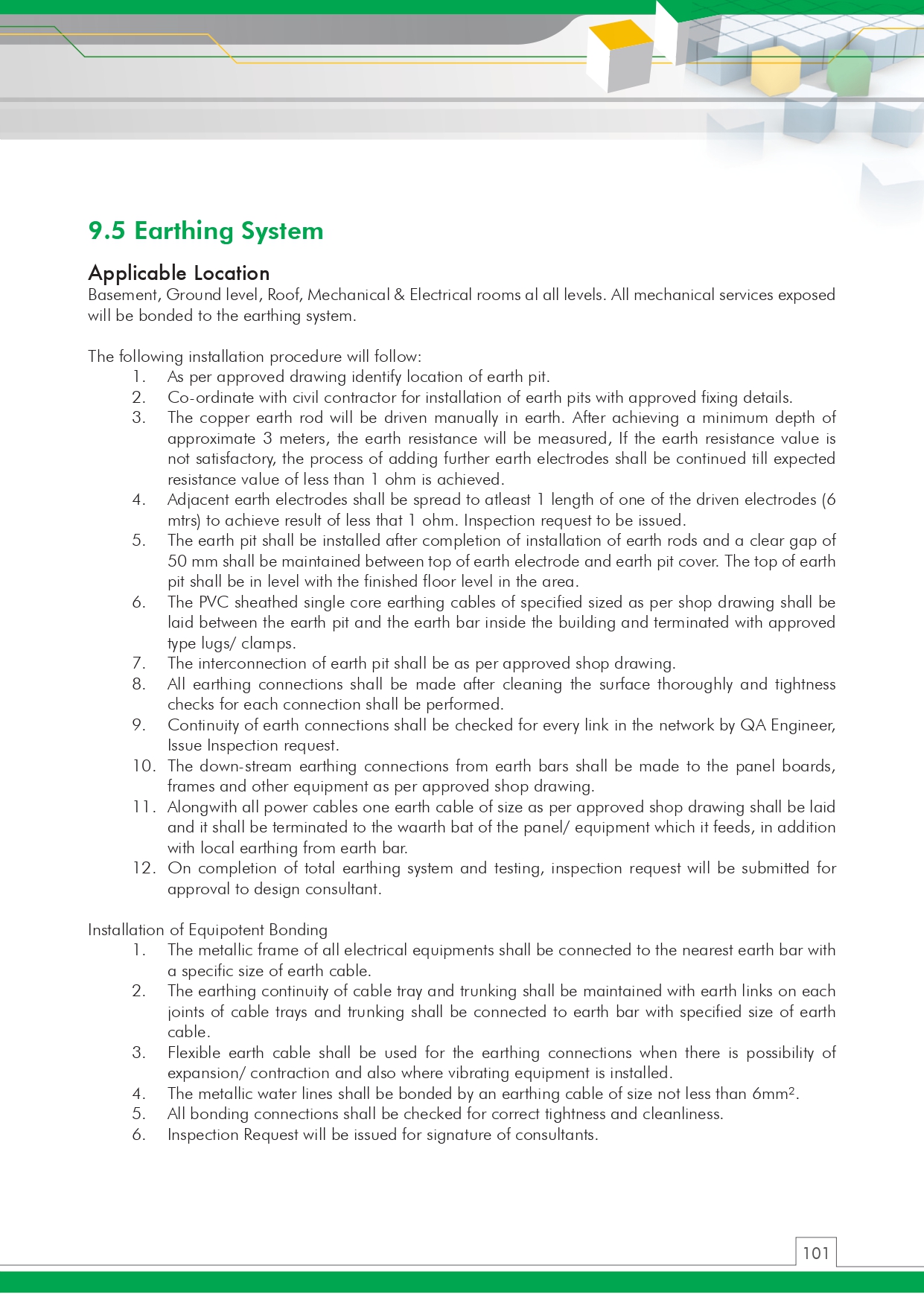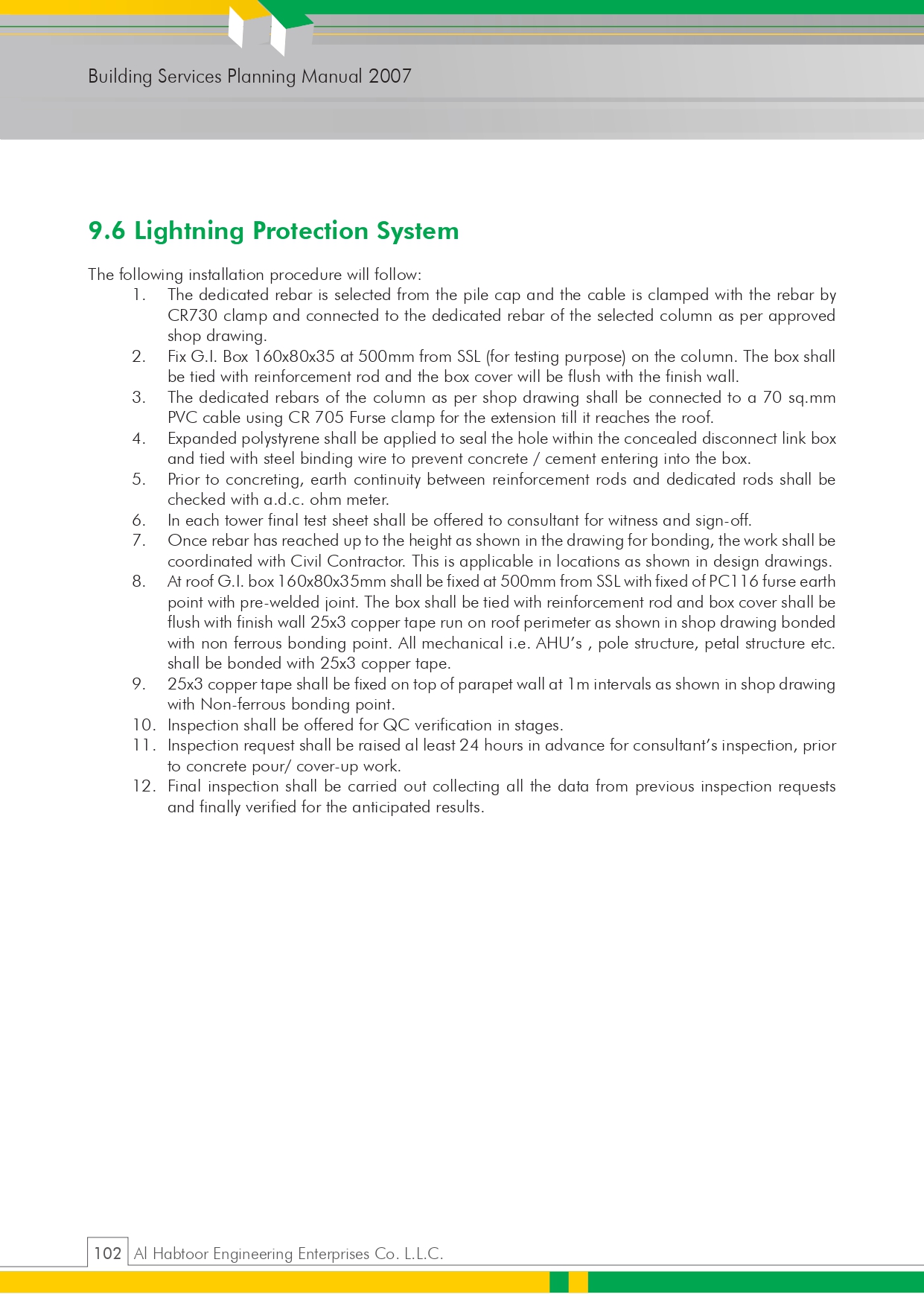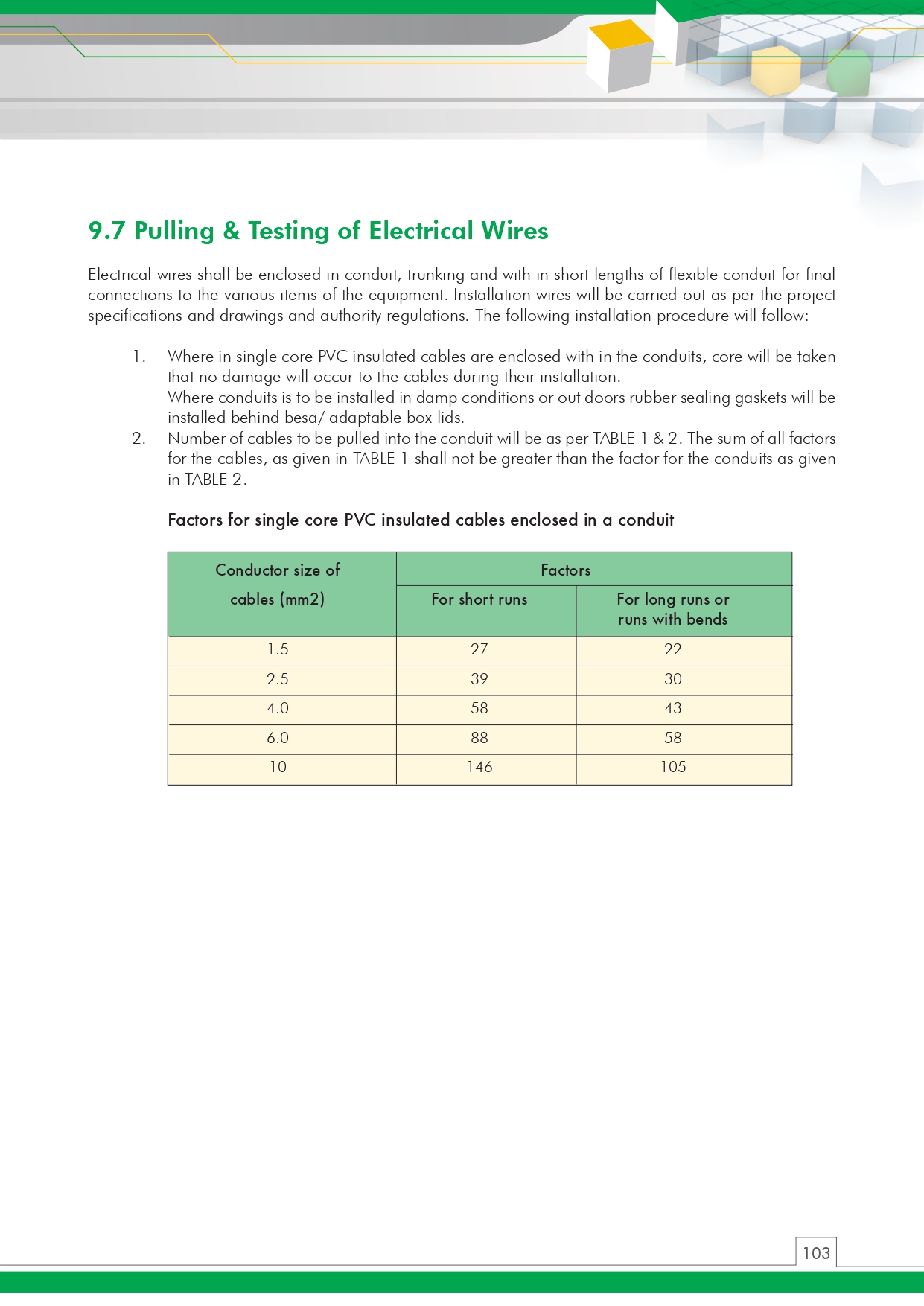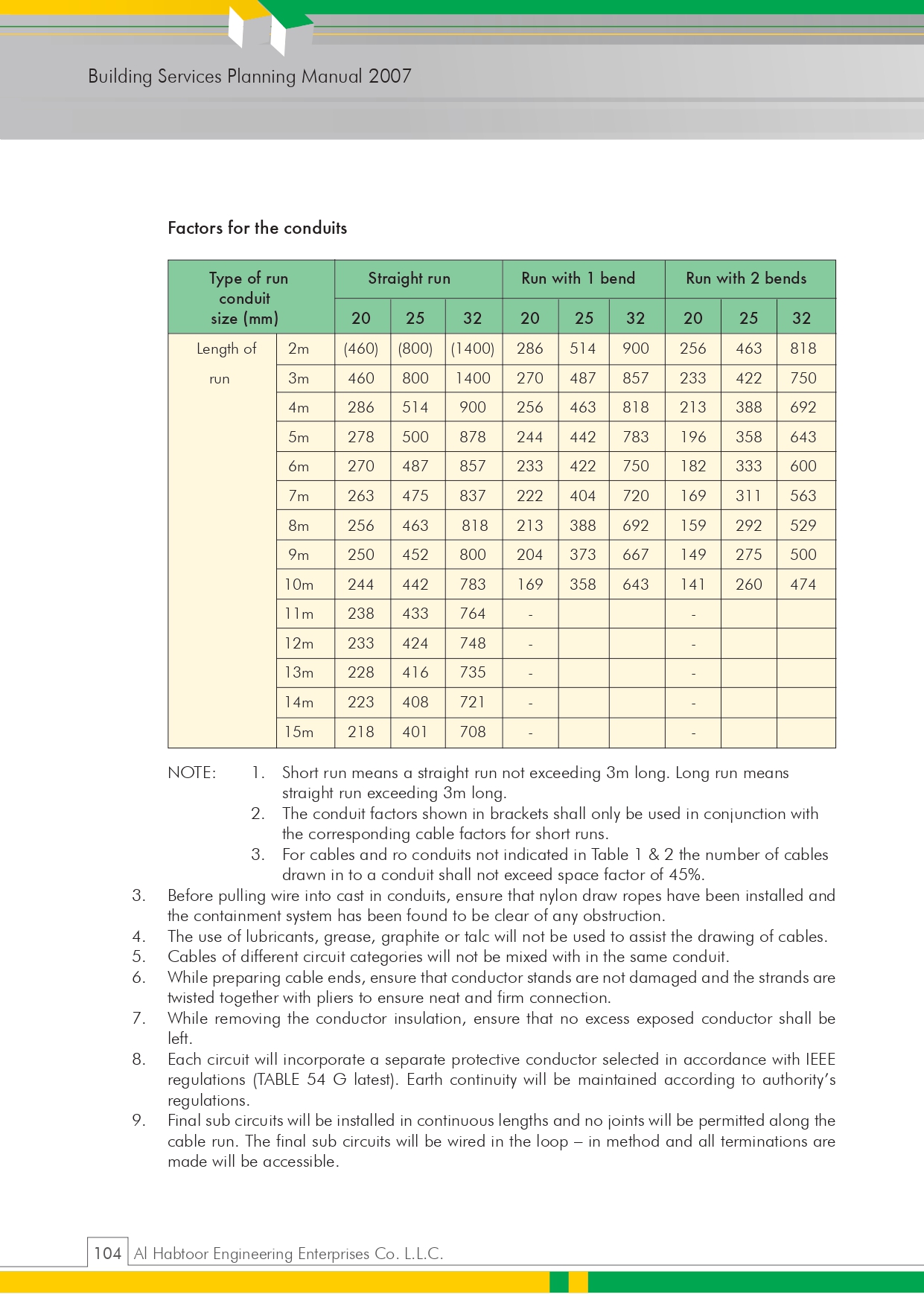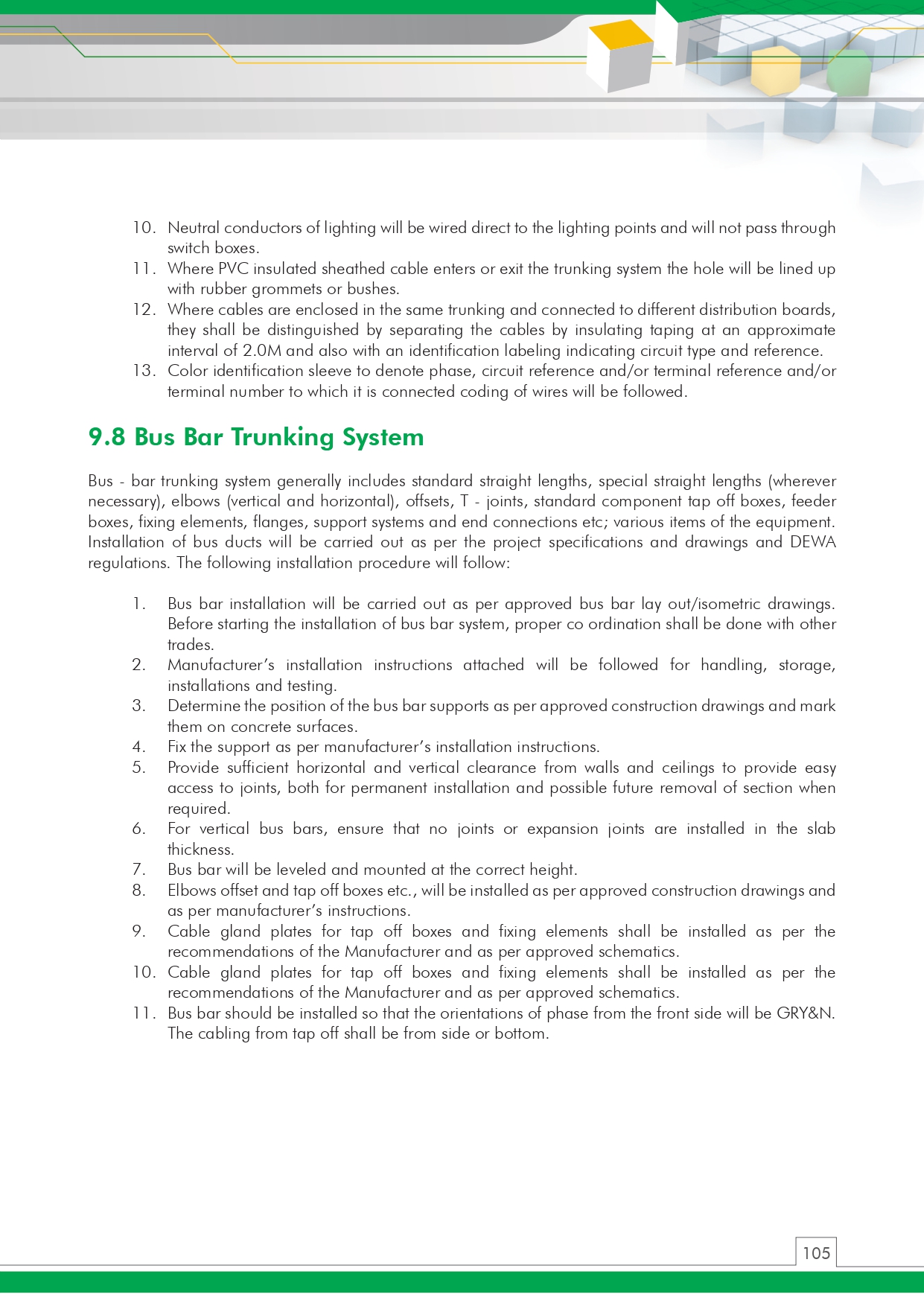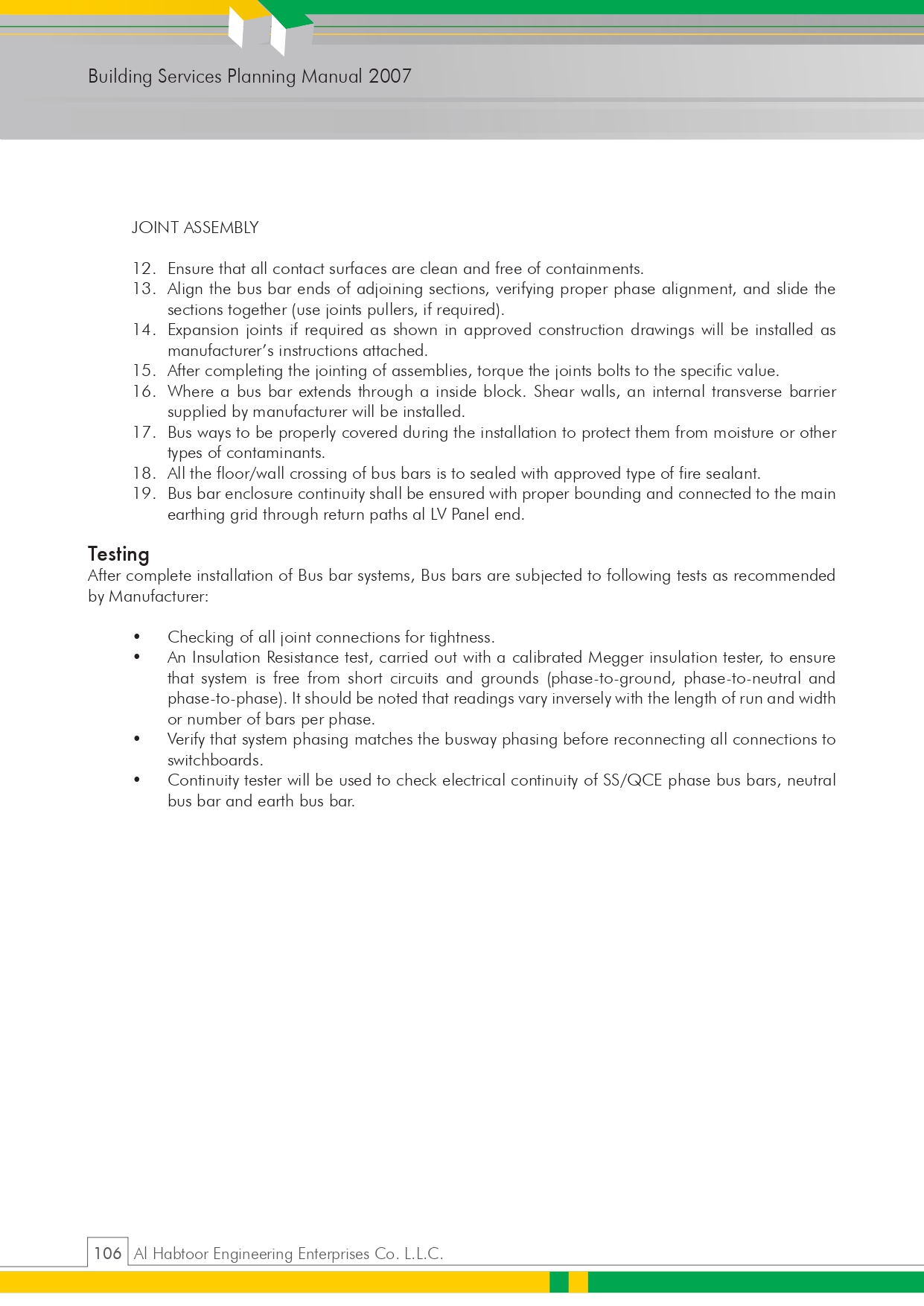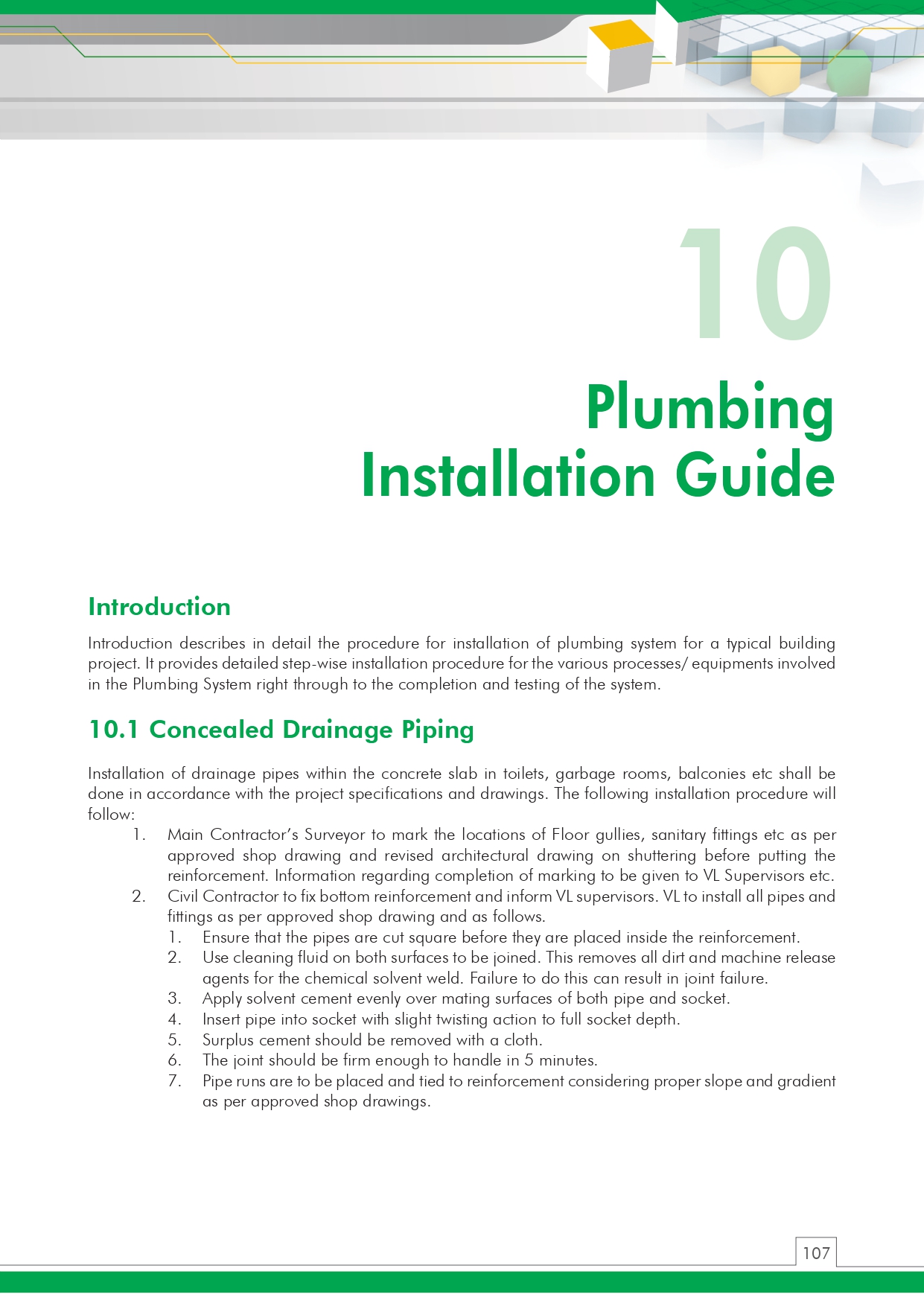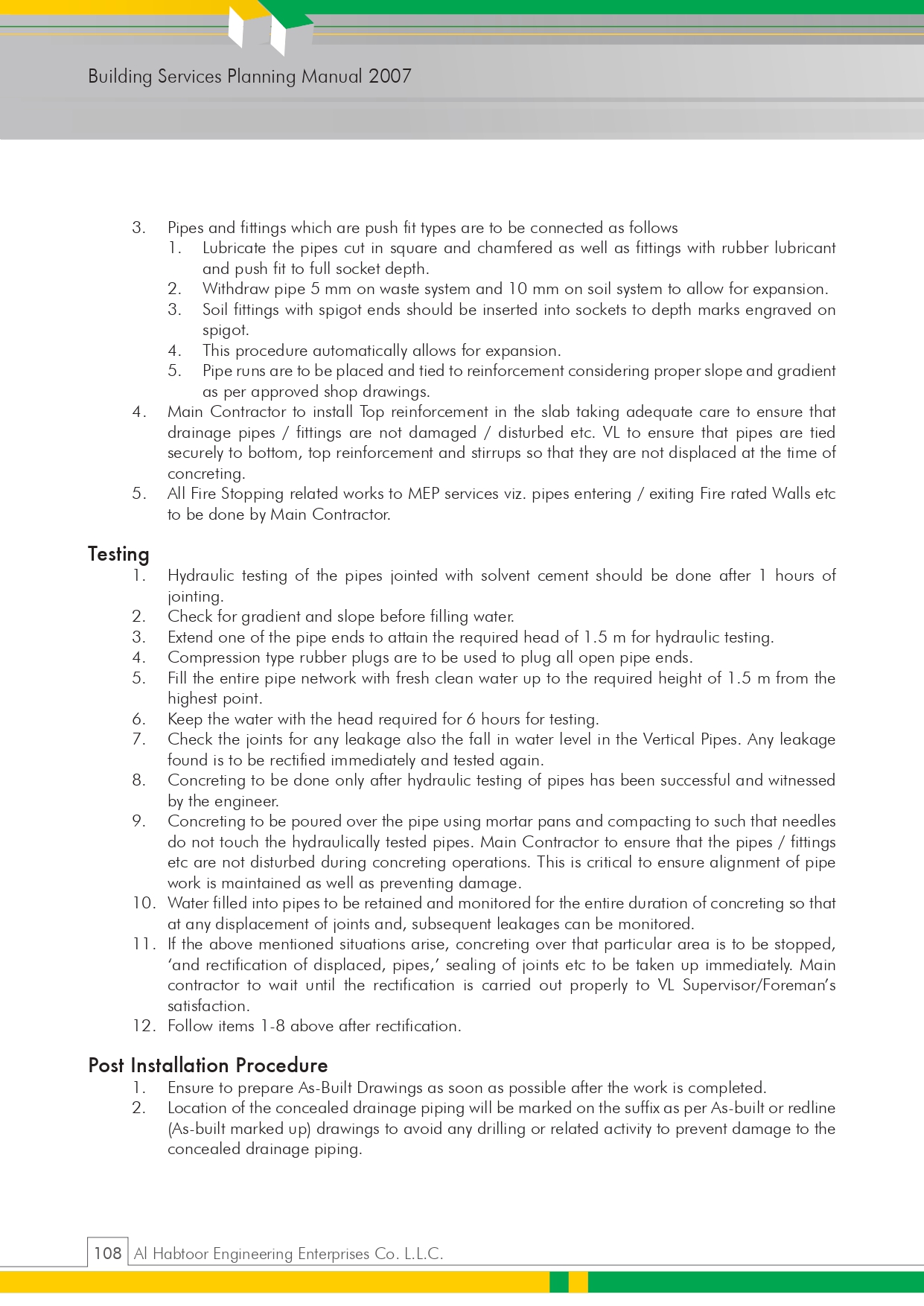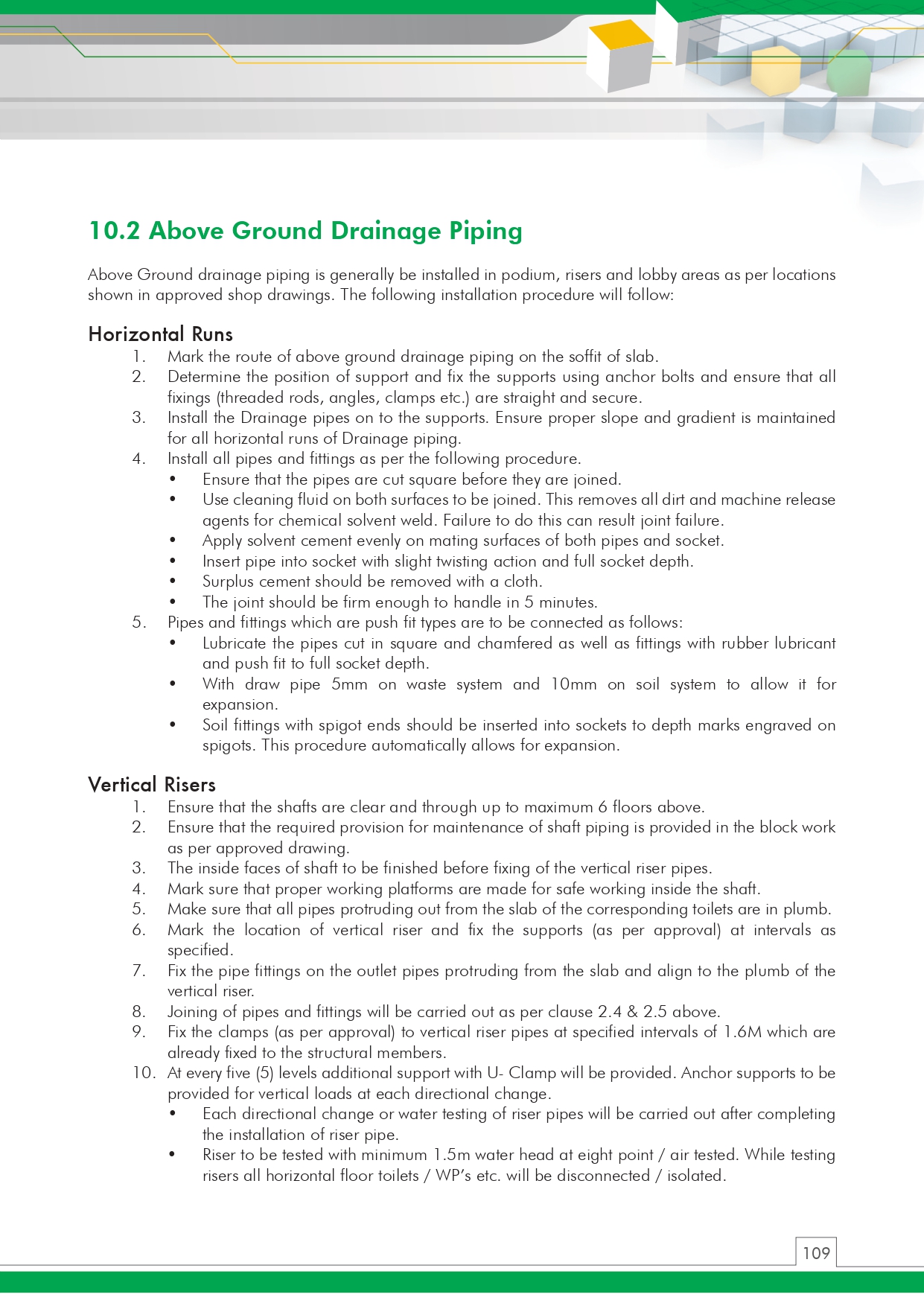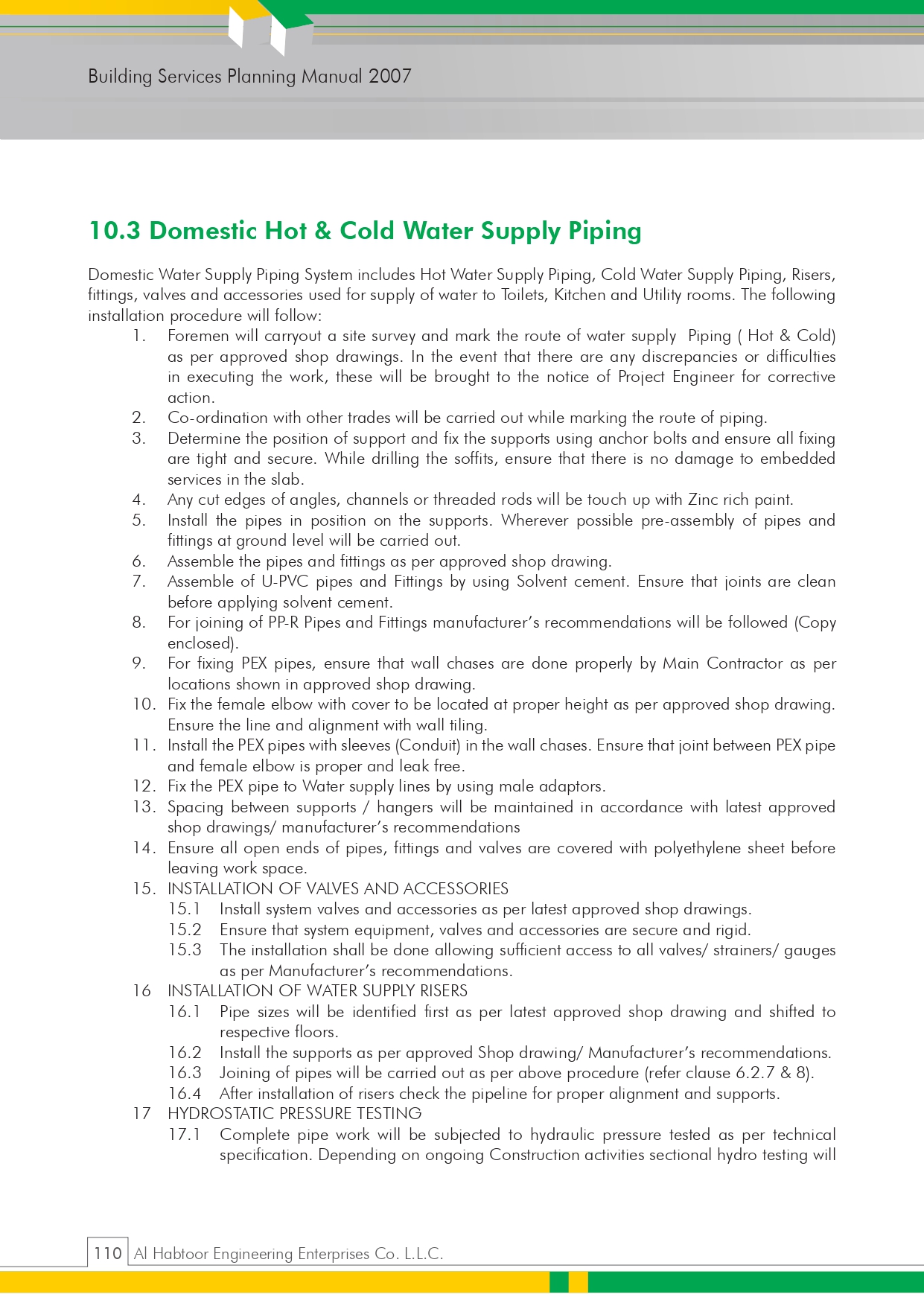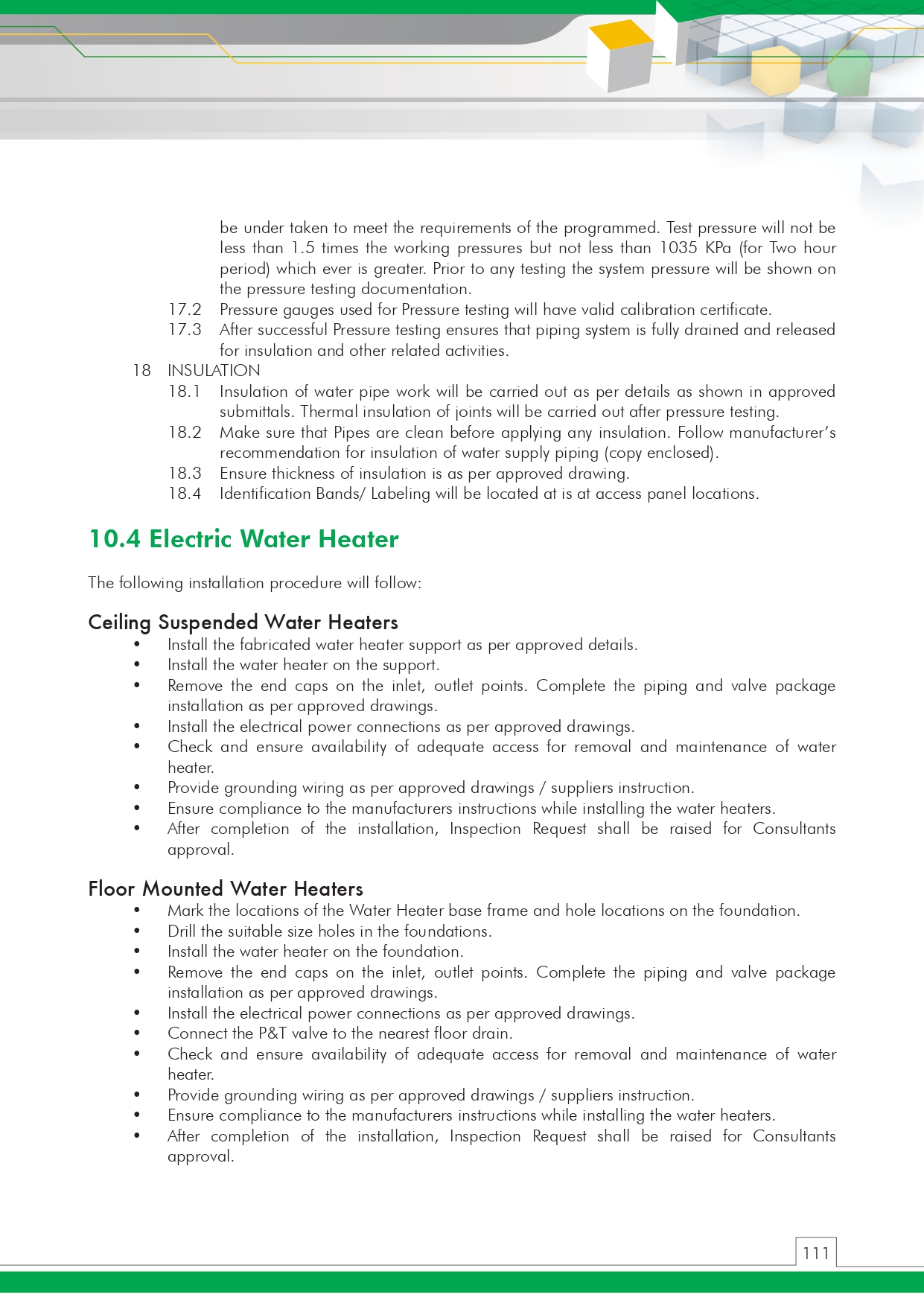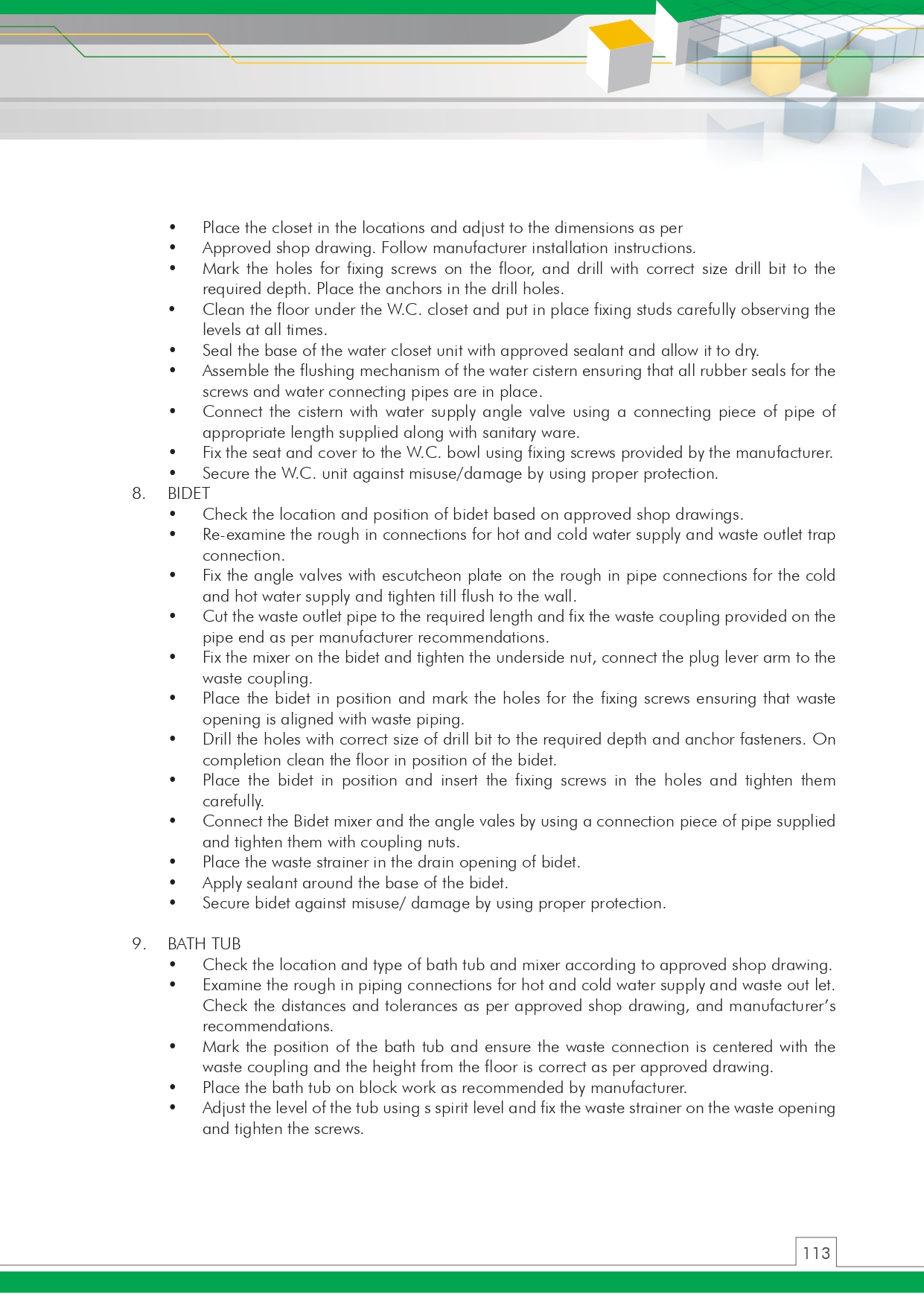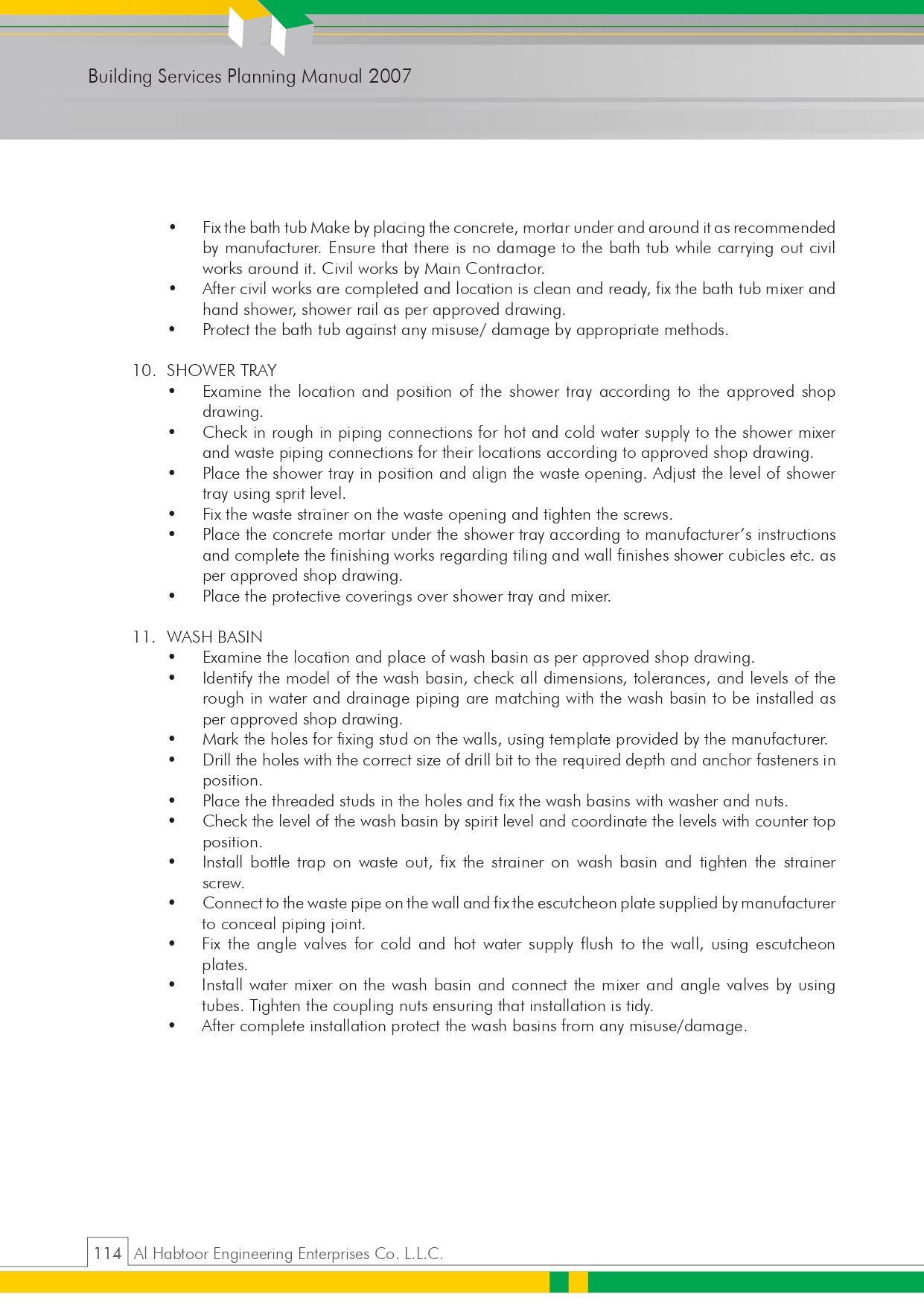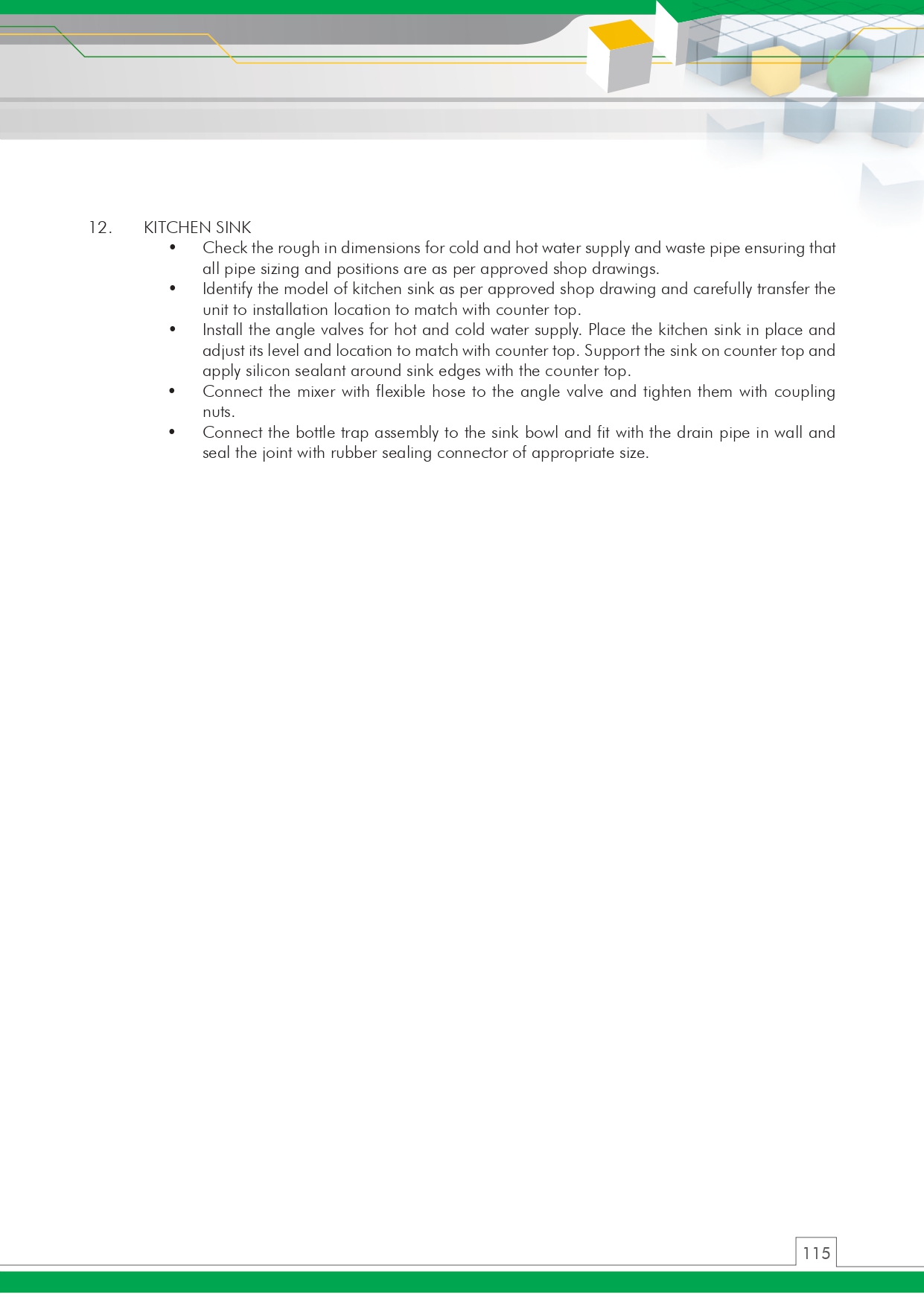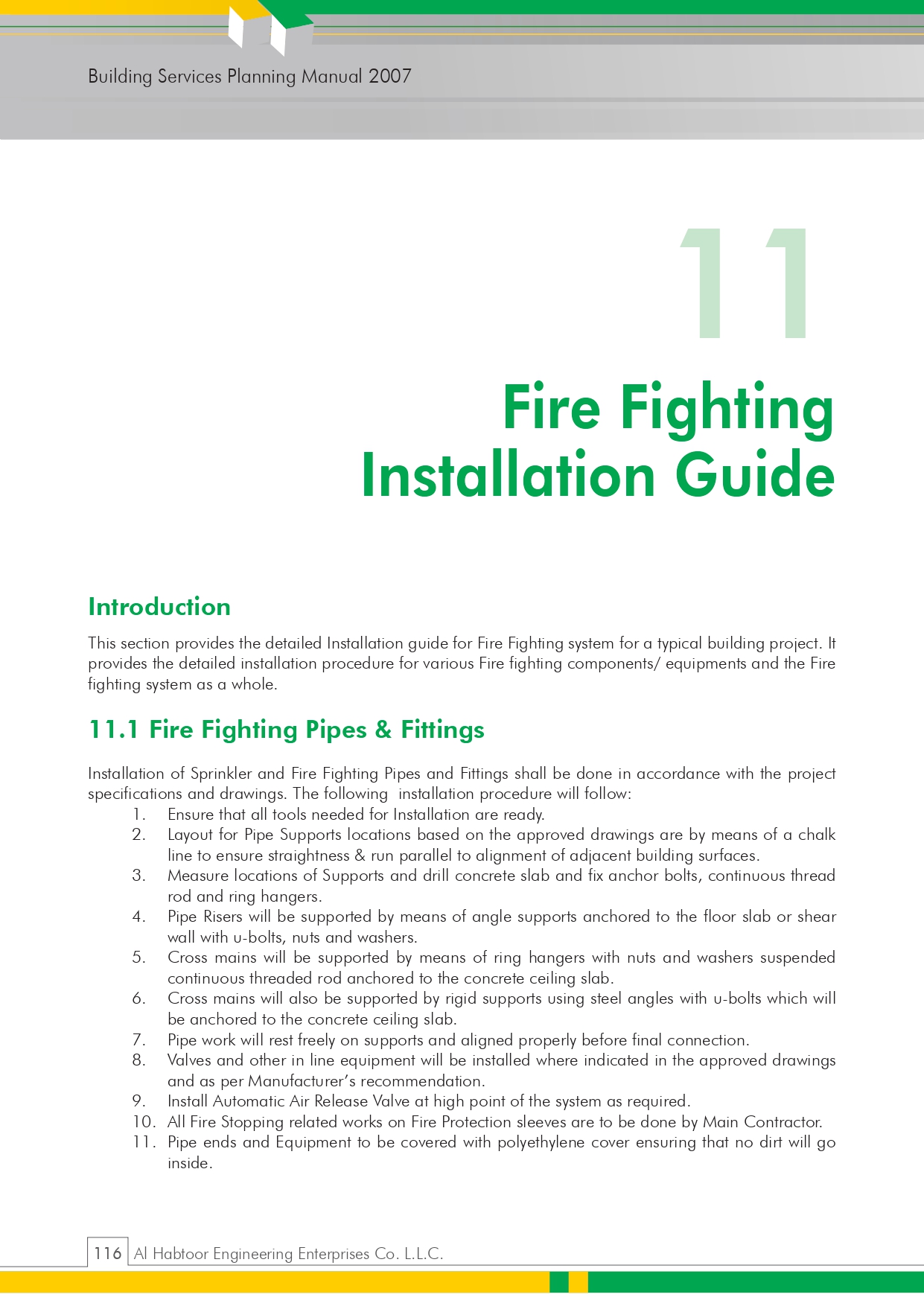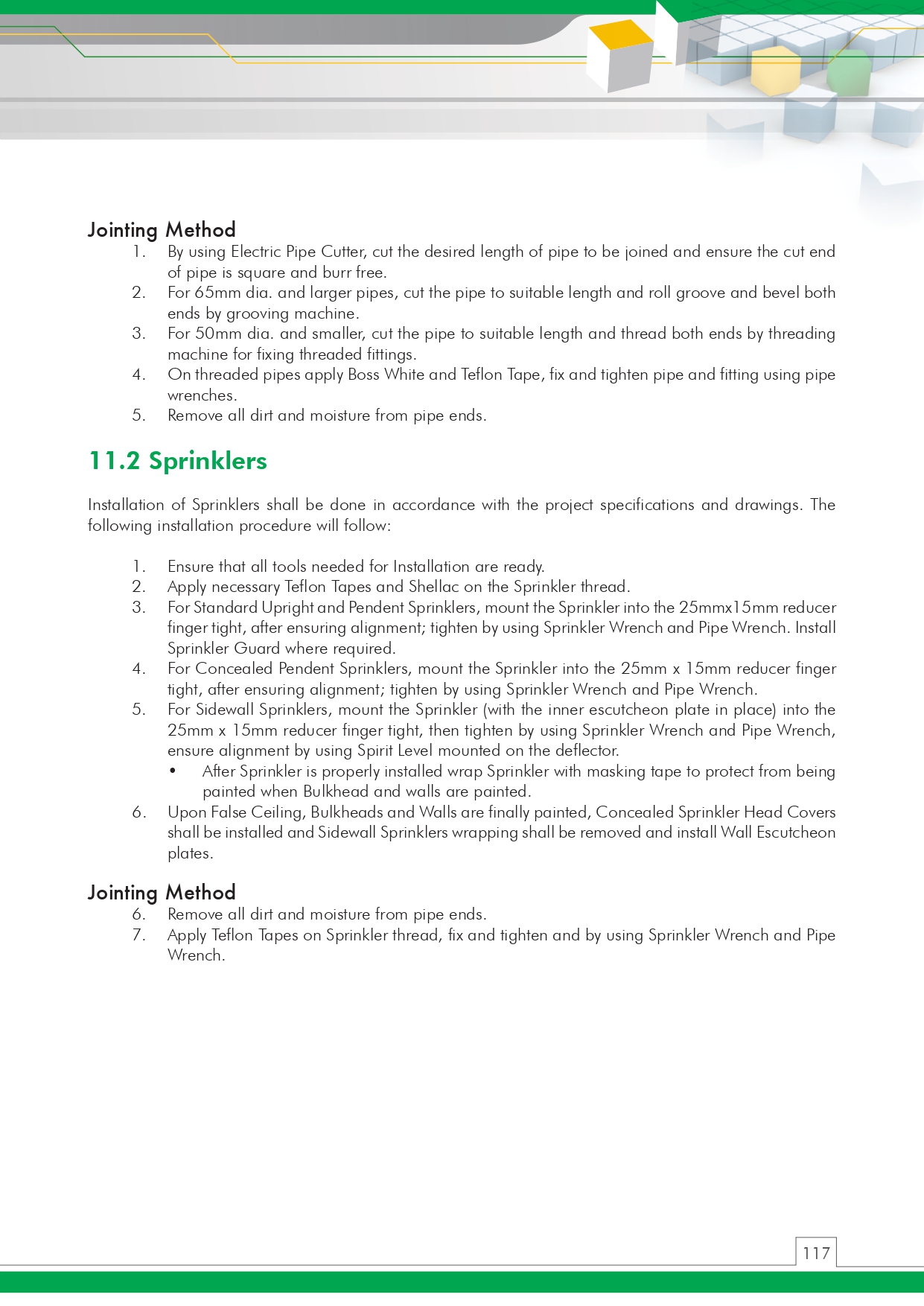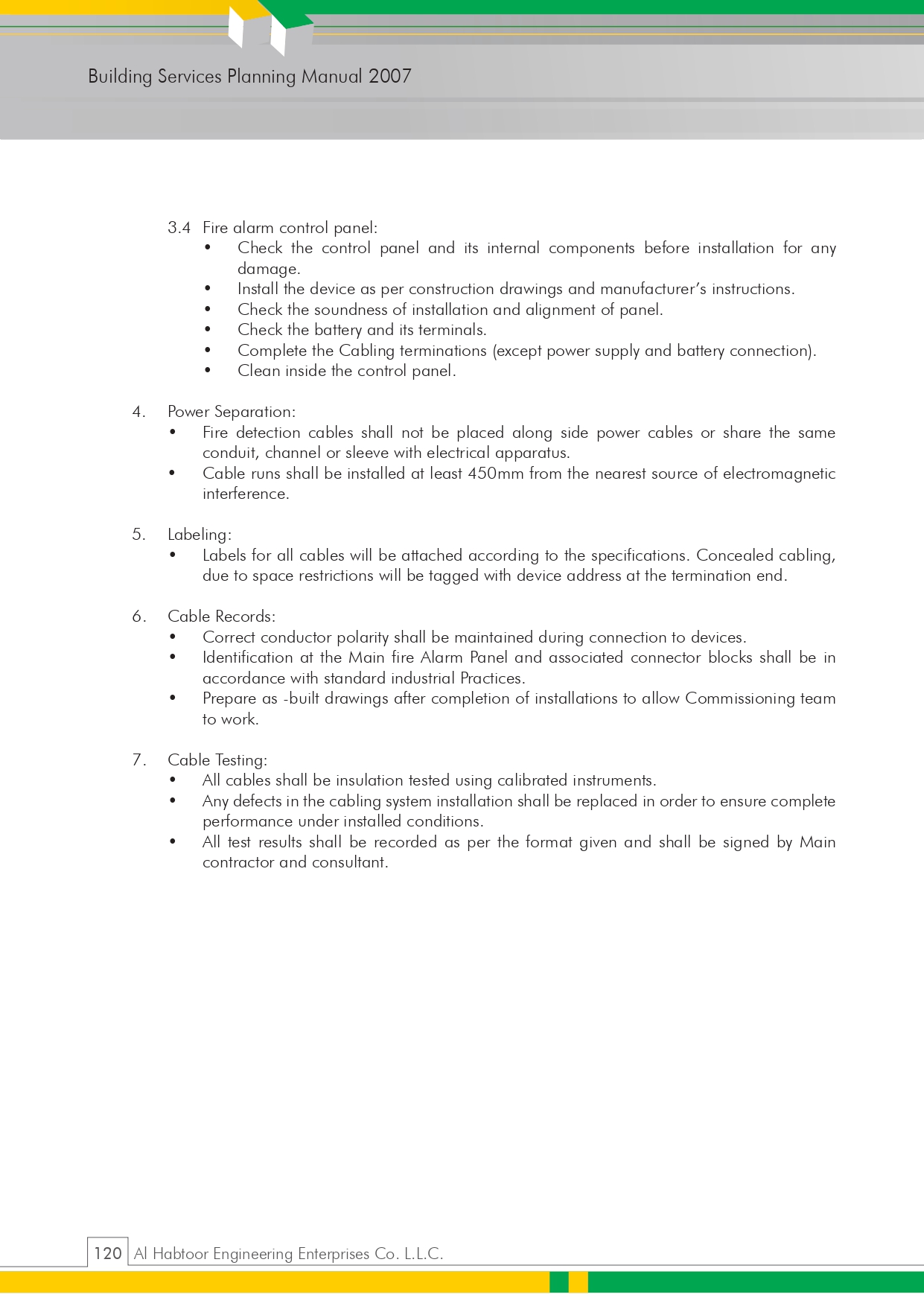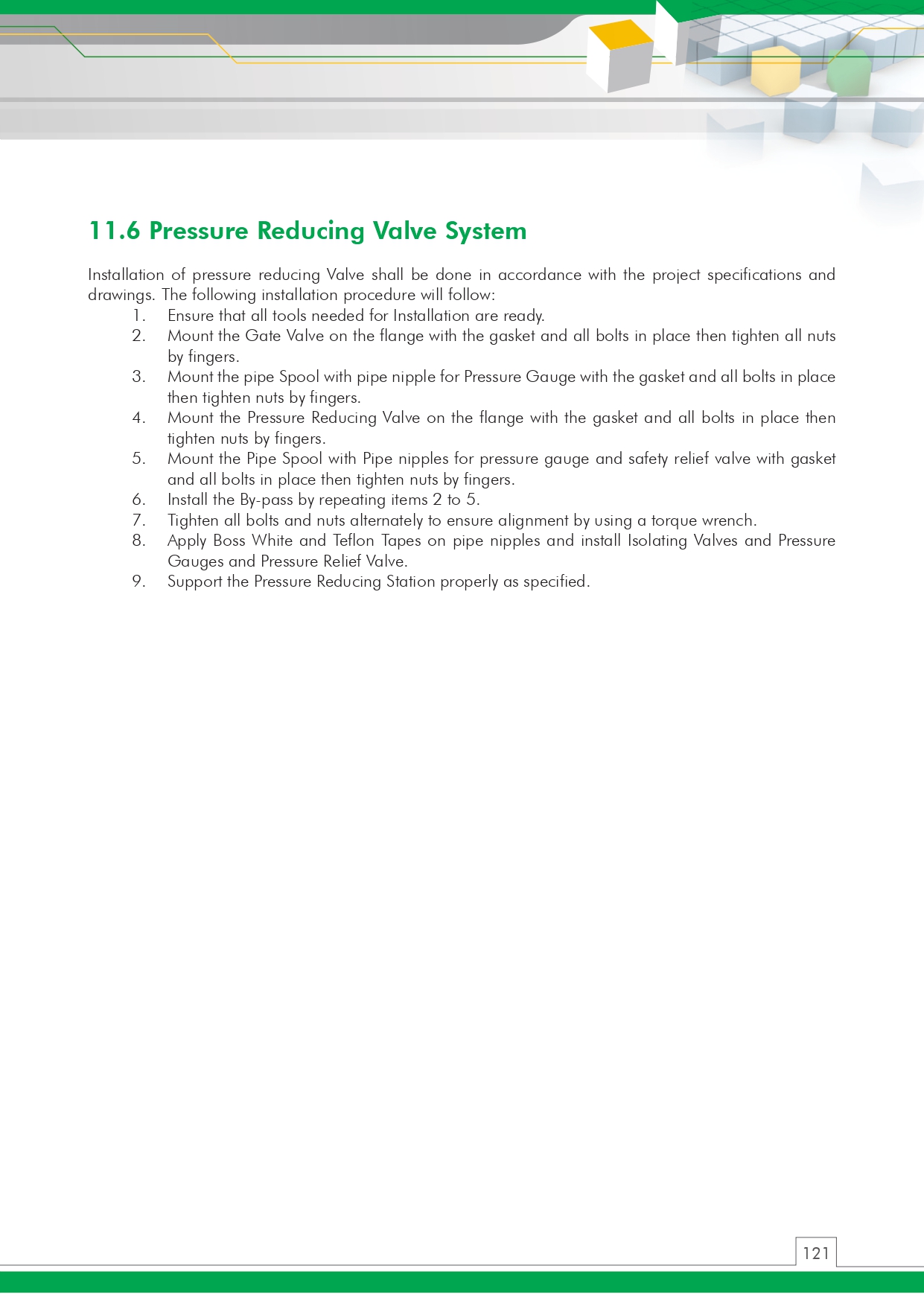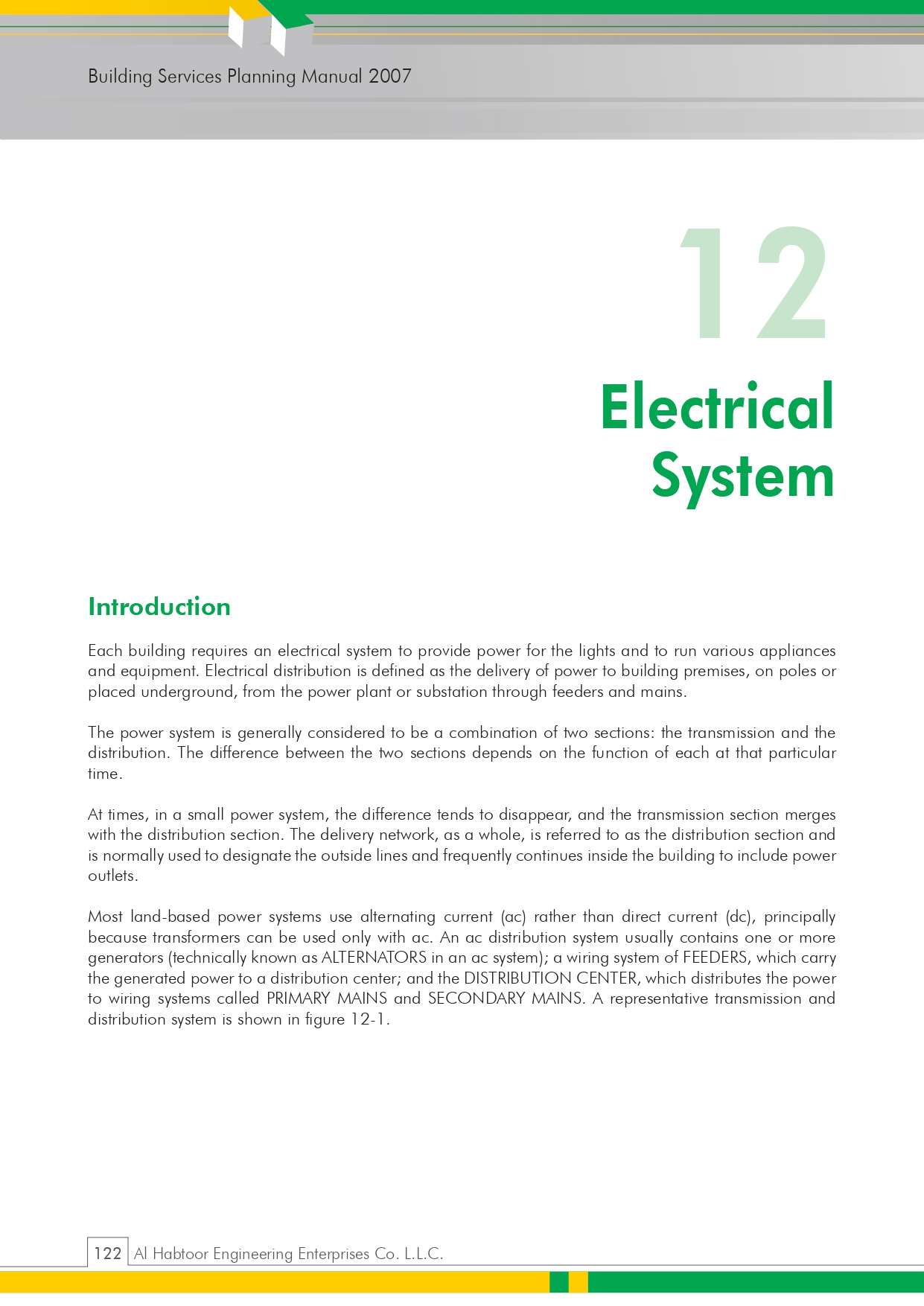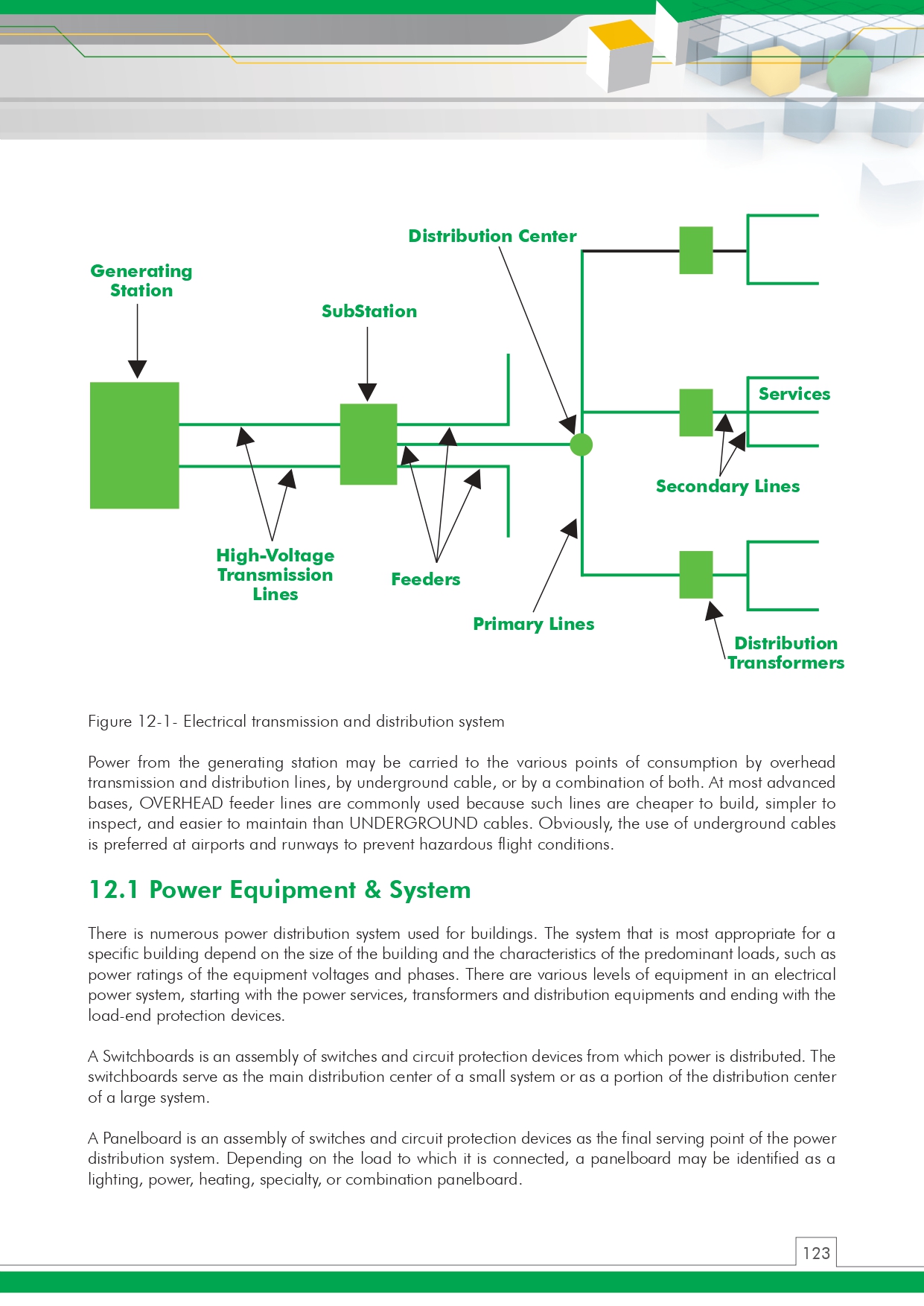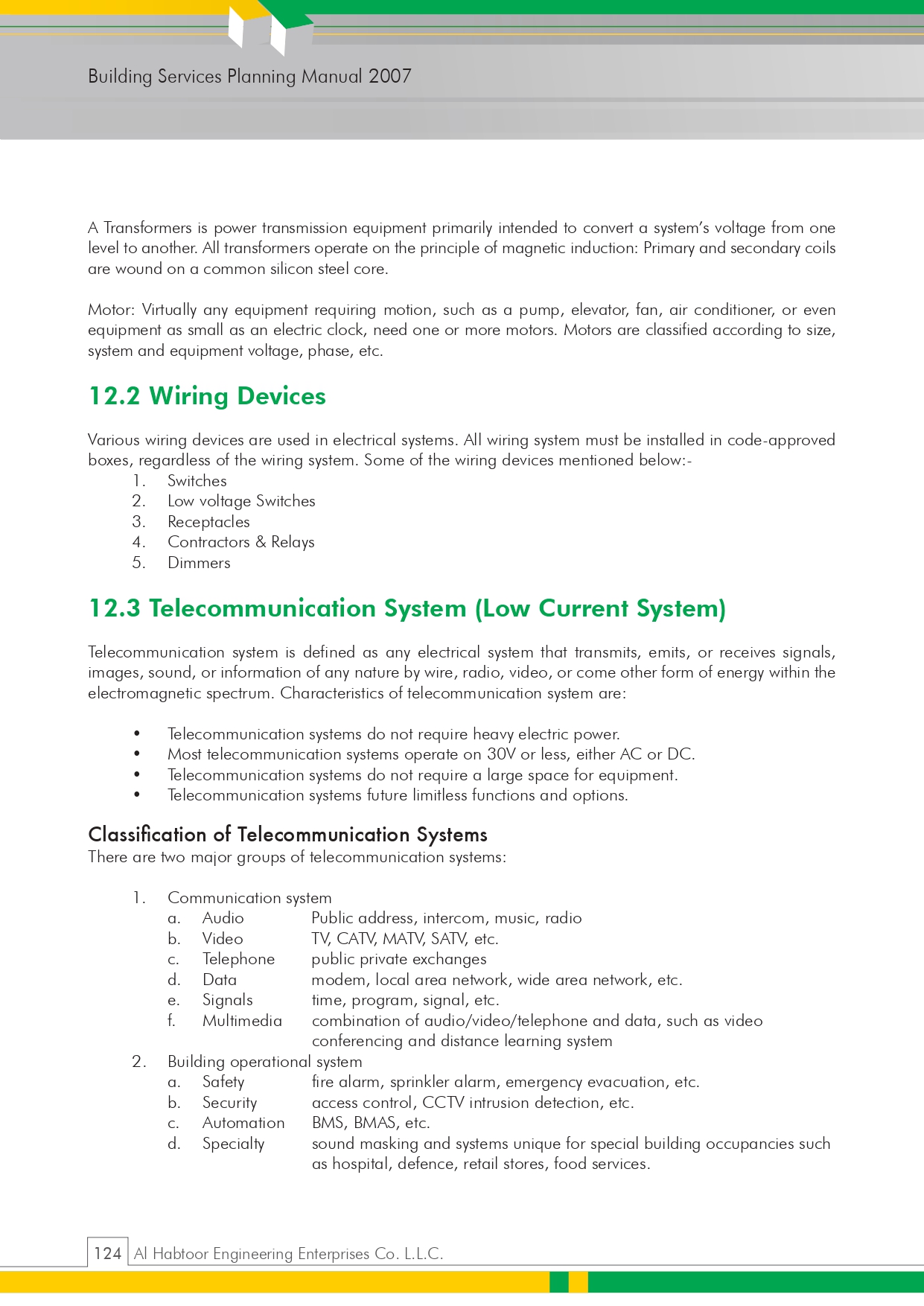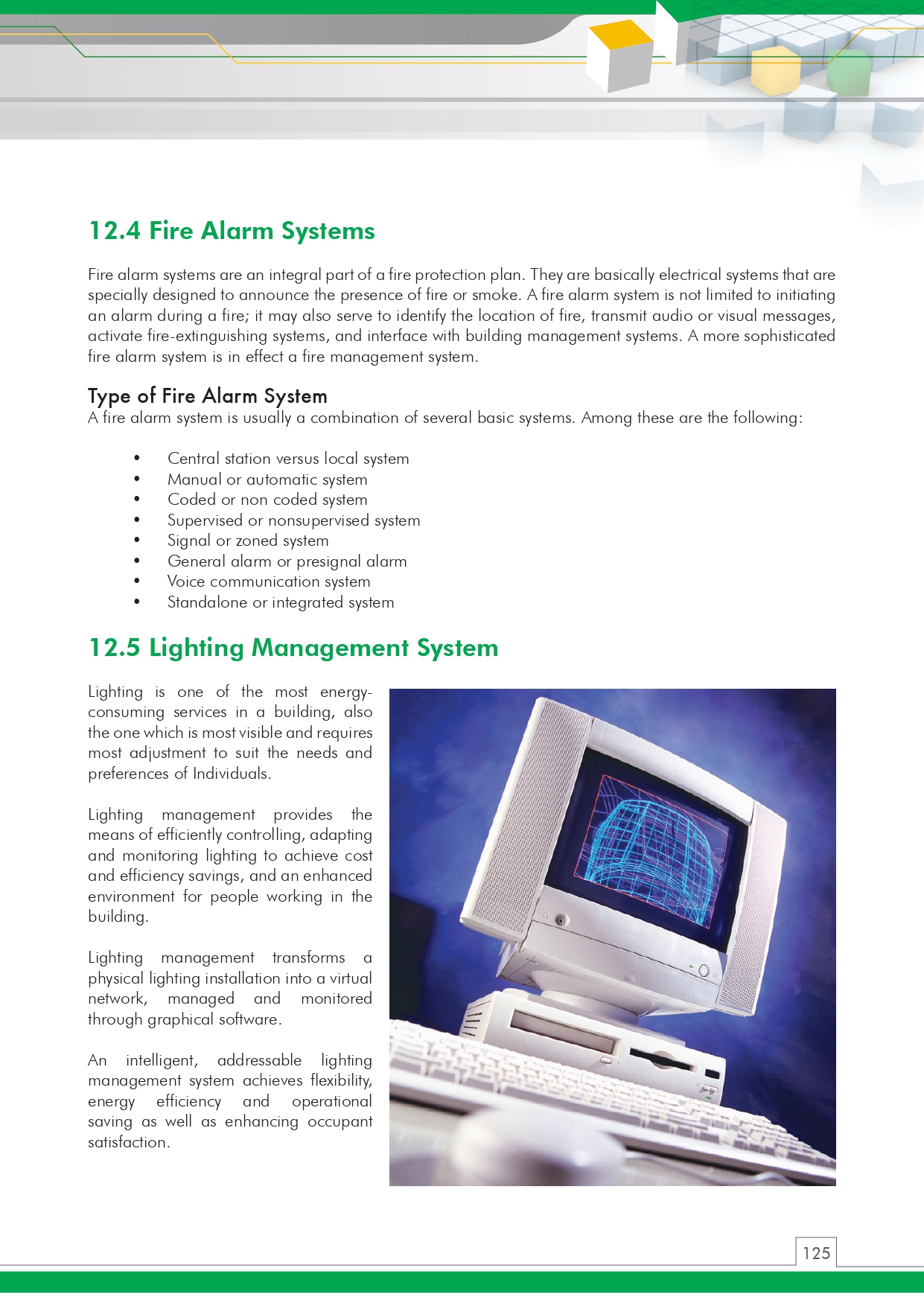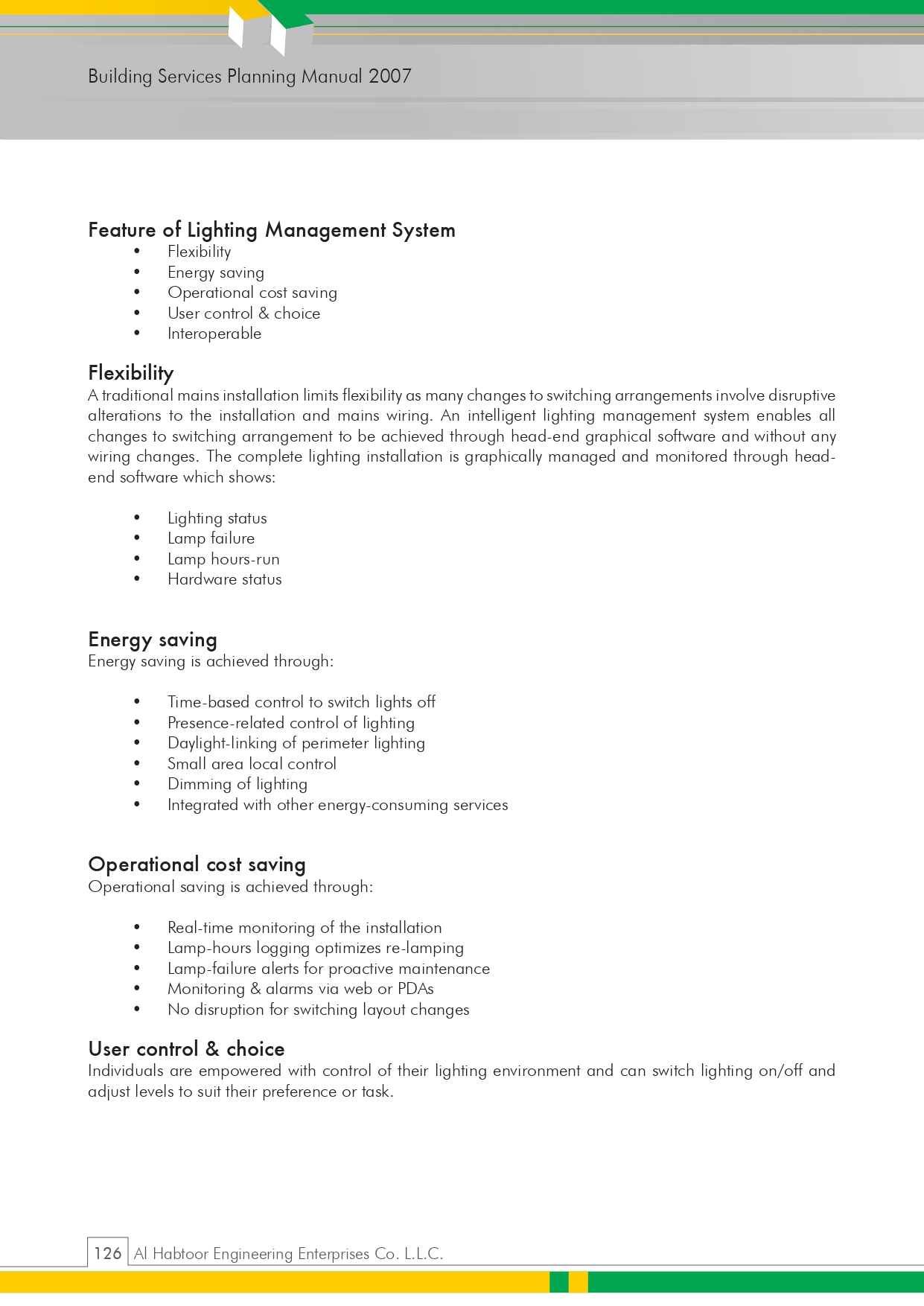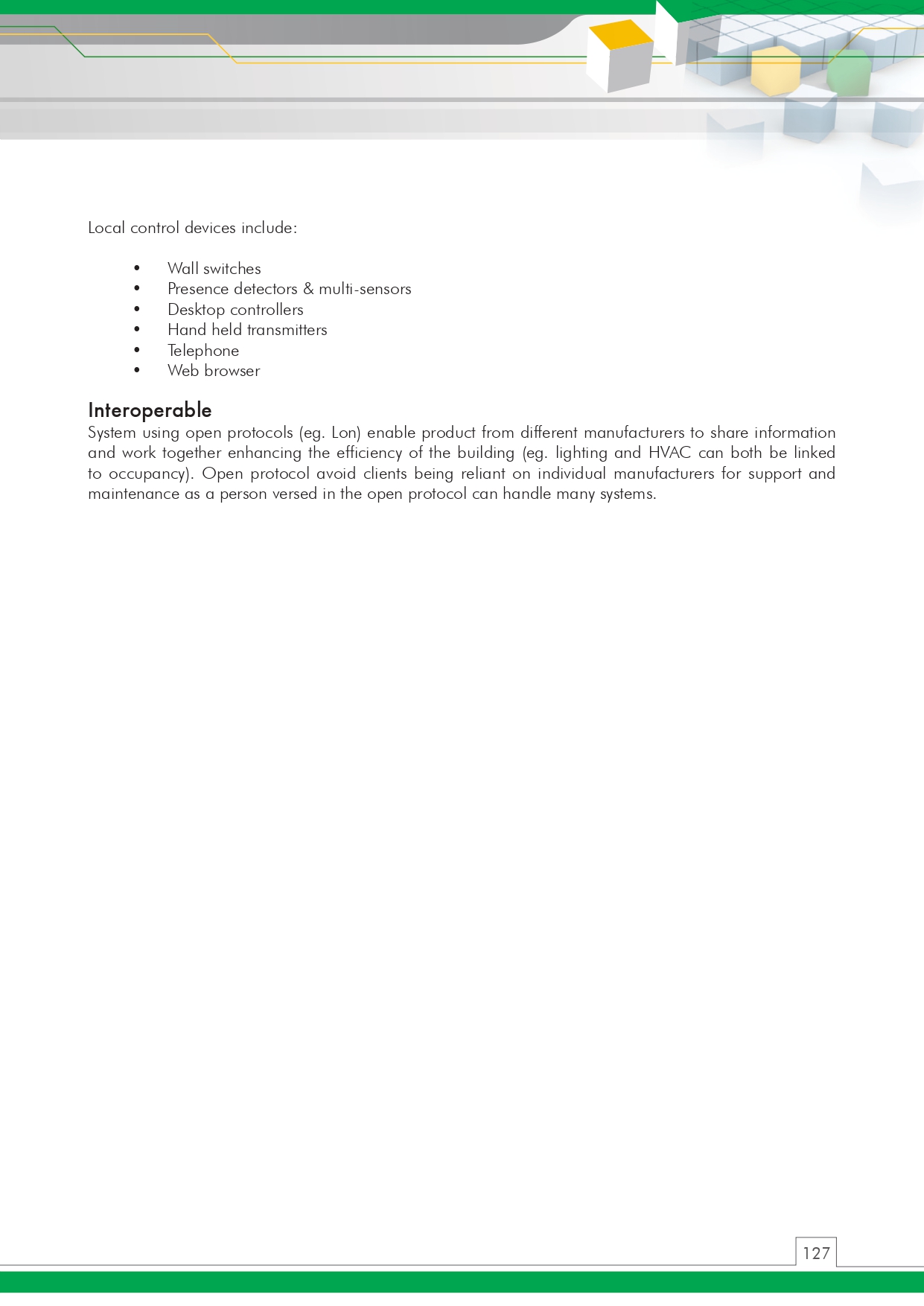“Note: This checklist is shared solely for reference and idea generation purposes. Please rephrase or modify the content as needed.”
- Checklist for Installation & Testing of Drainage Piping System and Accessories
- Checklist for Testing of Drainage Piping System
1- Checklist for Installation & Testing of Drainage Piping System and Accessories
Project Details
Subcontractor:
Contractor:
Section of Work: Plumbing
Location:
Level:
Work Inspection Request (WIR) No.:
Inspection Stages
Setting Out
- Check Layout:
Verify layout of the drainage piping system is as per approved shop drawings. - Check Level / Depth:
Ensure the level and excavation depth are according to design and approved drawings.
MEP / Civil Coordination
- Clearances Check:
Confirm that there are no service clashes and required clearance is provided.
Verify clearance approval by the consultant’s civil site team.
Installation Inspection
- Material Compliance:
Ensure all installed materials match the approved material submittals. - Bedding Condition:
Check that bedding is free from hard protrusions or large stones and is suitable for pipe laying. - Pipe Size Verification:
Confirm that pipe sizes conform to approved drawings. - Slope and Level Check:
Verify that the level and slope of the installed pipes meet the approved shop drawing specifications. - Manhole Joint Installation:
Ensure push-fit joints are correctly installed for all manhole inlets and outlets. - Road Crossing Pipes:
Confirm that pipes crossing roadways are installed according to approved shop drawings. - Leak Testing:
All drainage pipes must be tested for leaks. - Pipe End Protection:
Check that all open pipe ends are sealed to protect against debris during construction. - Concrete Encasement:
Confirm concrete encasement has been applied where required. - Backfilling Release:
Ensure pipes are approved and released for backfilling. - Backfilling Execution:
Check that backfilling is done in accordance with the approved drawings and specifications.
Final Approvals
For Subcontractor QA/QC:
- Name:
- Signature:
- Date:
For Contractor QA/QC:
- Name:
- Signature:
- Date:
For Consultant Representative:
- Name:
- Signature:
- Date:
2- Checklist for Testing of Drainage Piping System
Form No.:
Revision No.: 0
Page: 1 of 1
Project Information
Subcontractor:
Contractor:
Section of Work: Plumbing
Location:
Level:
Work Inspection Request (WIR) No.:
Inspection & Testing Checklist
Stage-wise Verification
- Stage:
- Item:
- Checked by (Subcontractor):
- Checked by (Contractor):
- Checked by (Consultant):
- Date:
Test Details
- Piping System:
- Test Pressure:
- Actual Pressure:
- Date of Test:
- Duration of Test:
- Testing Fluid/Gas:
- Start Time:
- Finish Time:
- Pressure Gauge Number:
- Calibration Due Date:
Remarks
(Insert any additional observations or issues noted during the test)
Test Results
☐ No leaks were observed during the test duration. Test results are acceptable.
☐ Test results are not acceptable. Rectify leaks and retest.
Sign-Off and Approval
Subcontractor QA/QC
- Name:
- Signature:
- Date:
Contractor QA/QC
- Name:
- Signature:
- Date:
Consultant Representative
- Name:
- Signature:
- Date:



